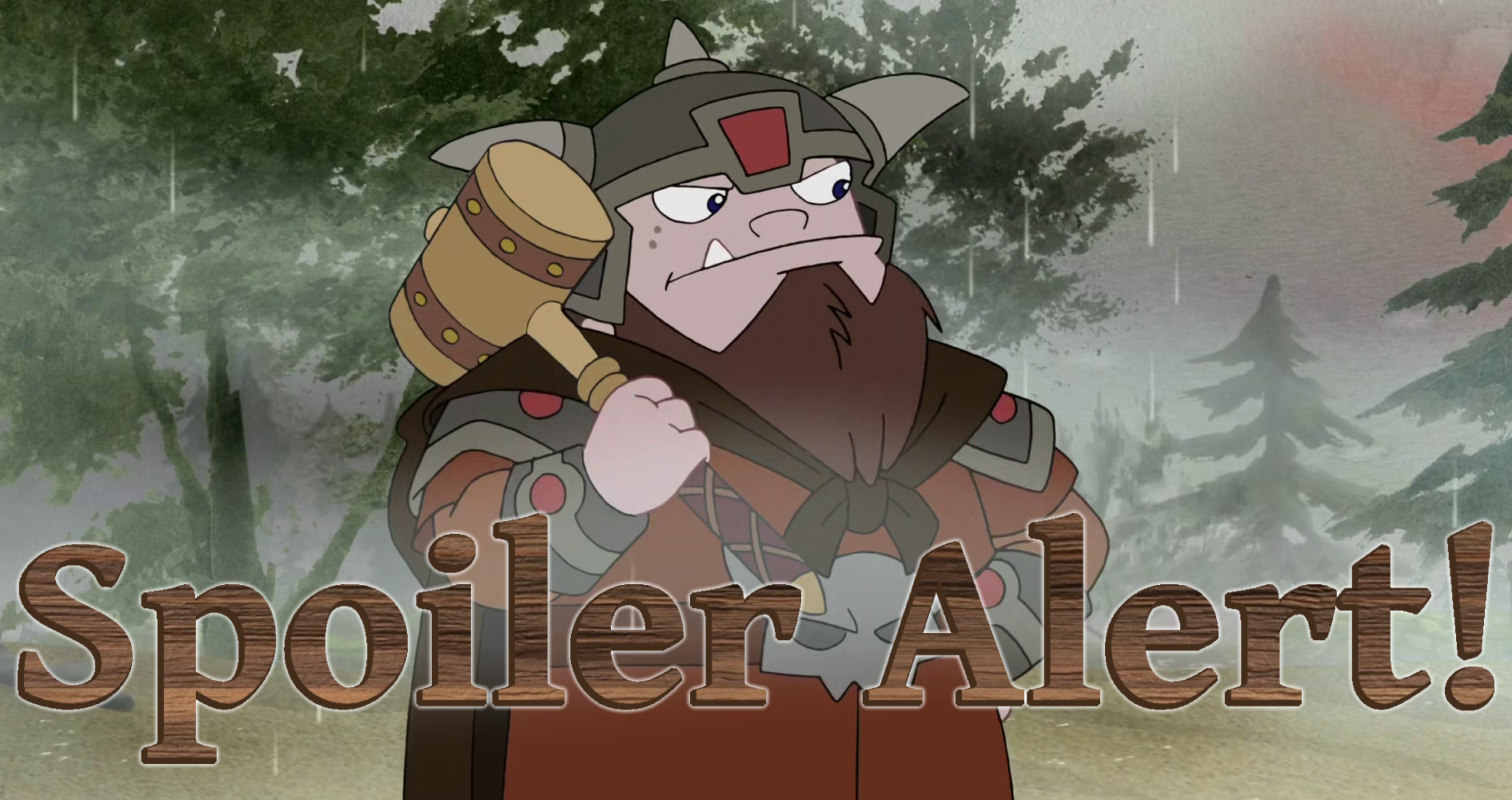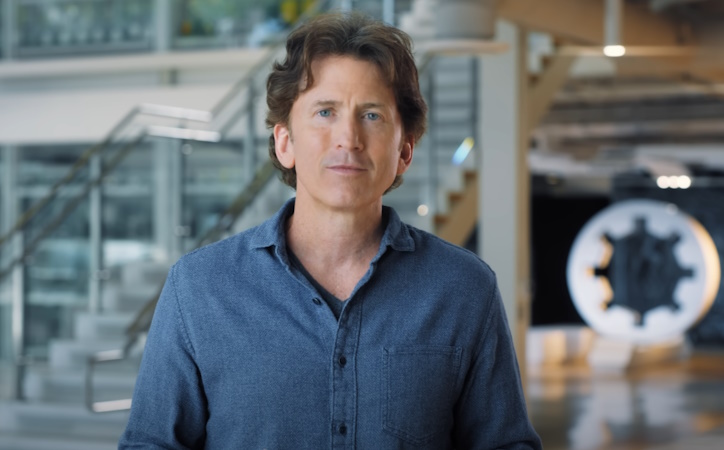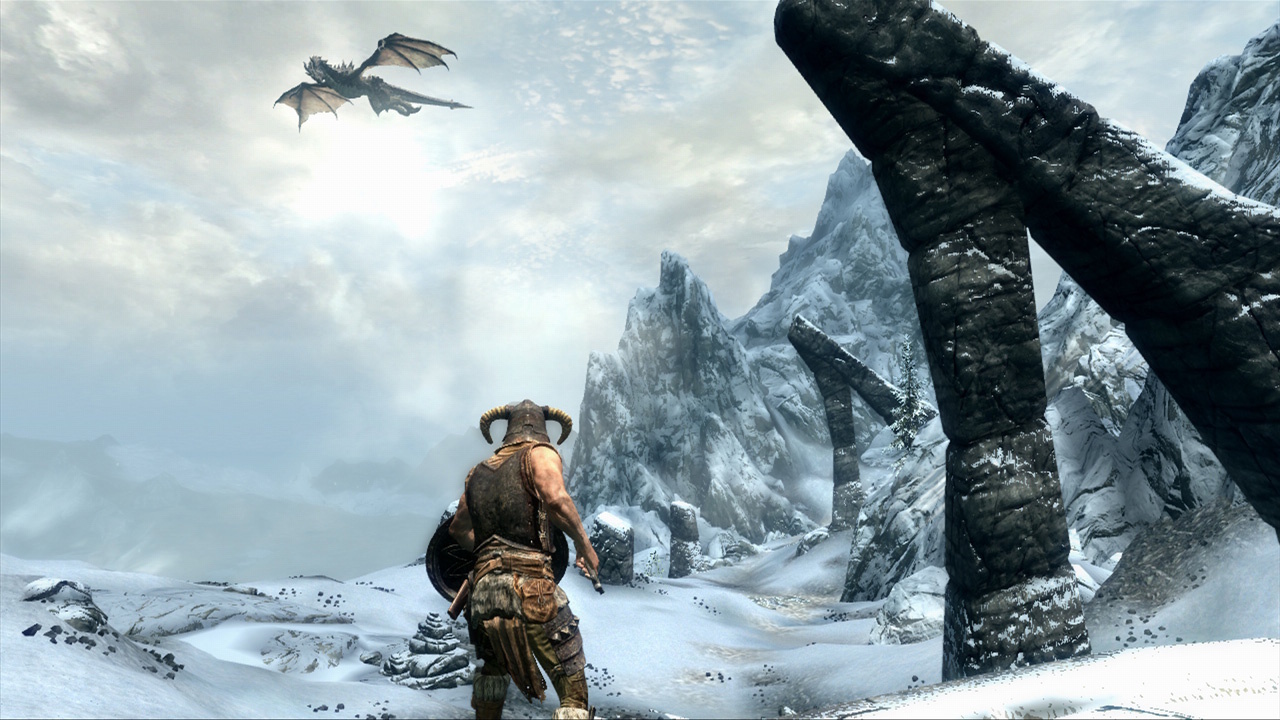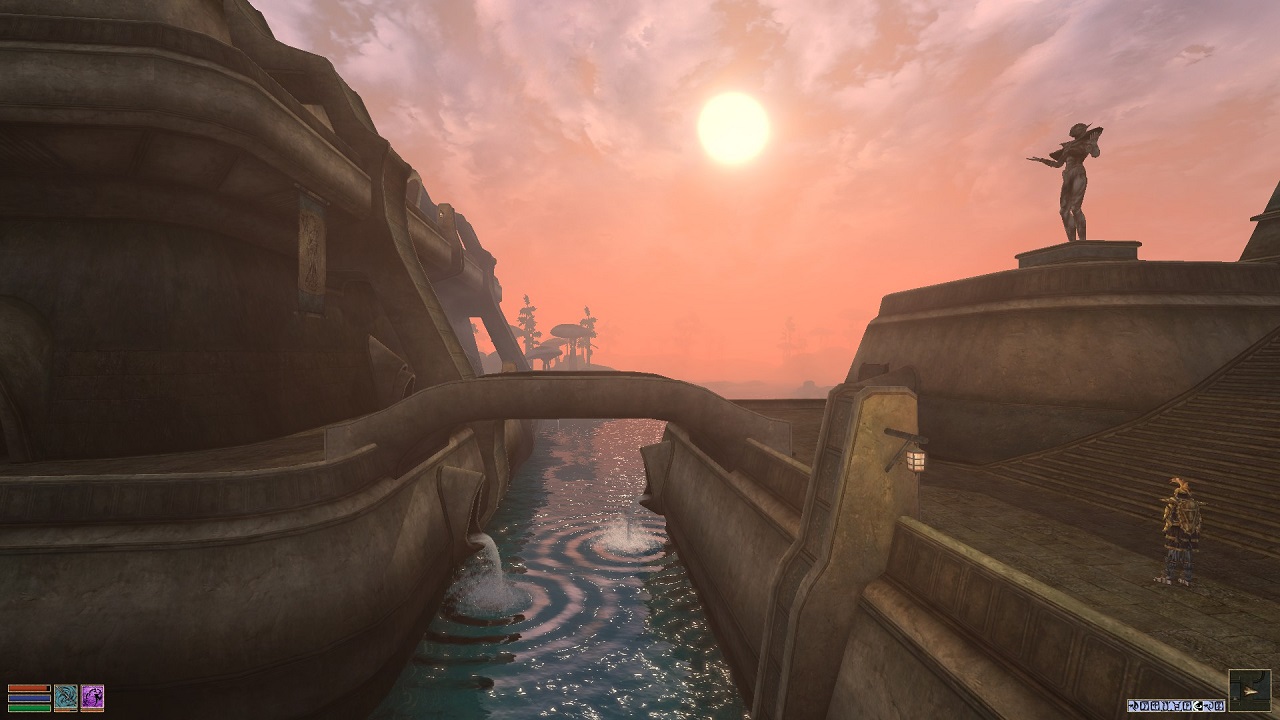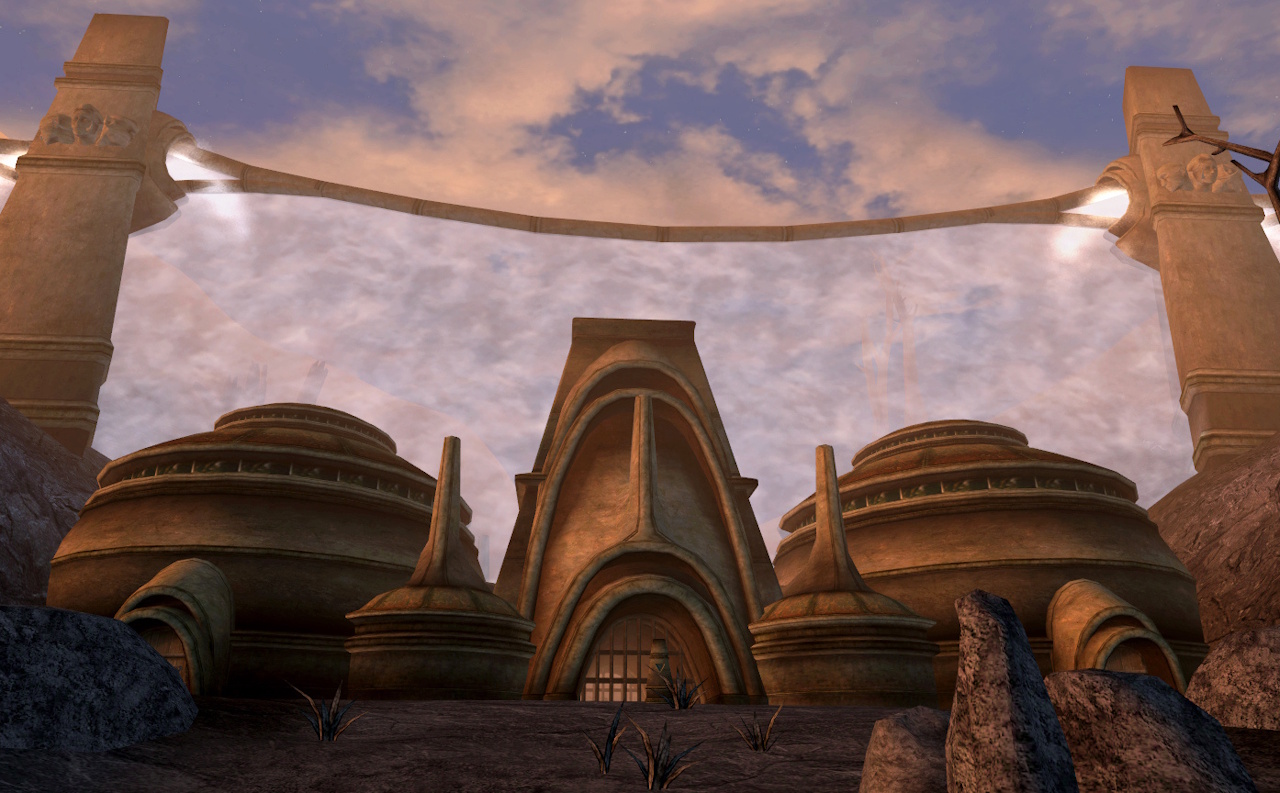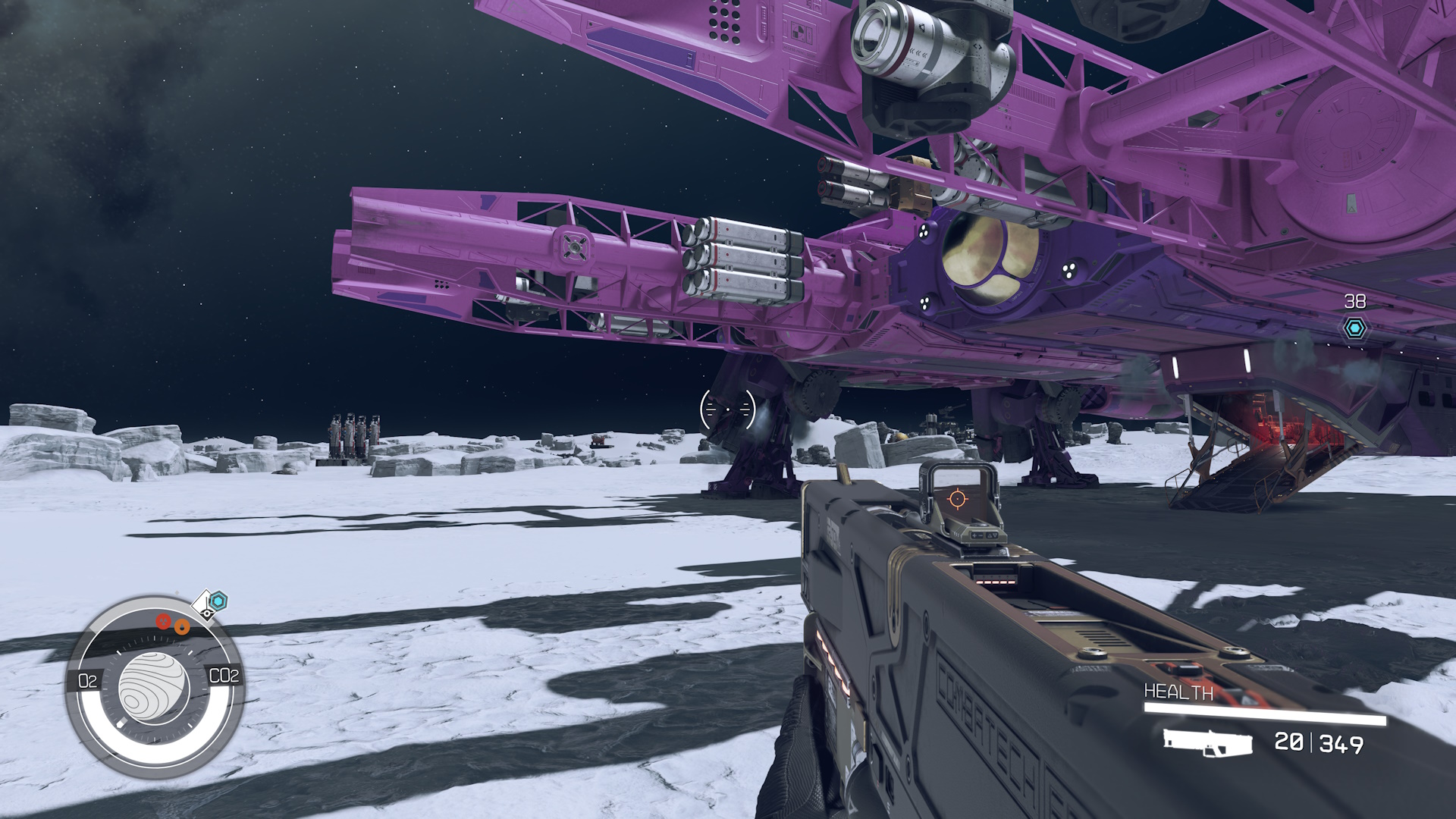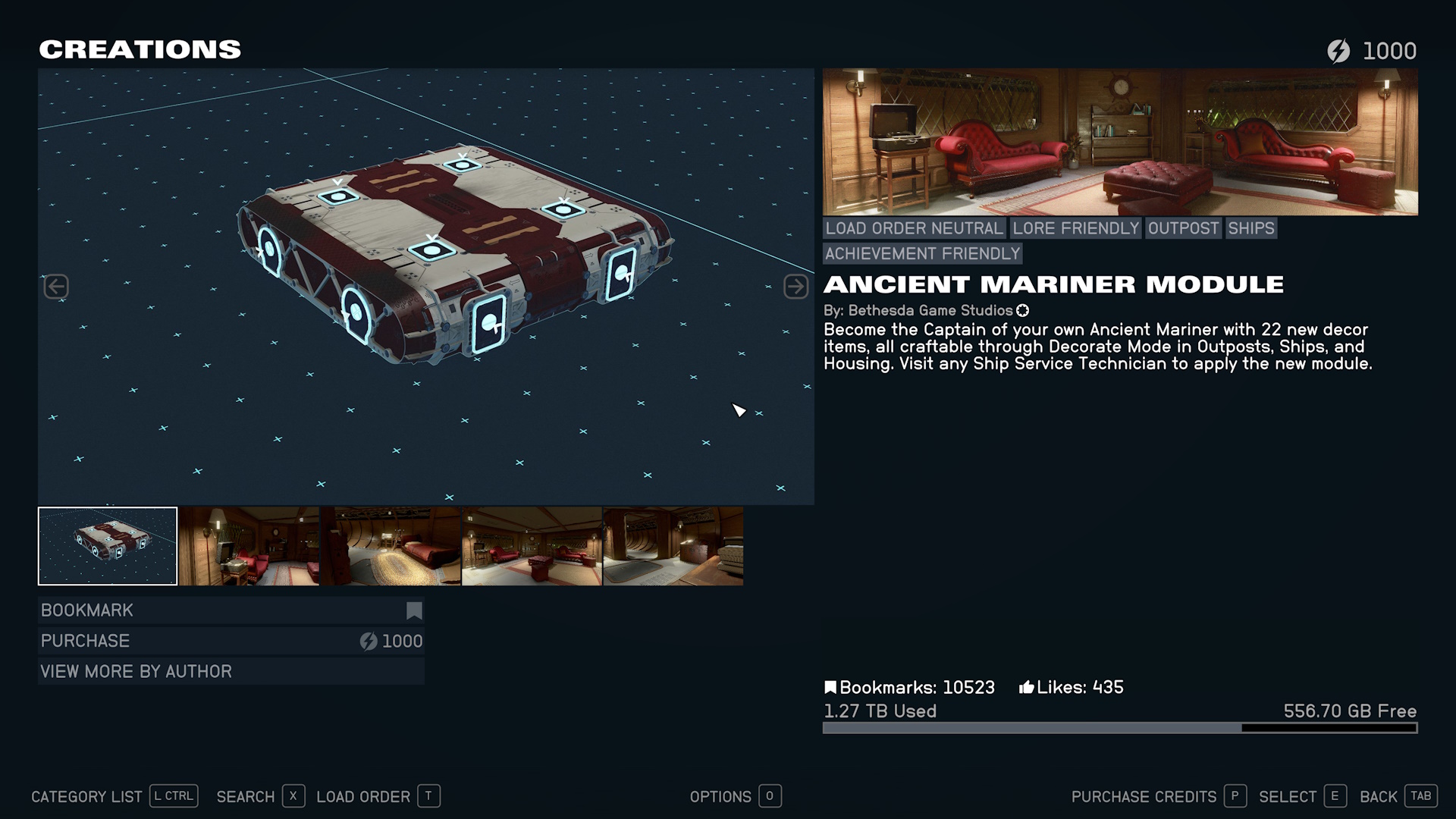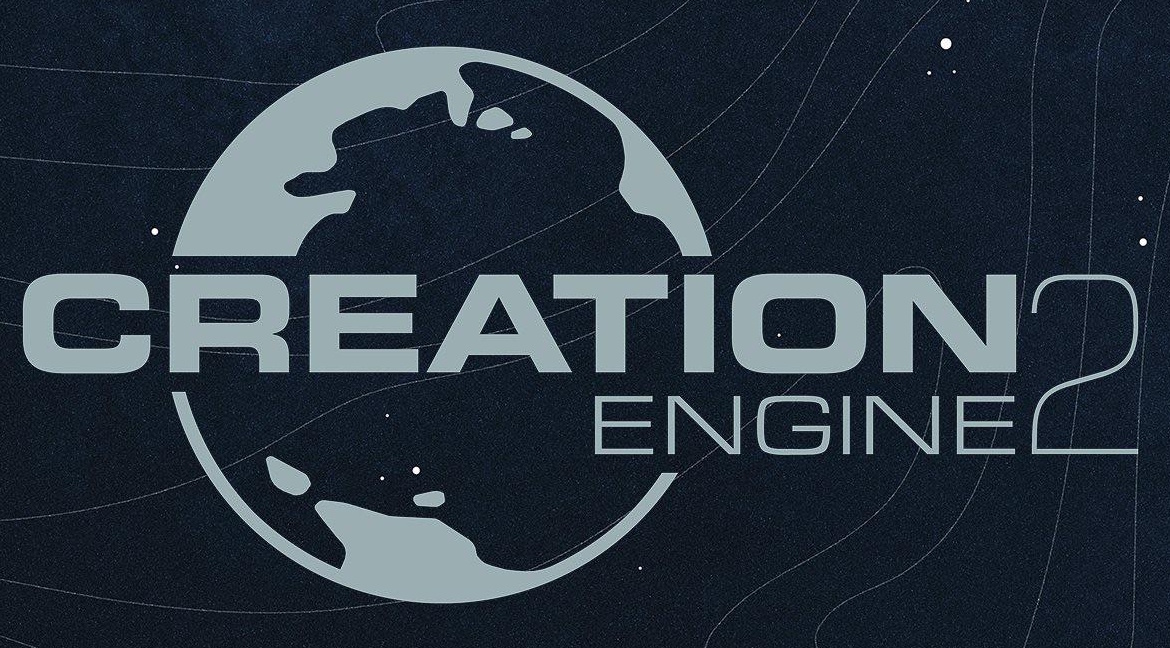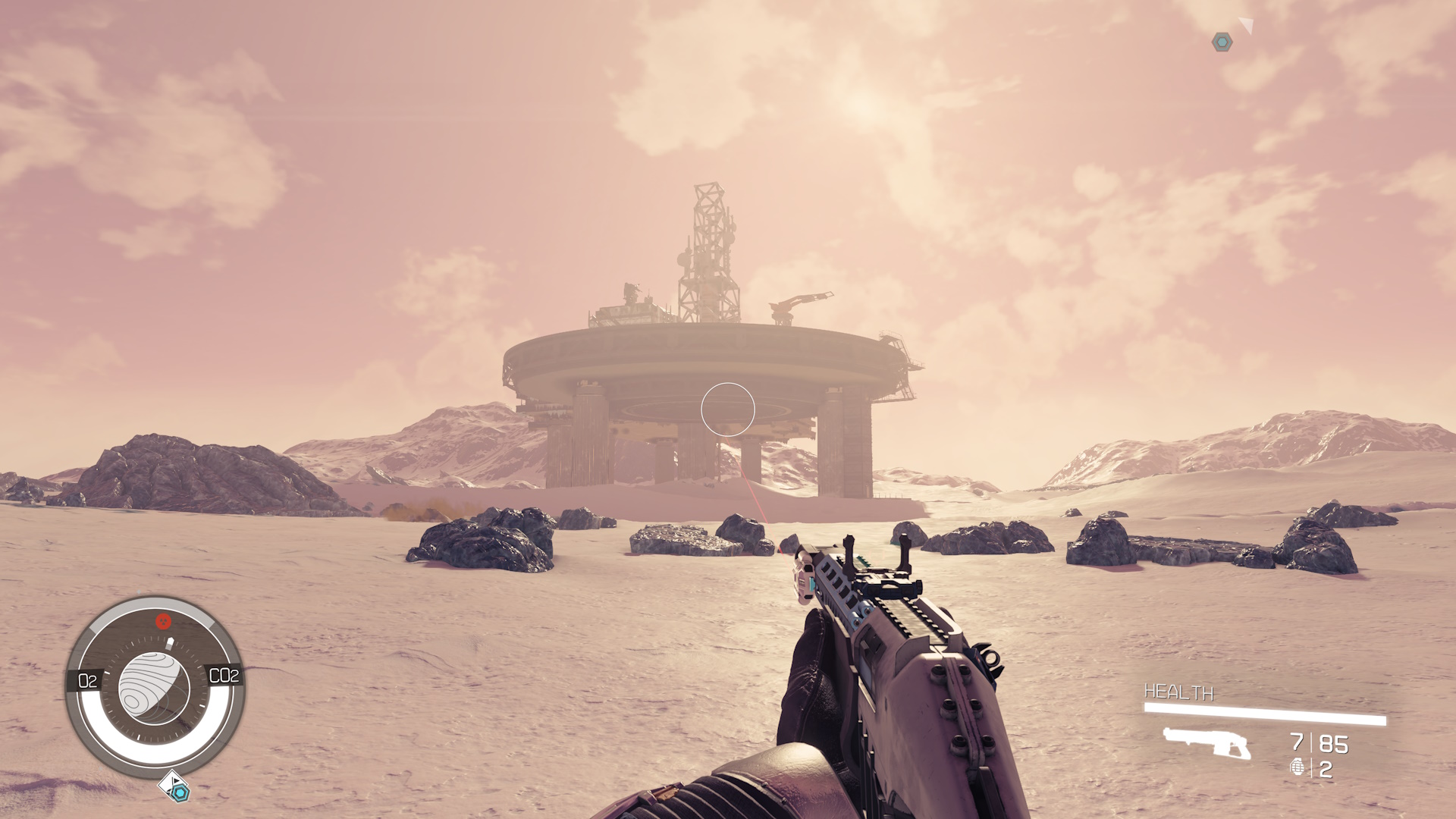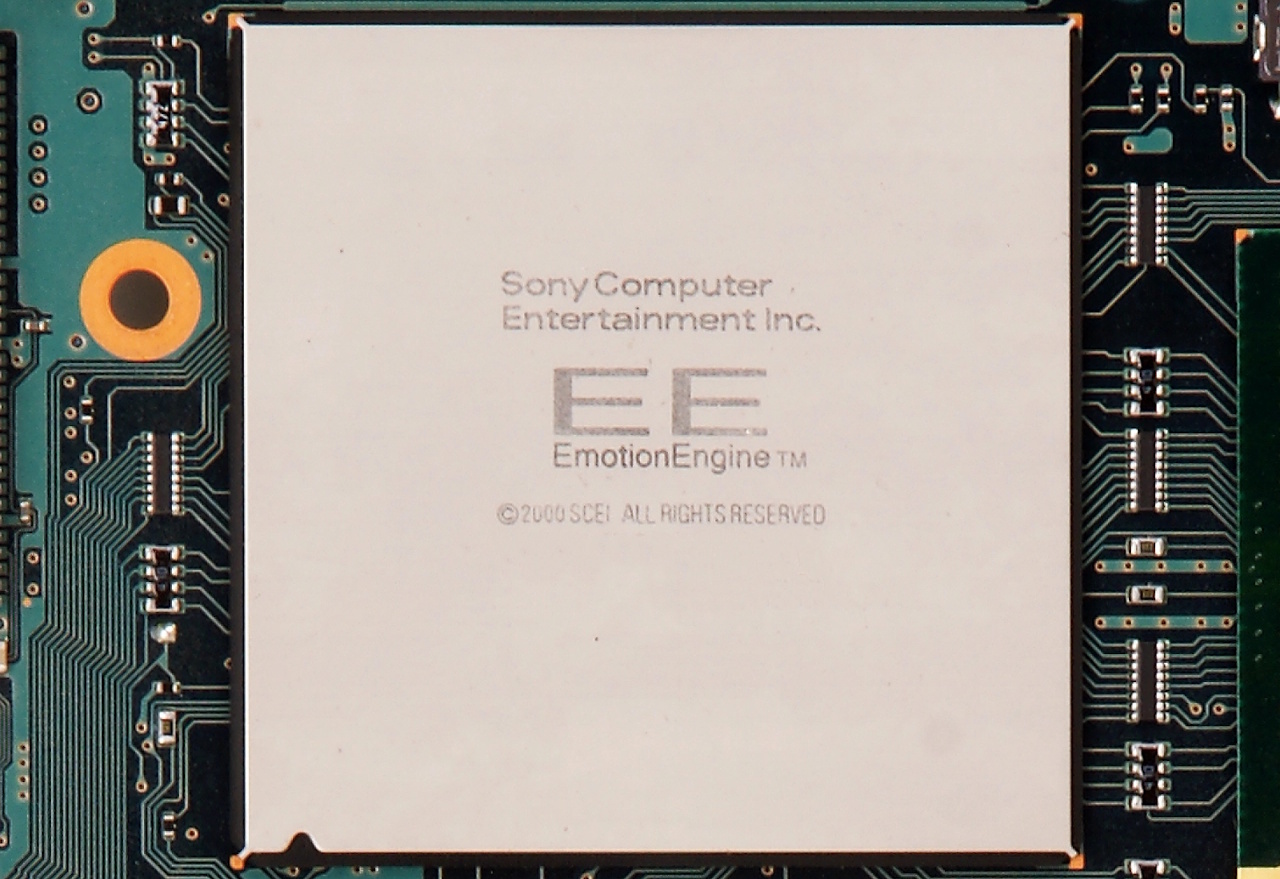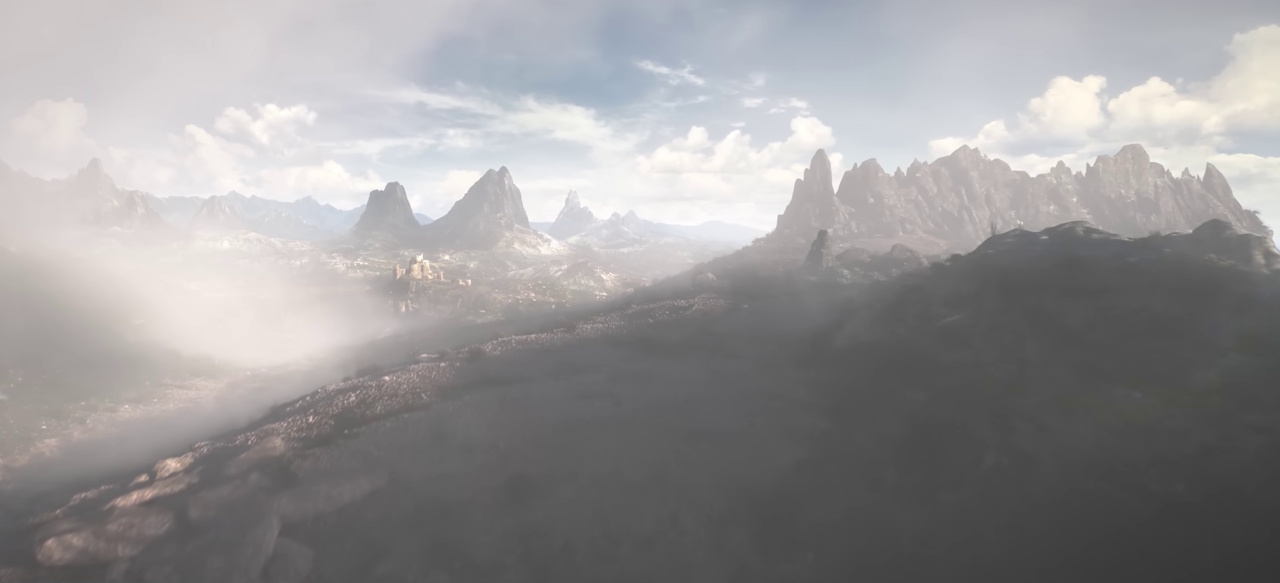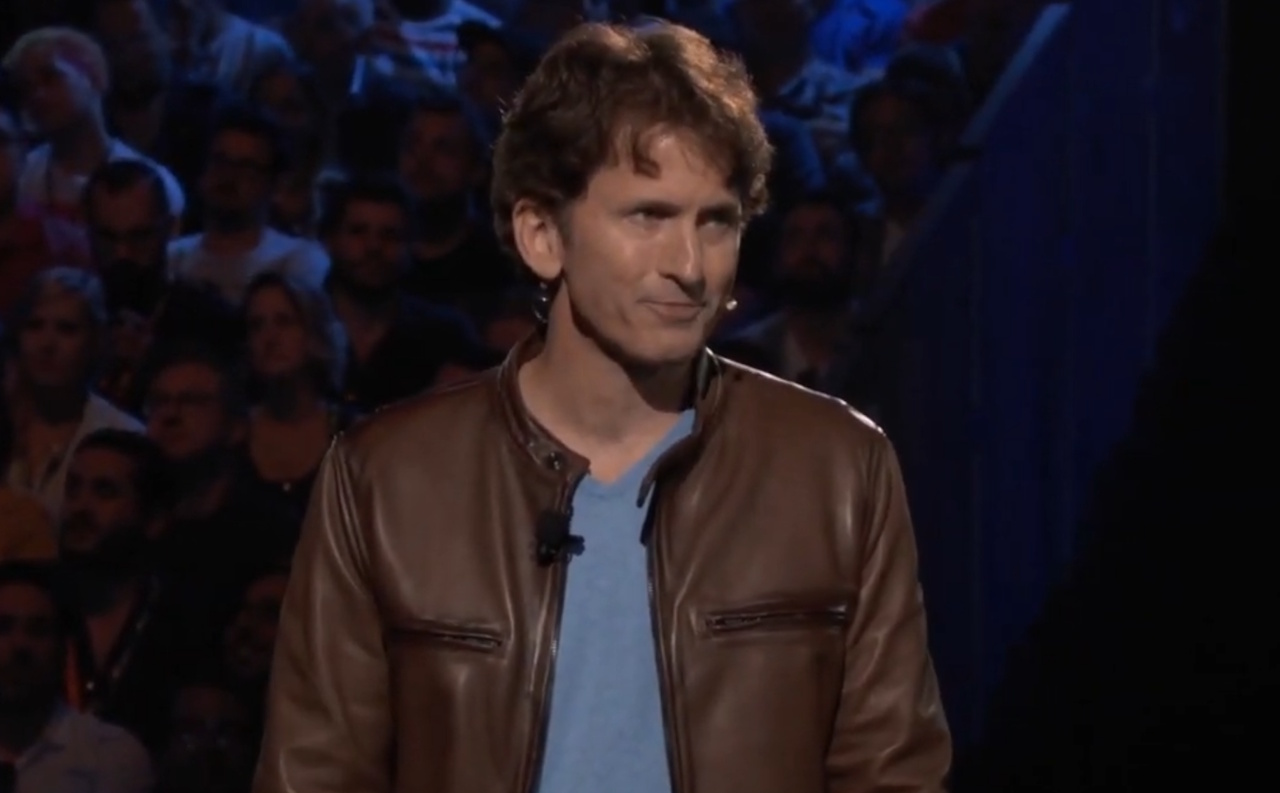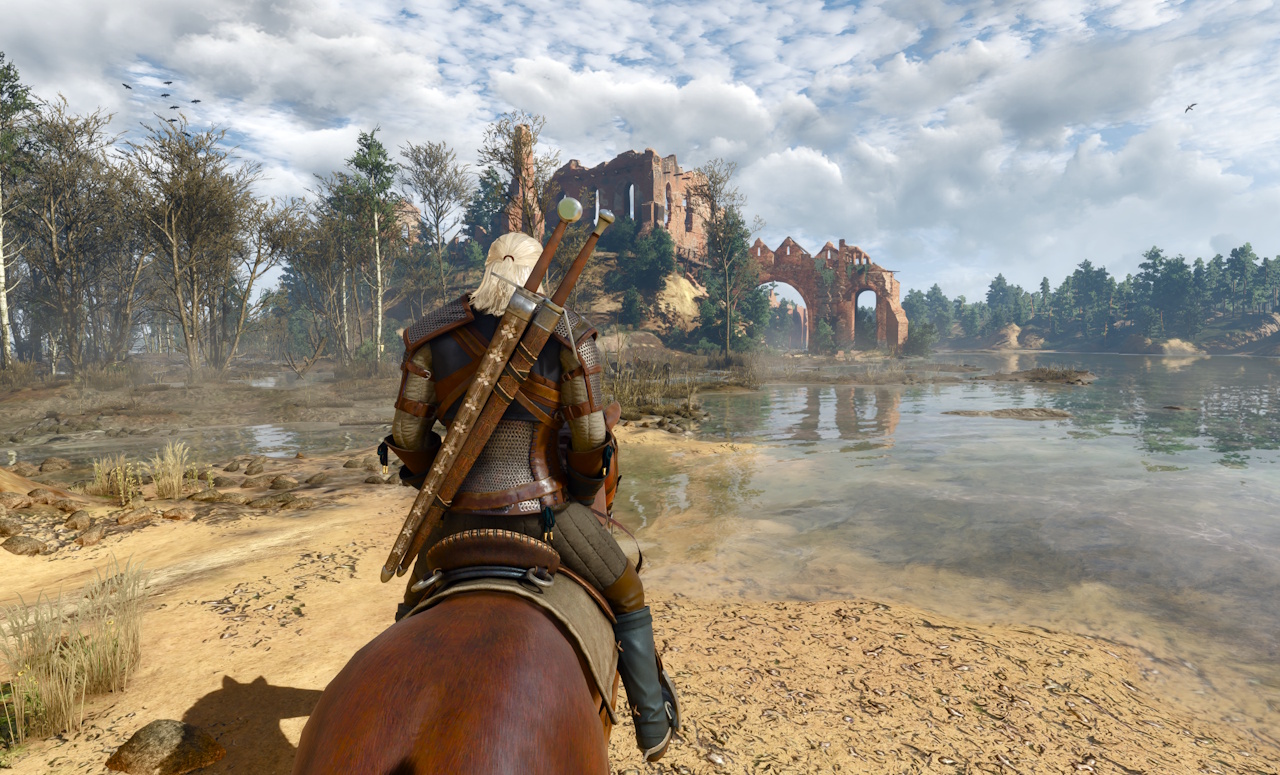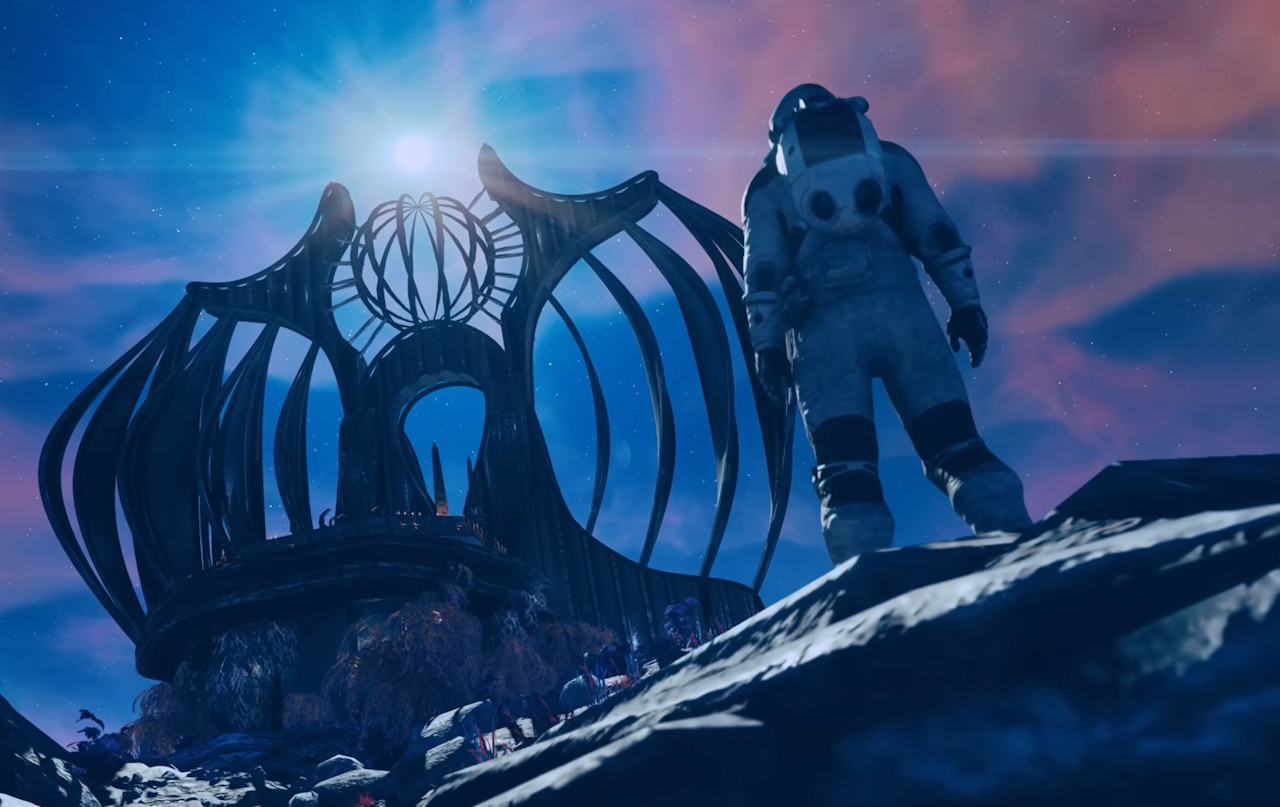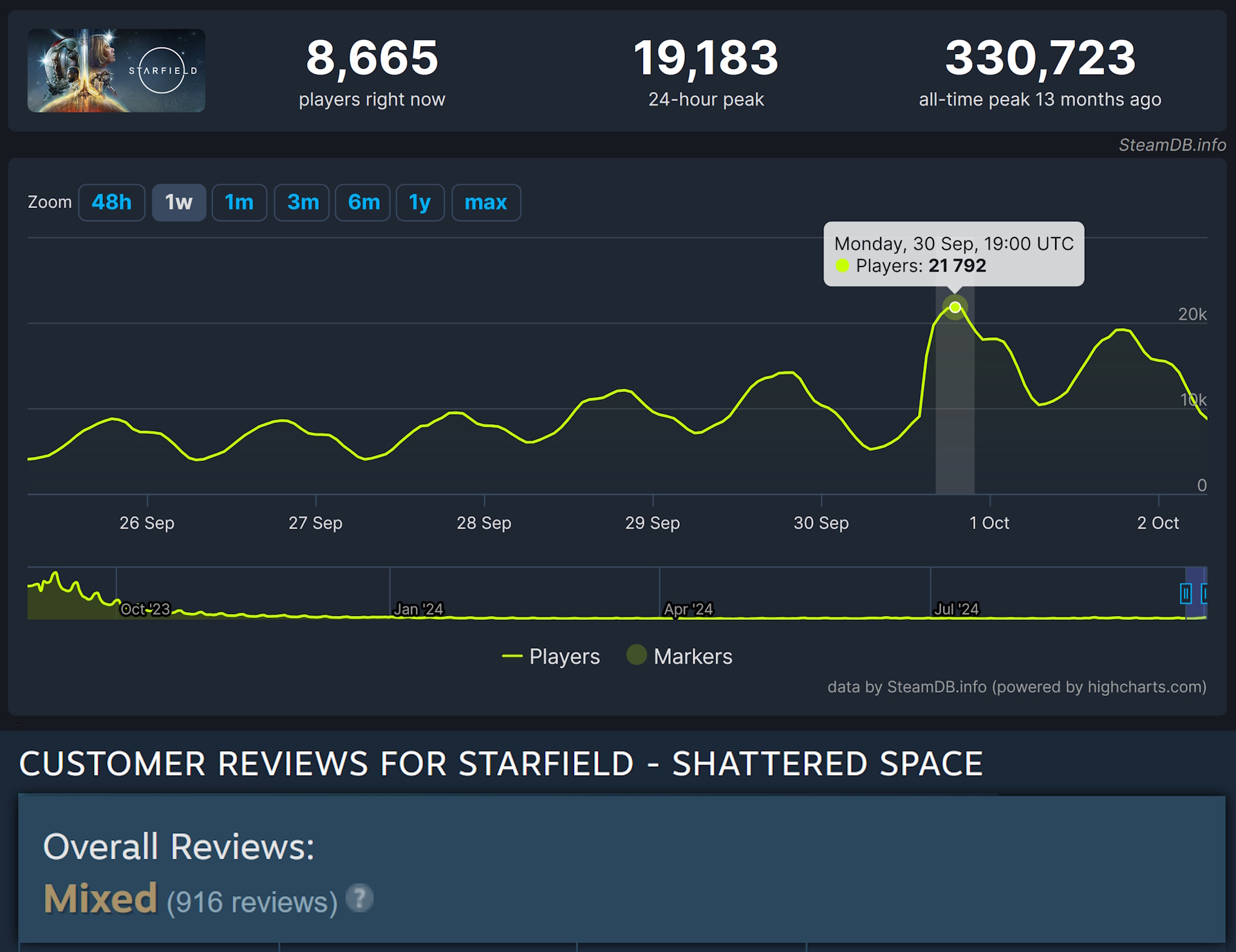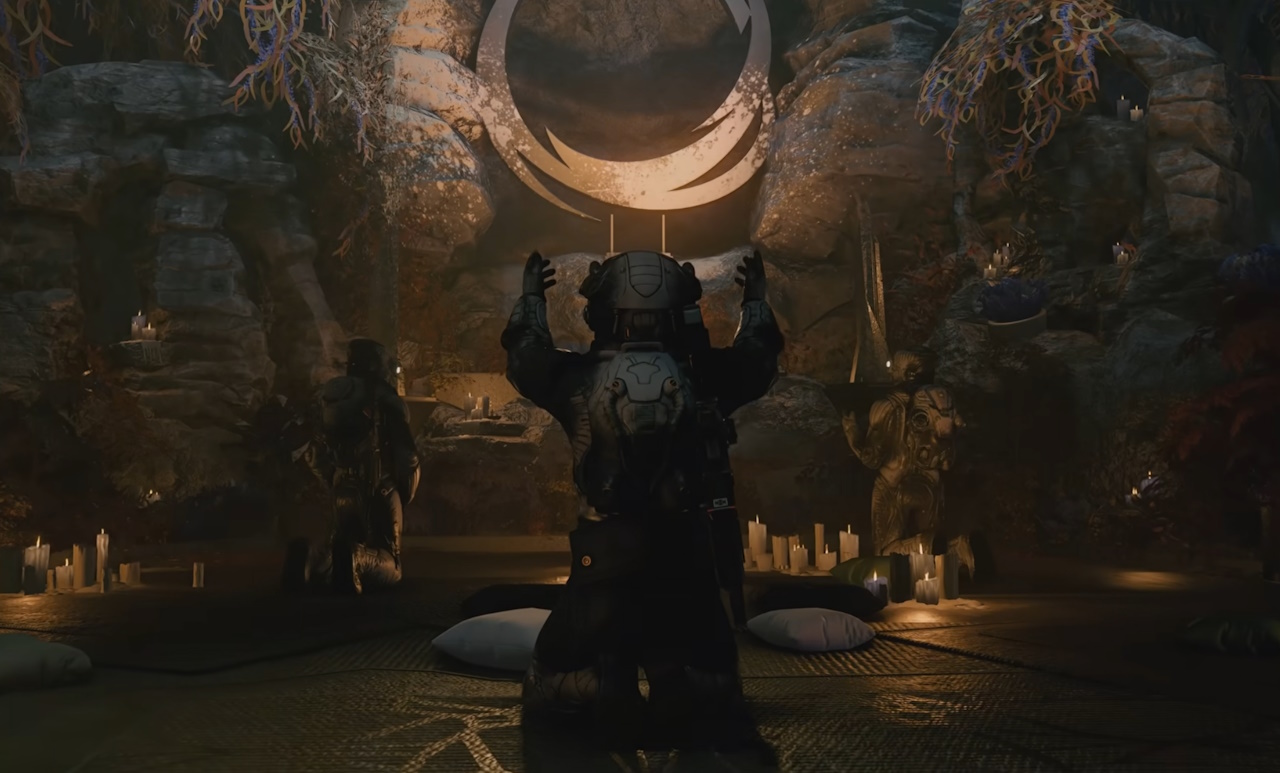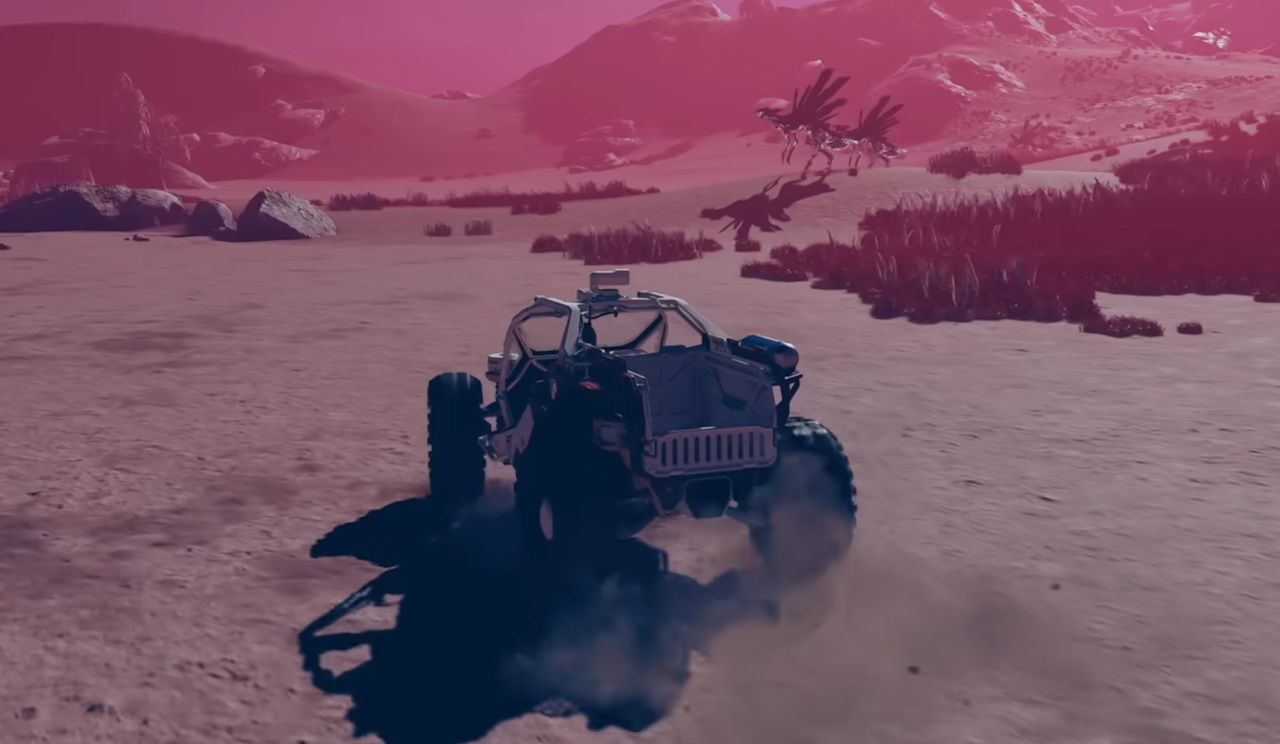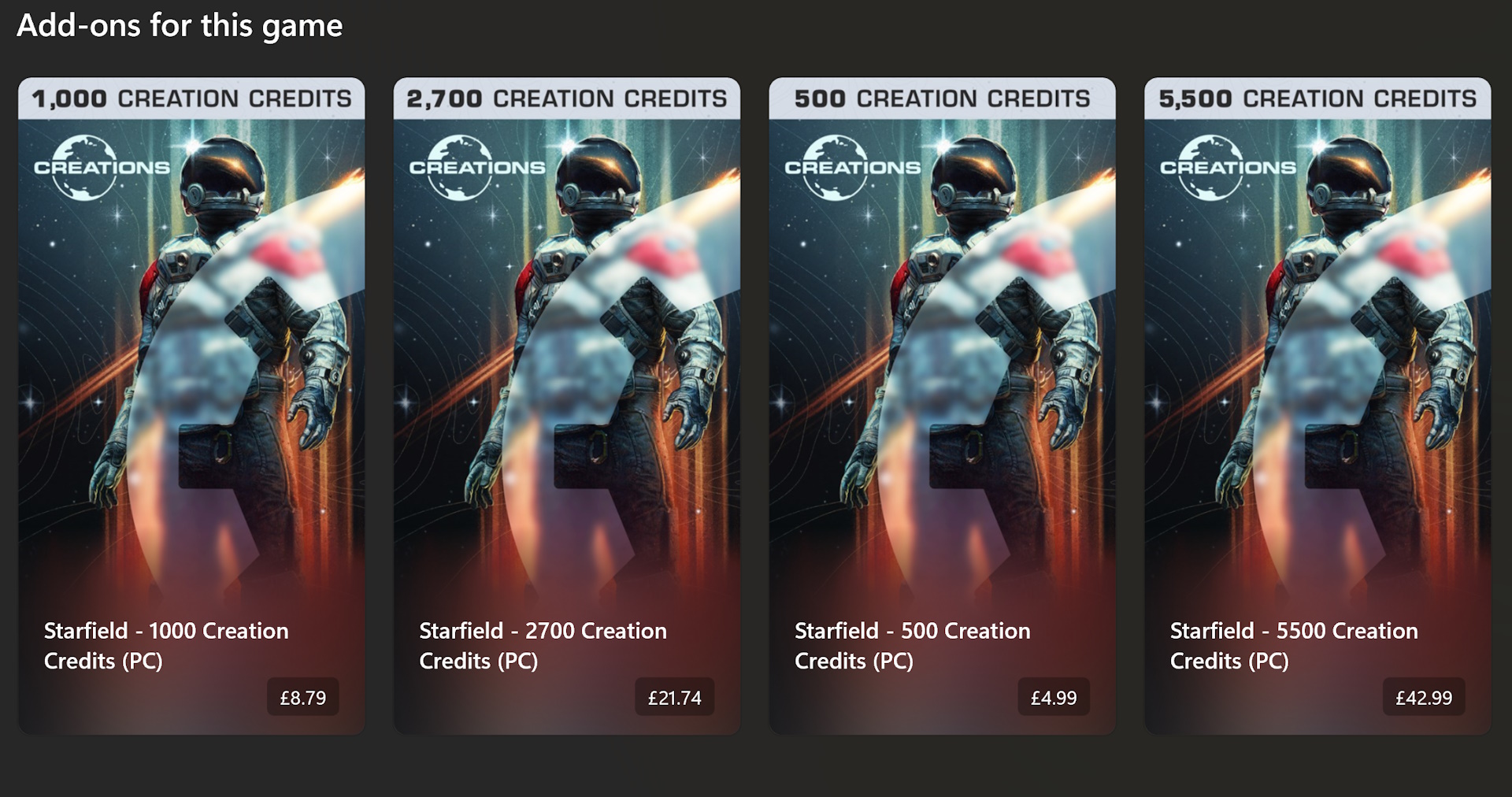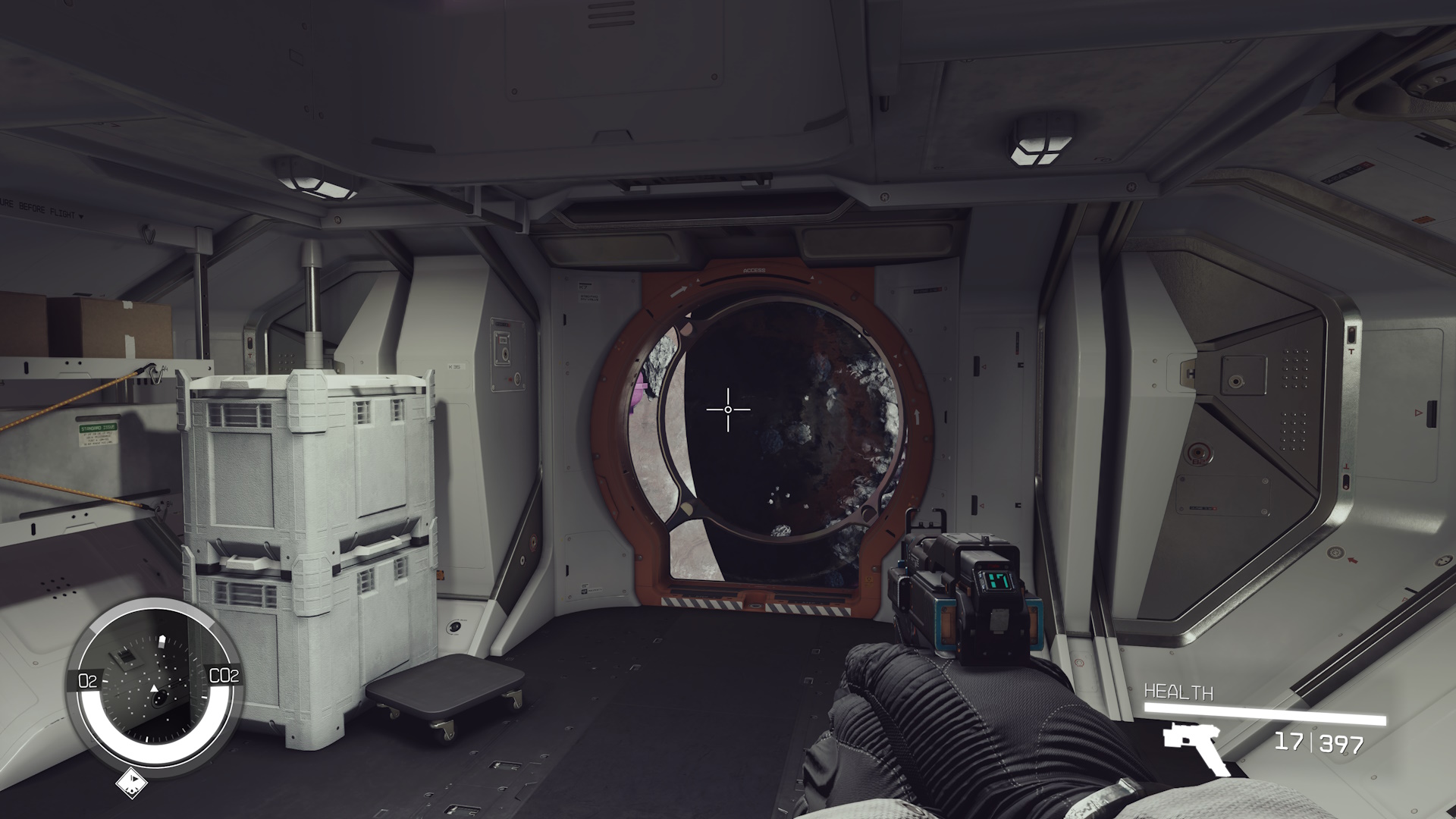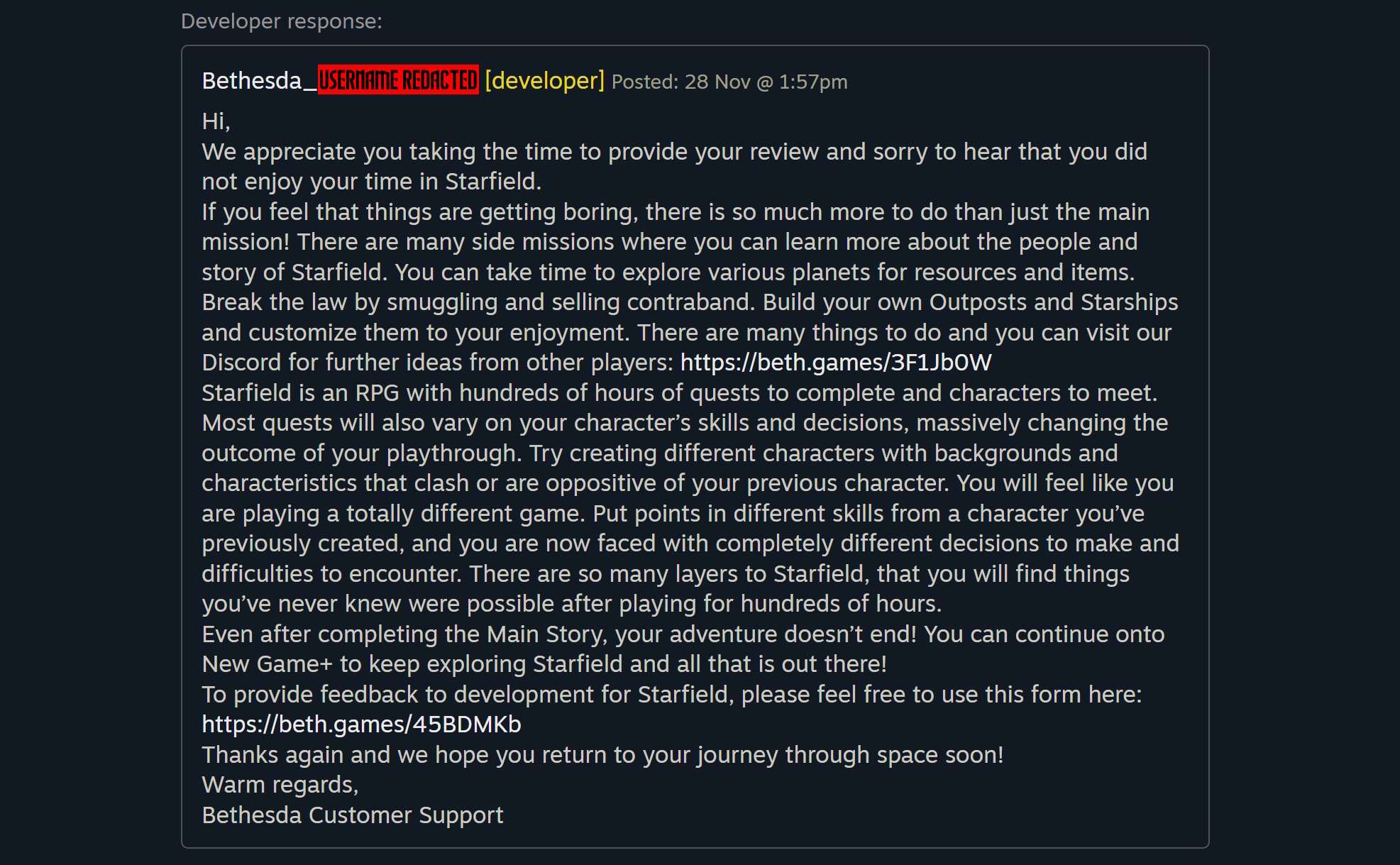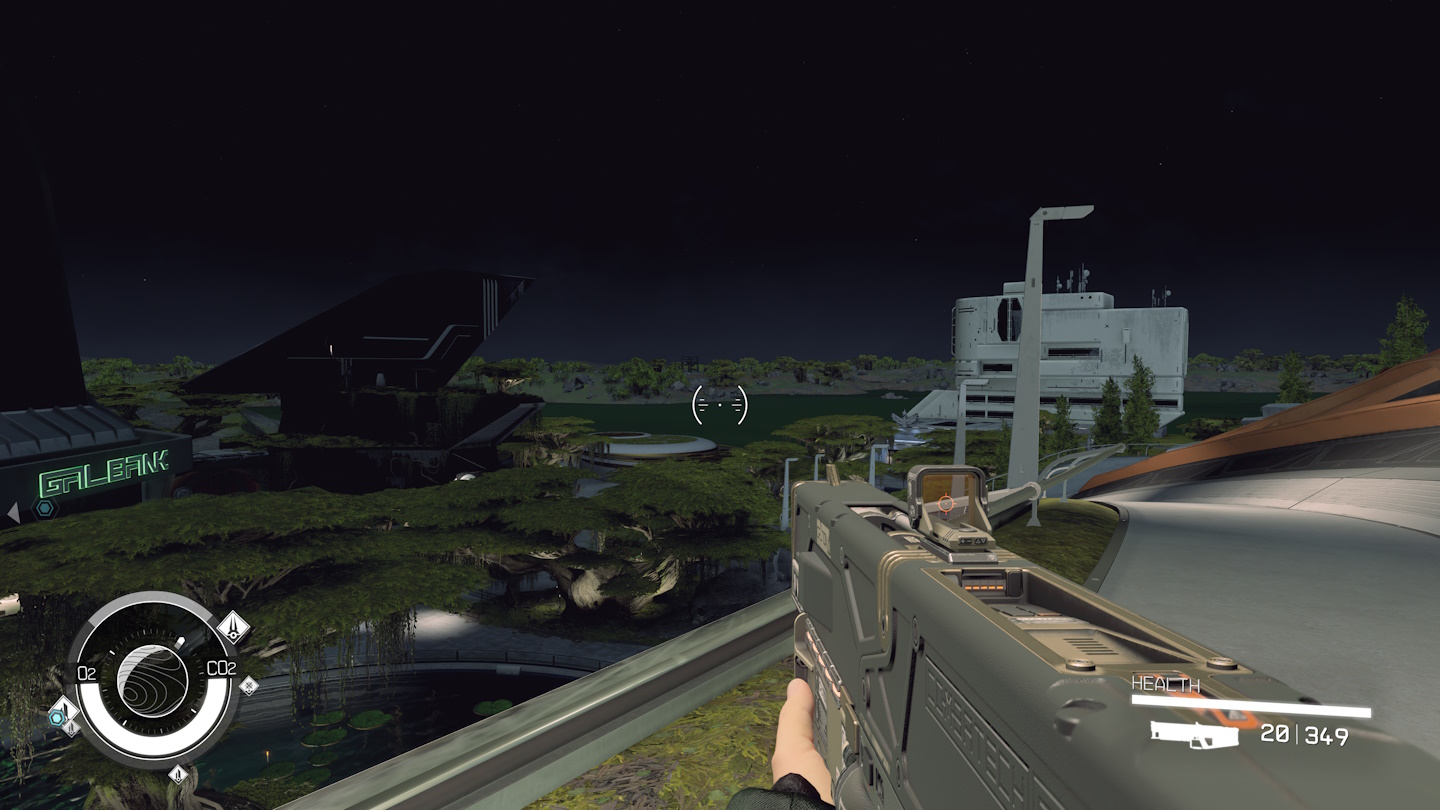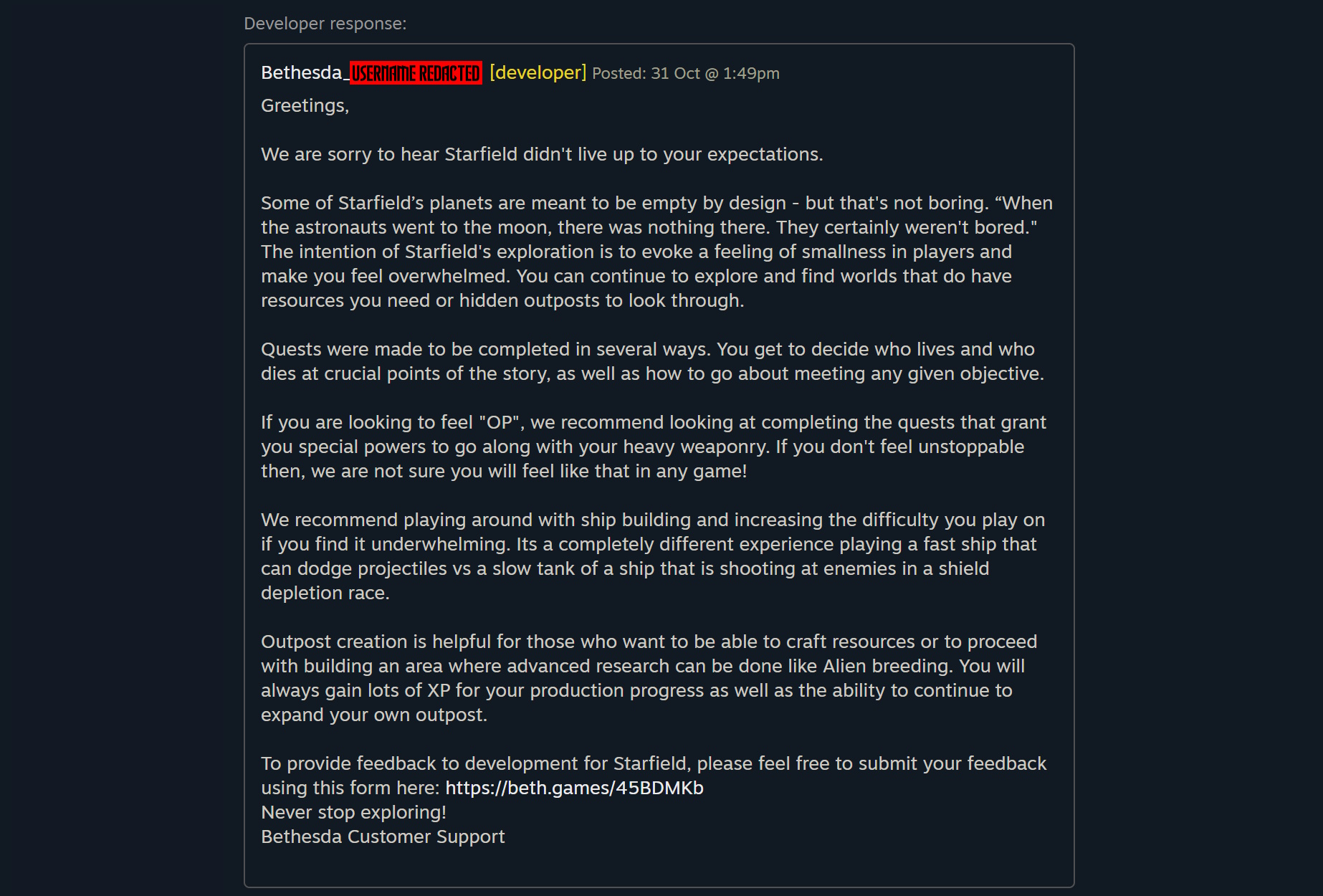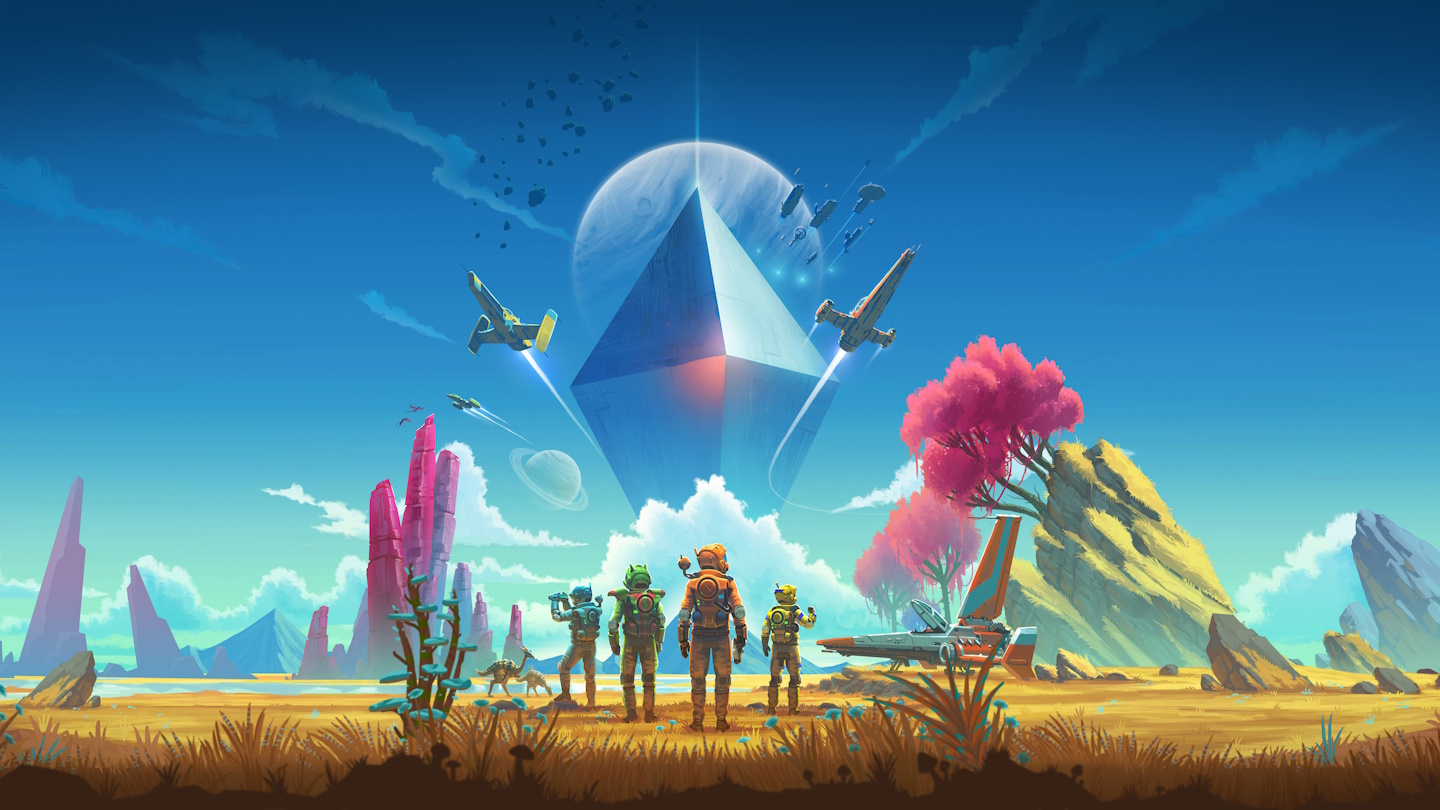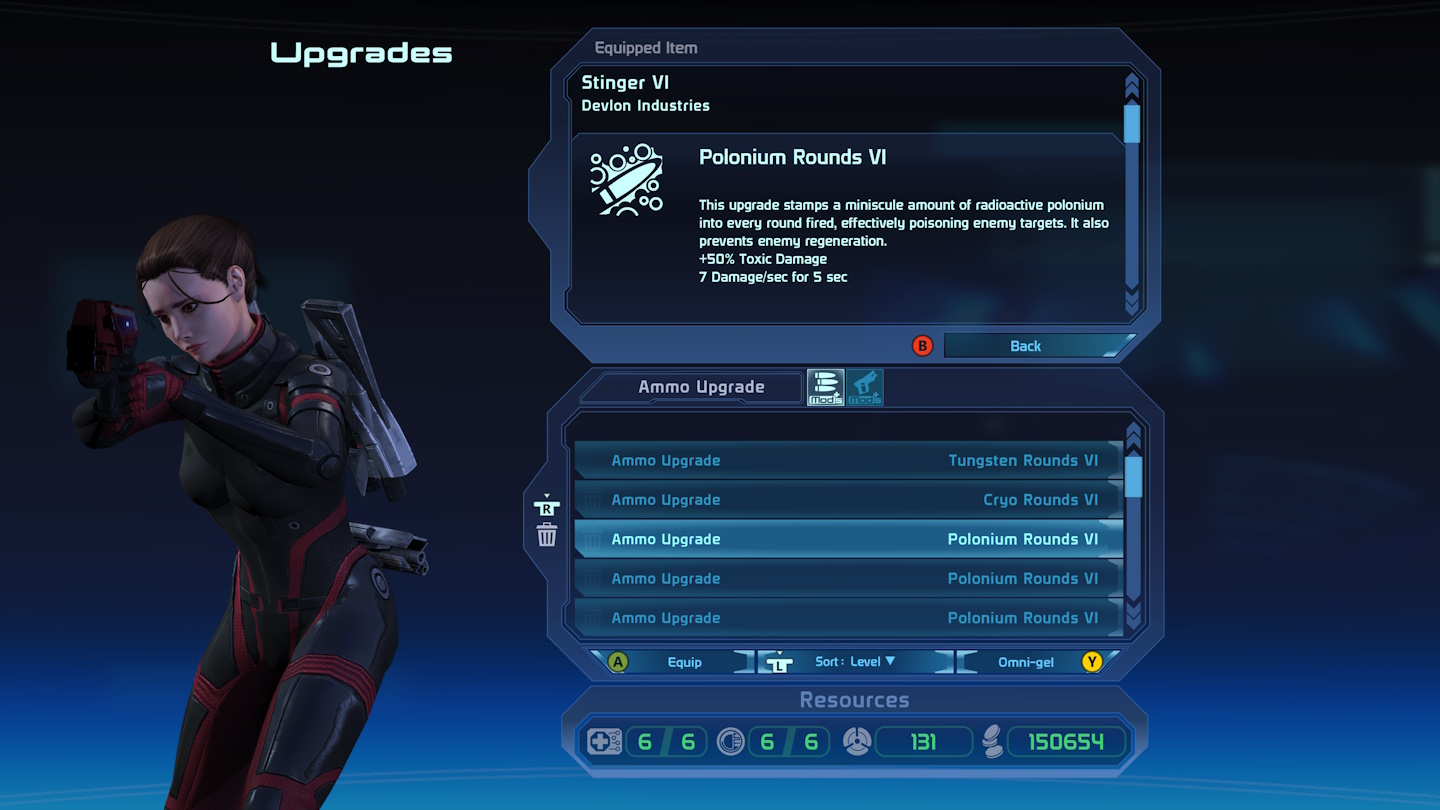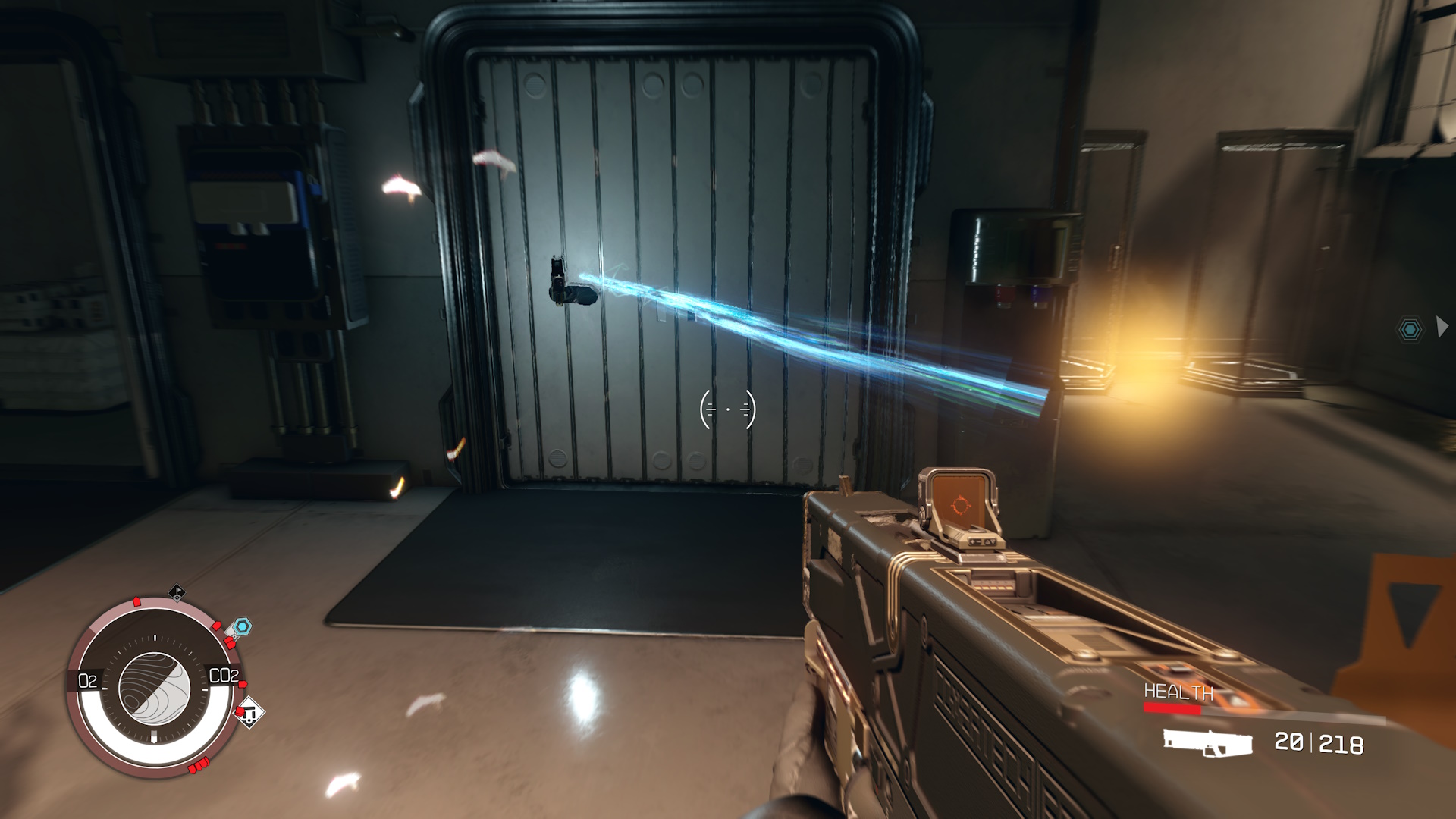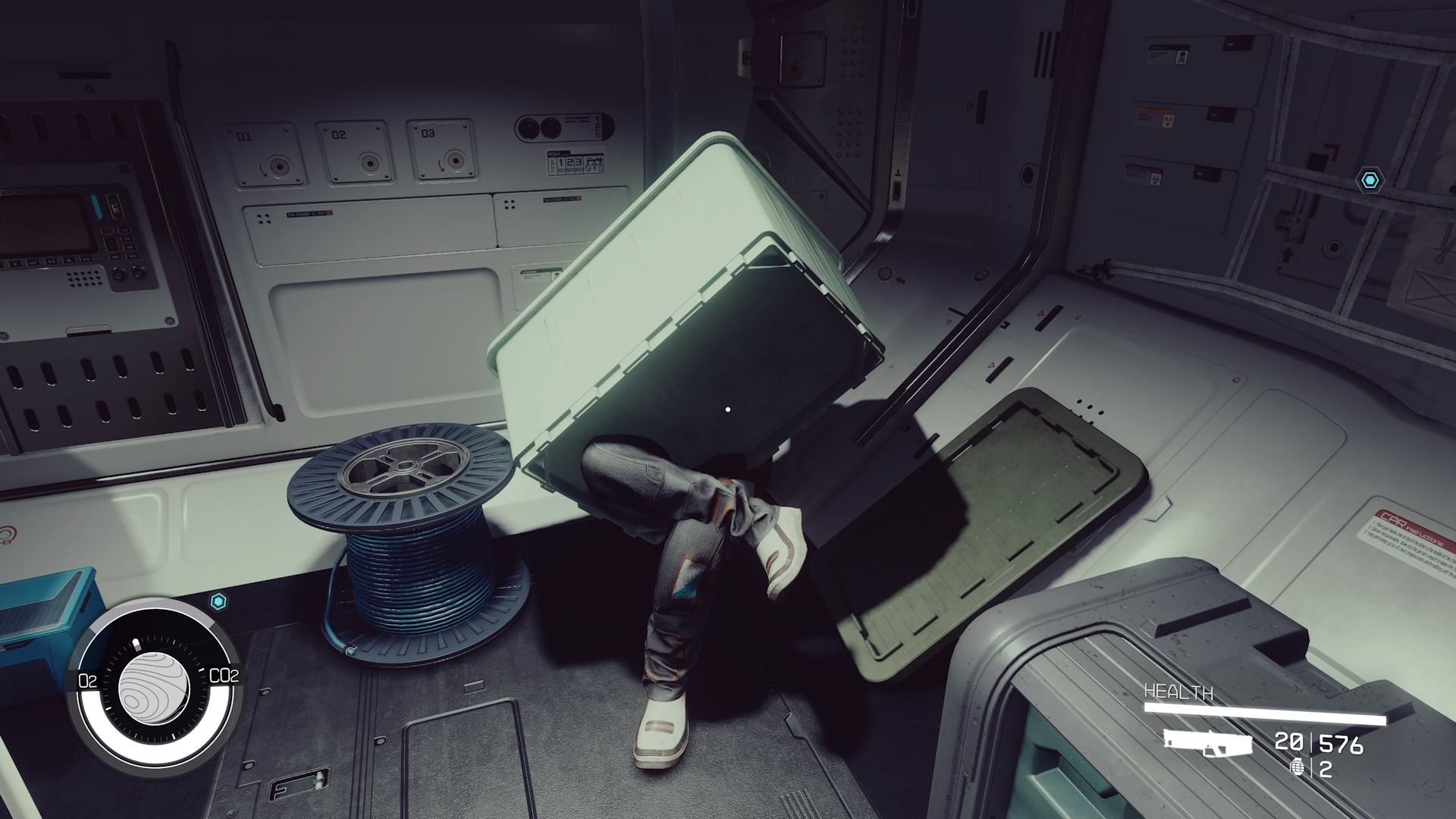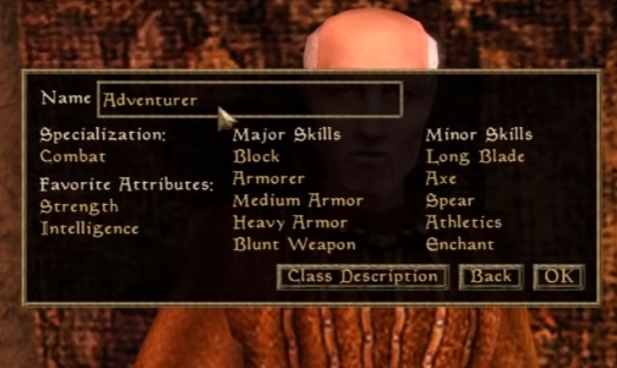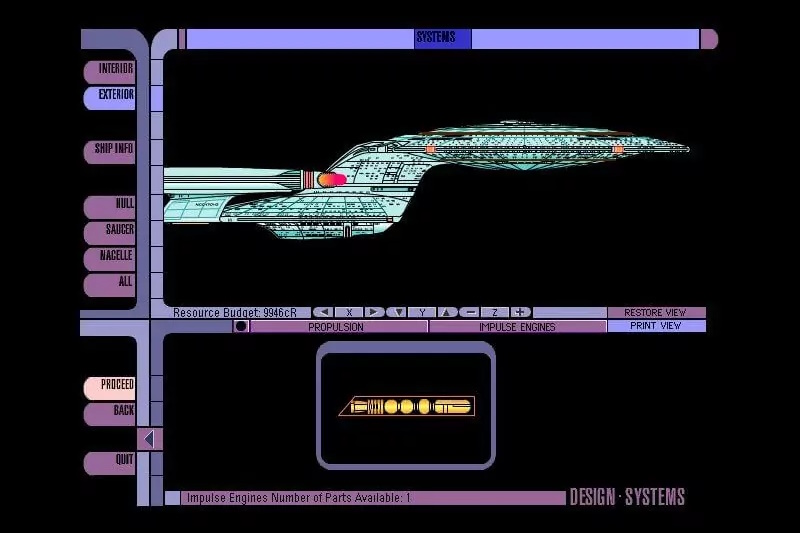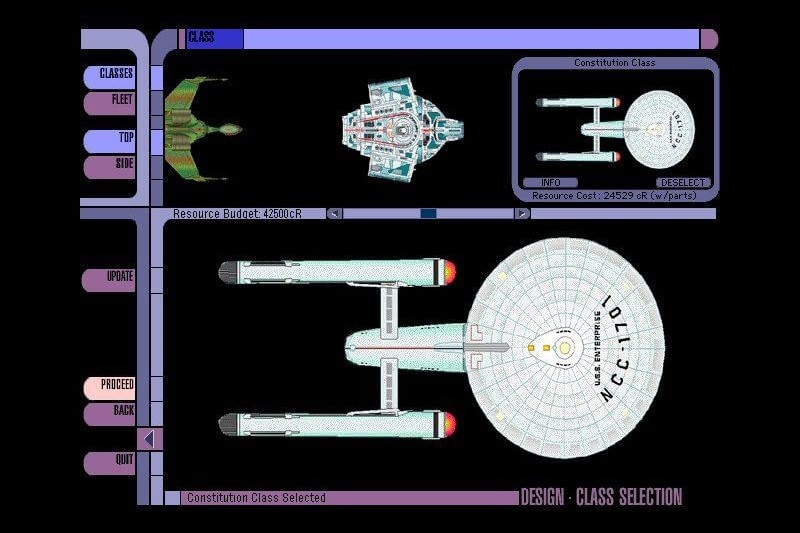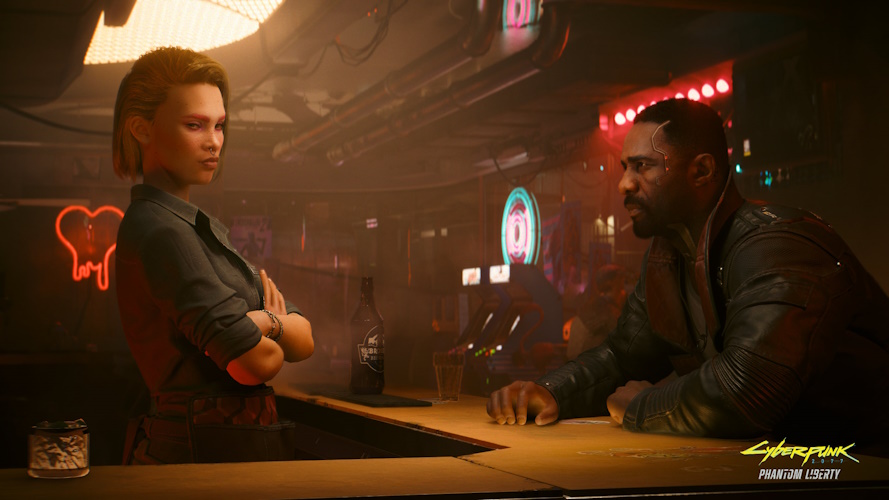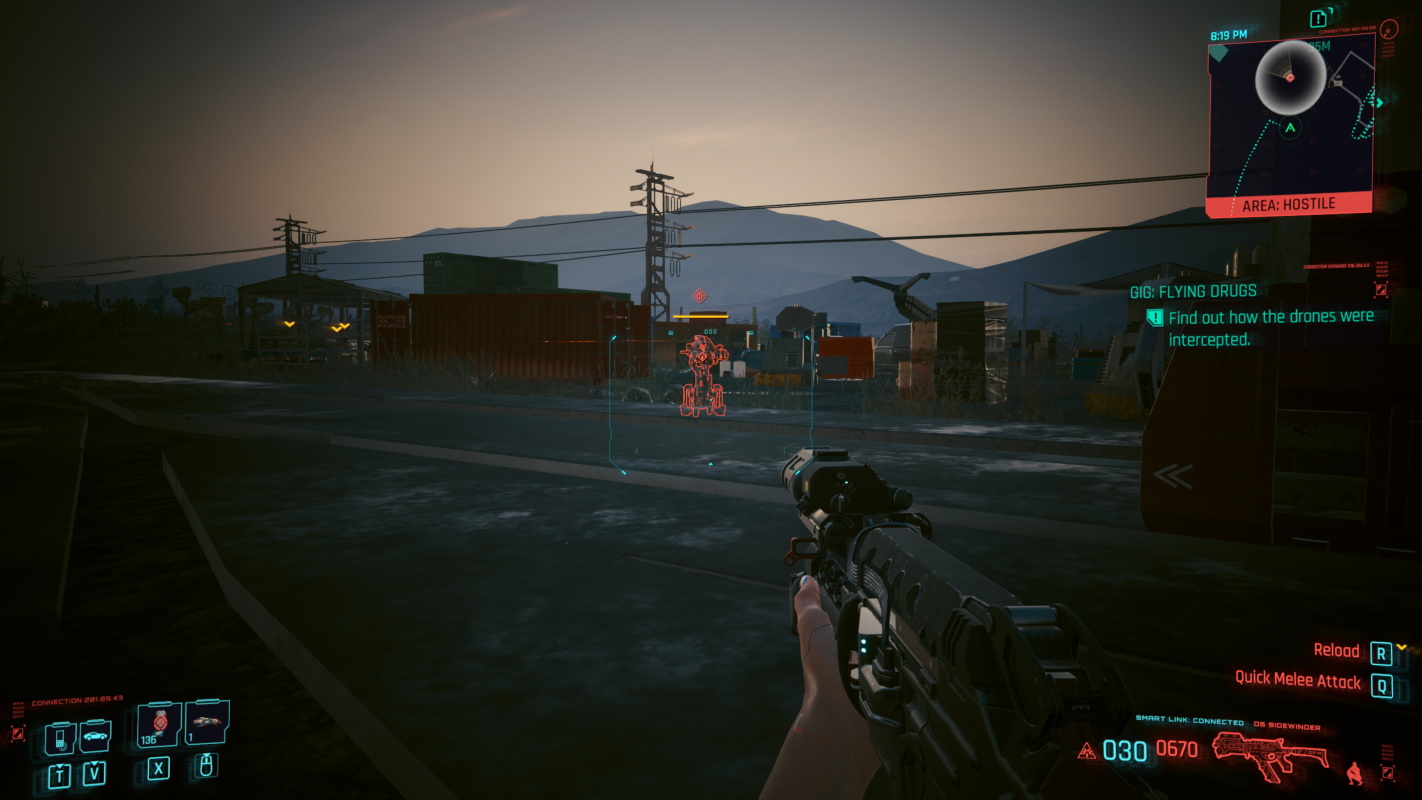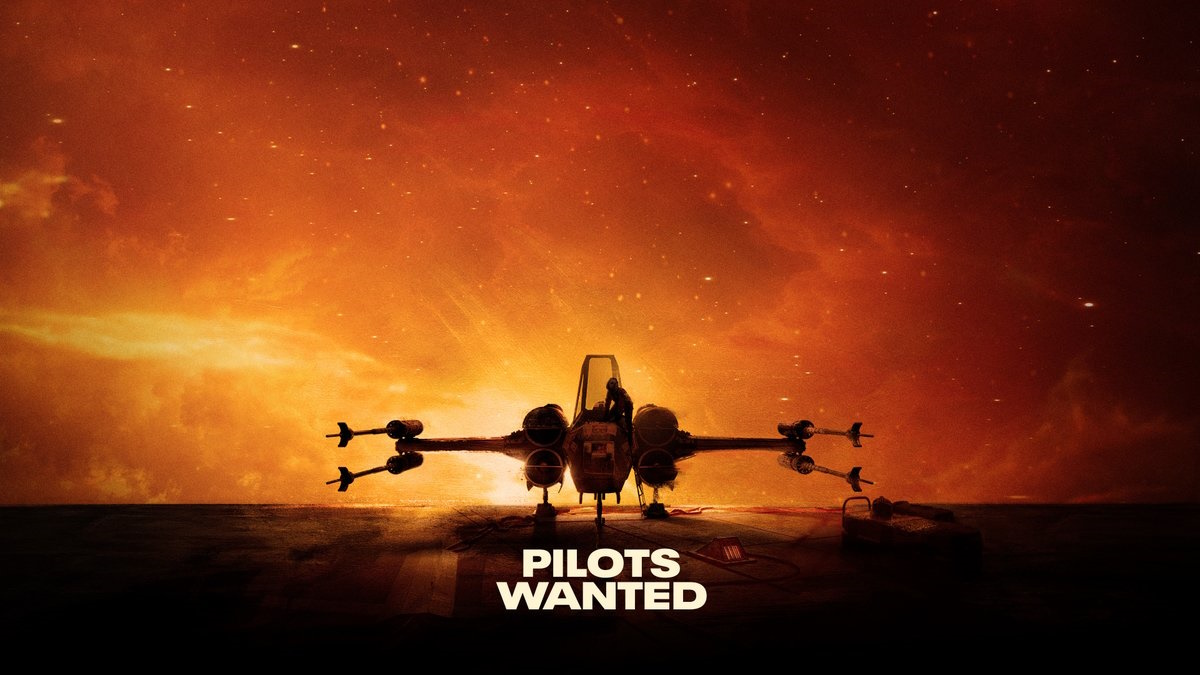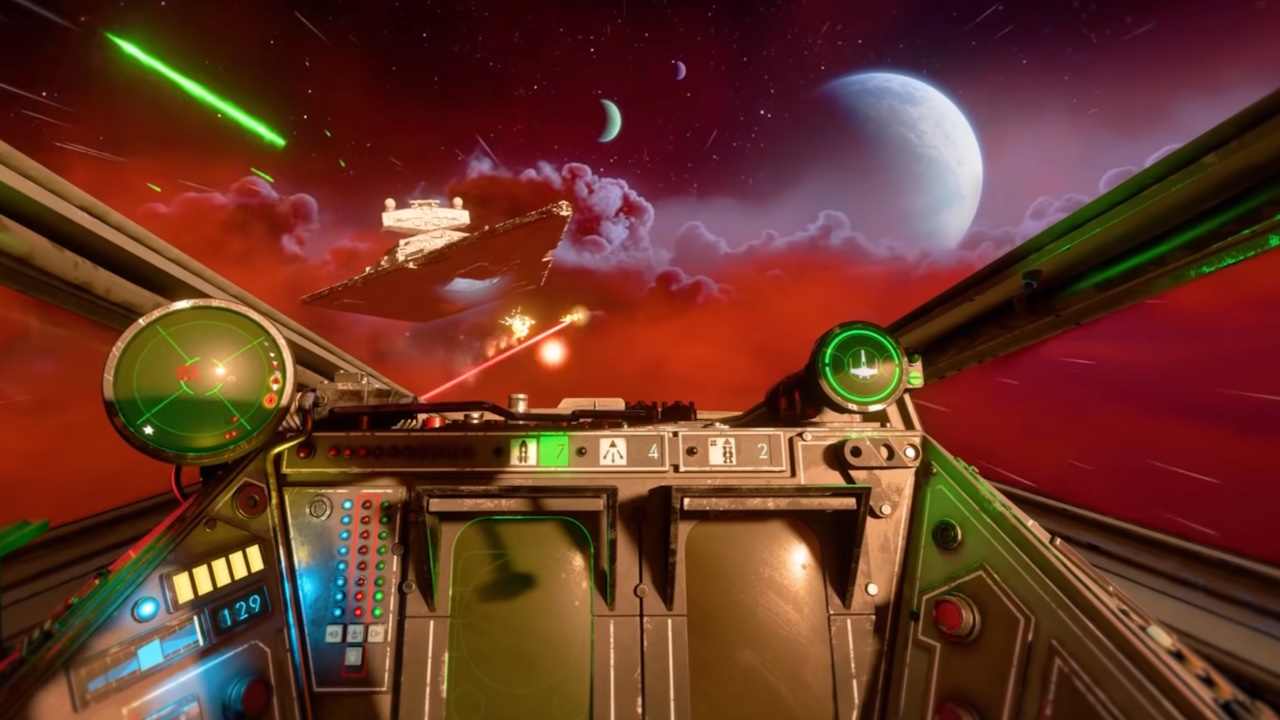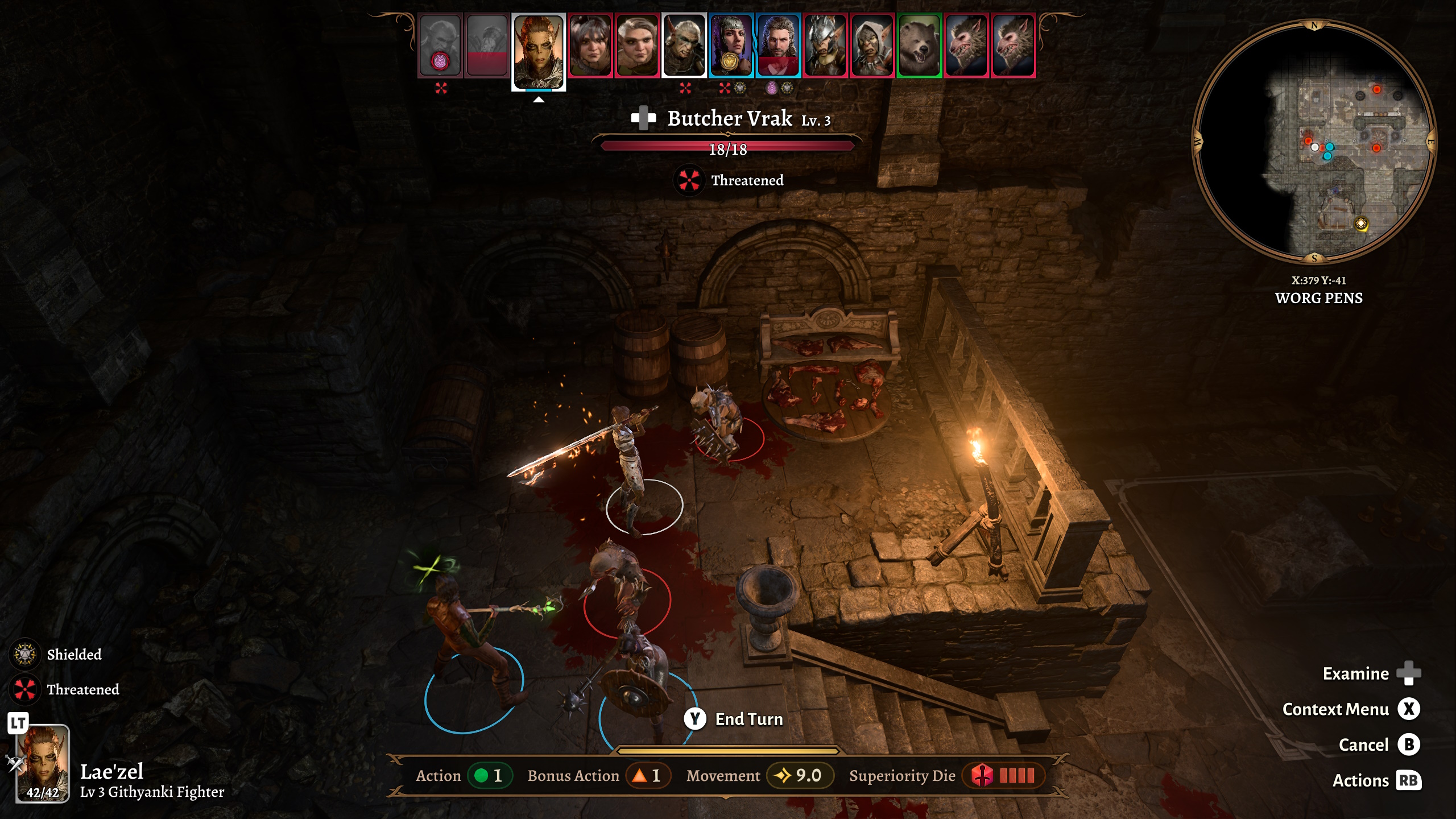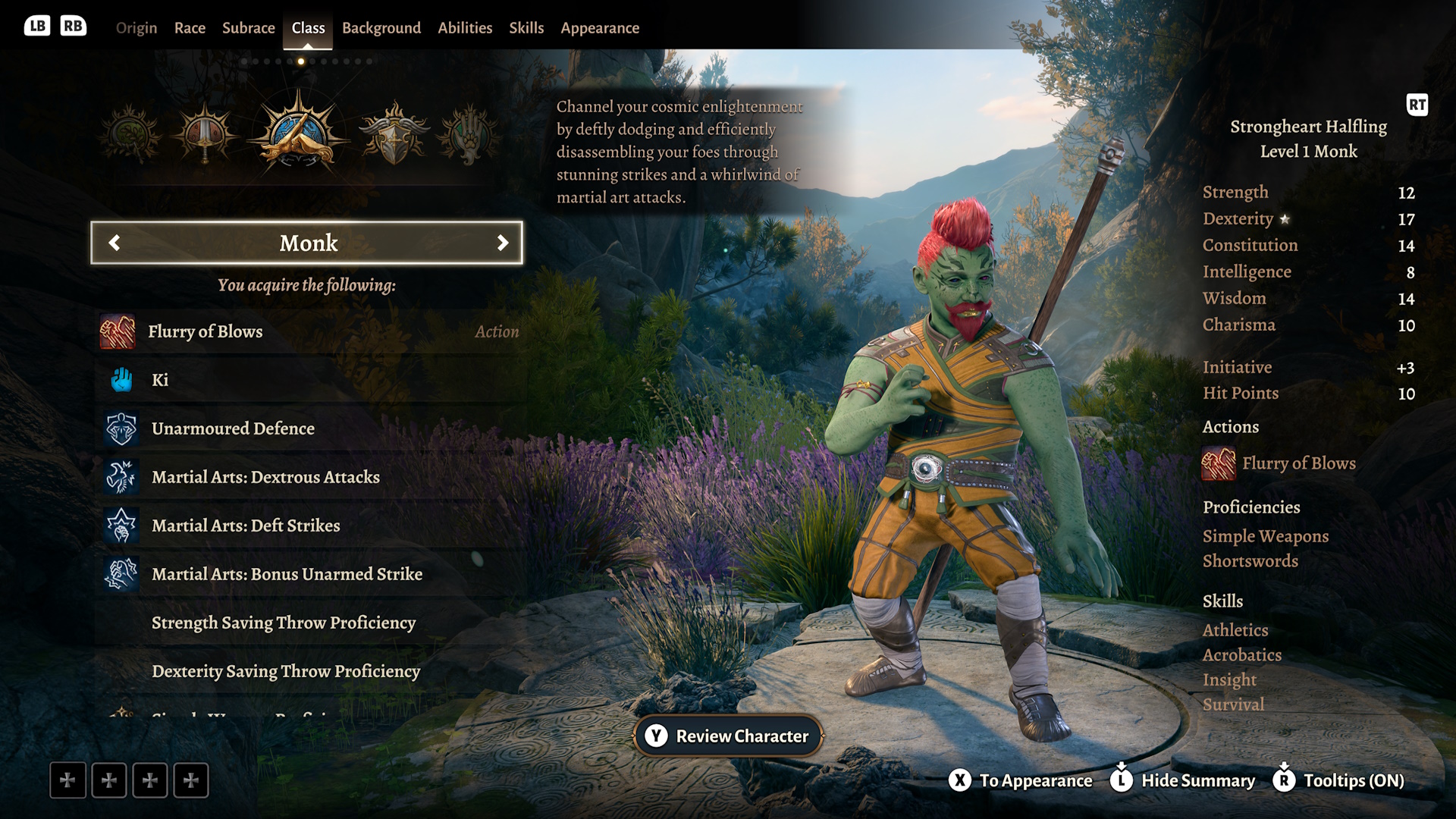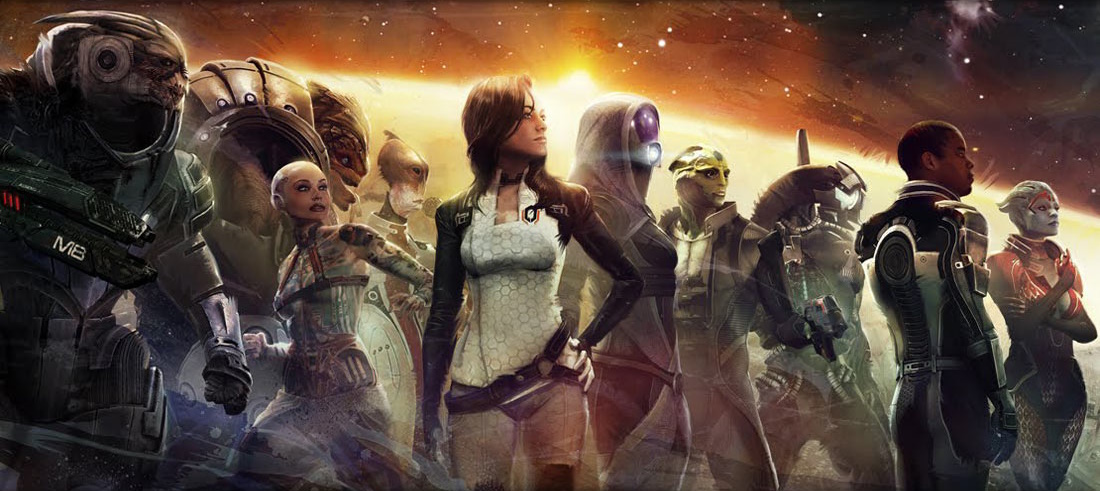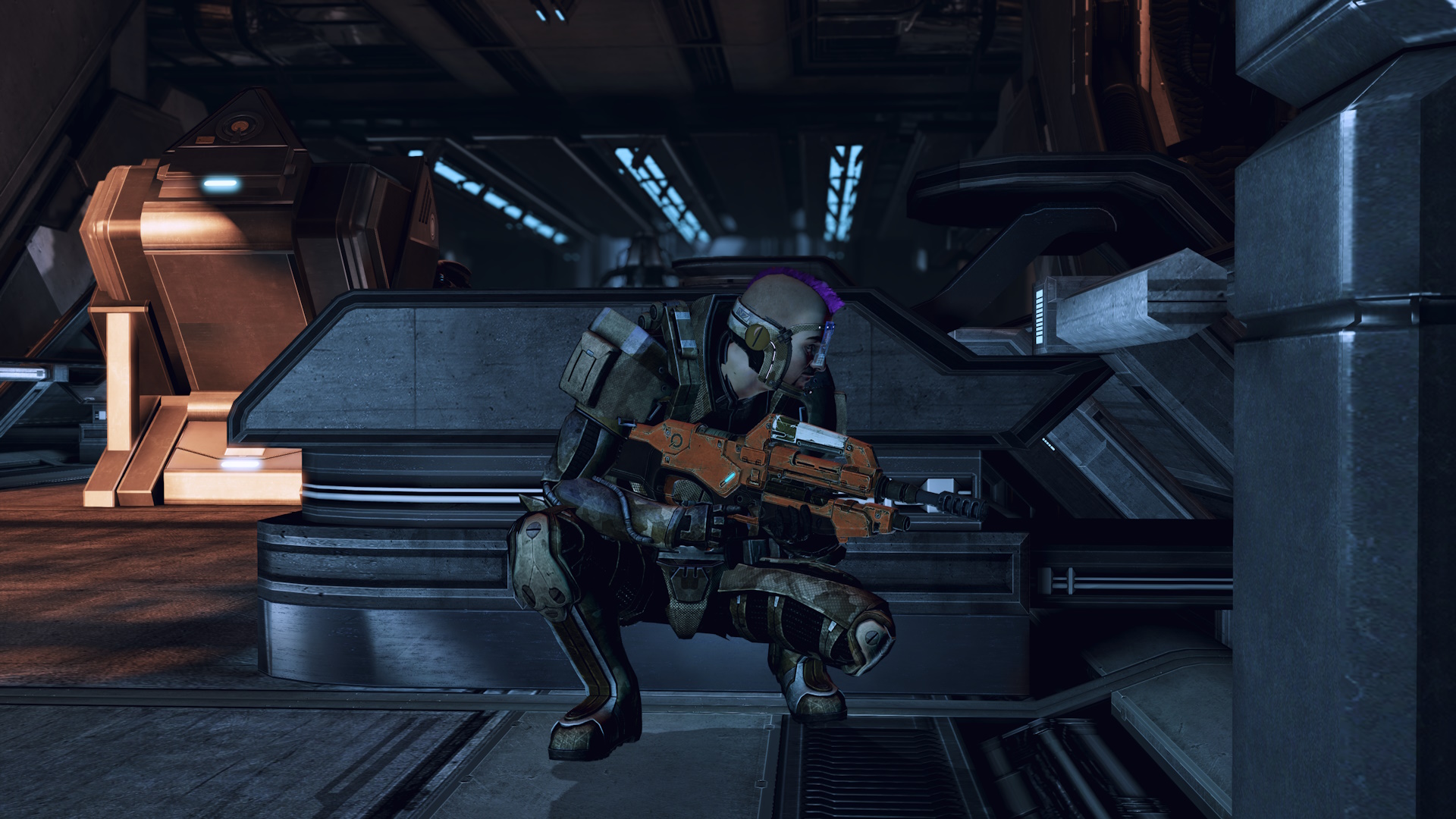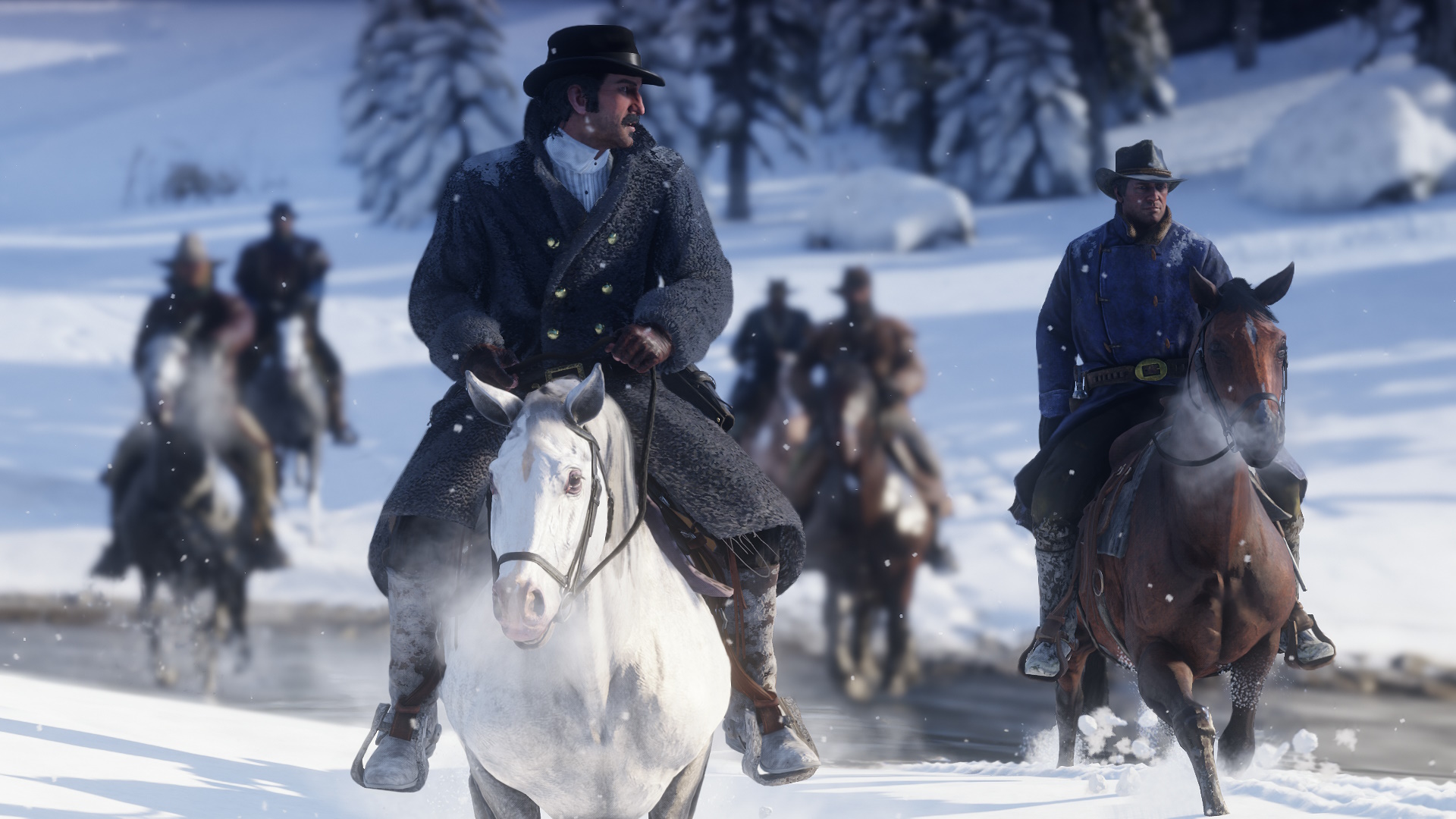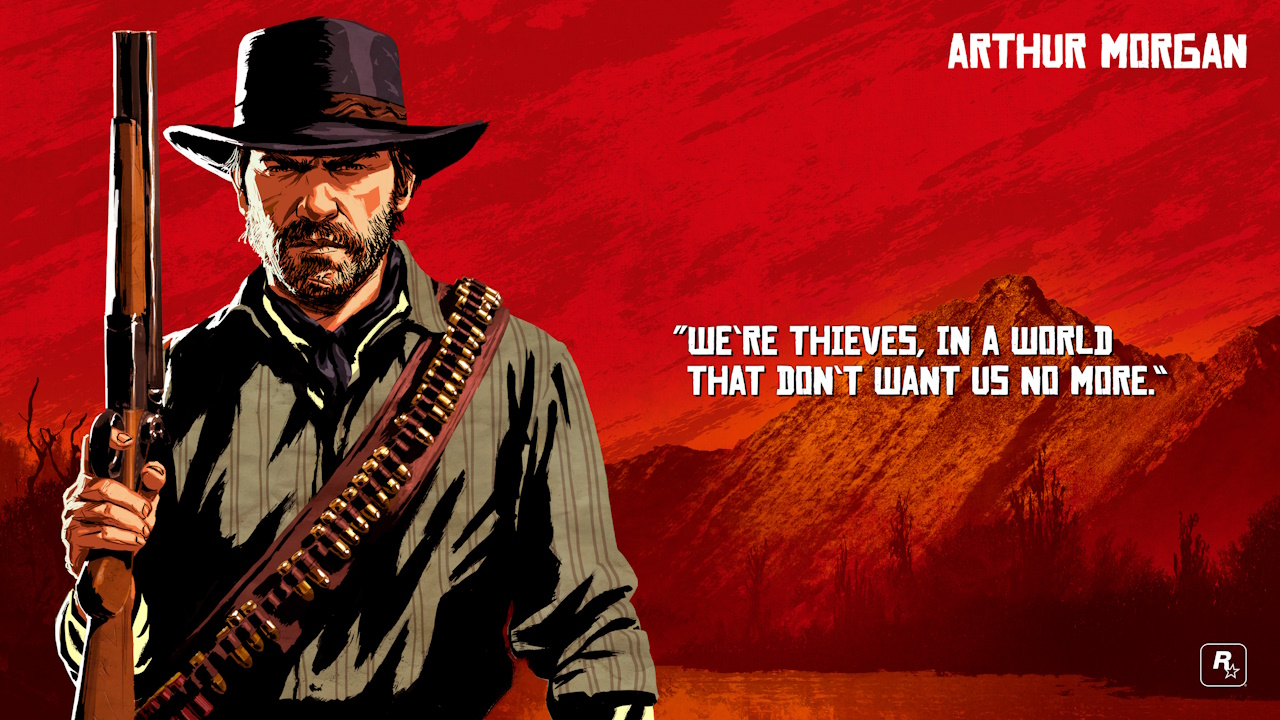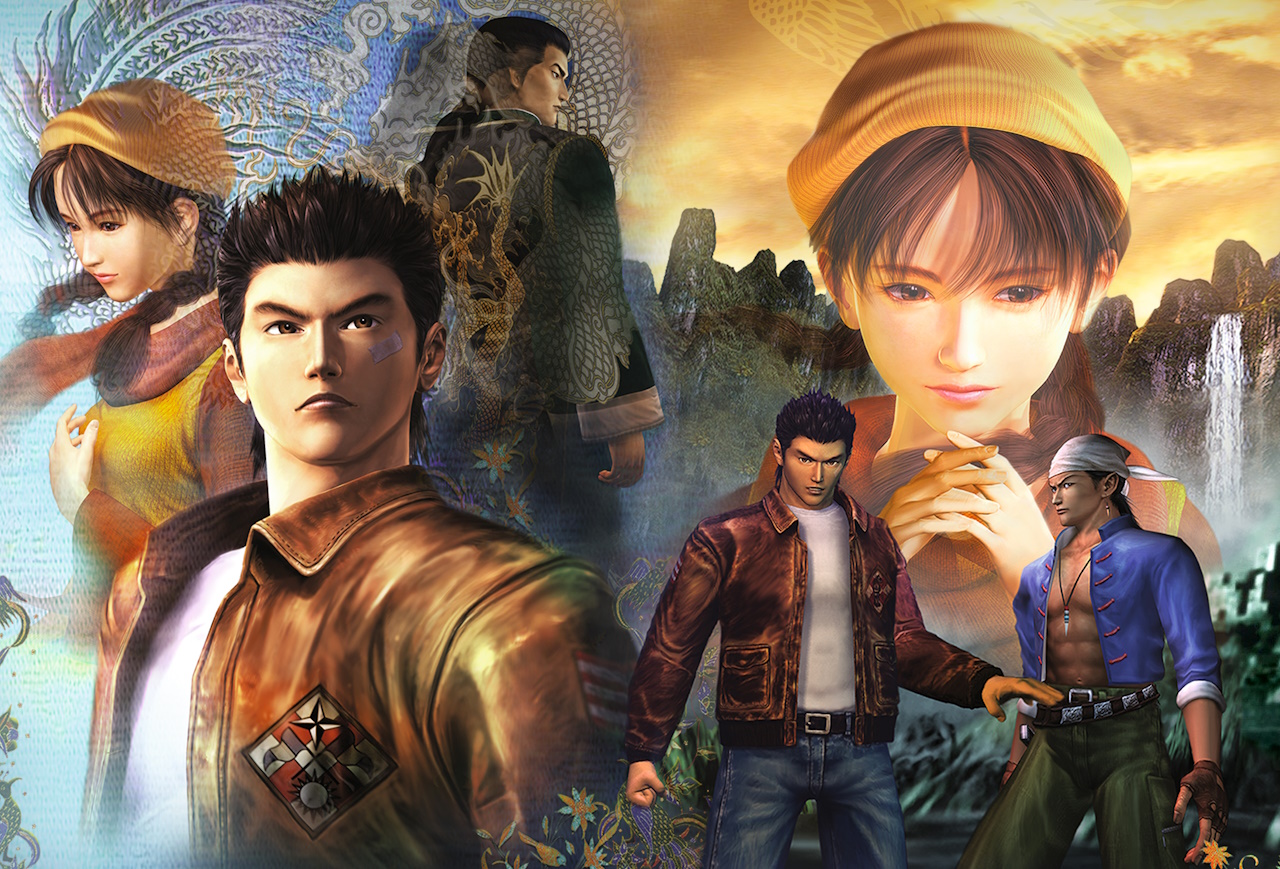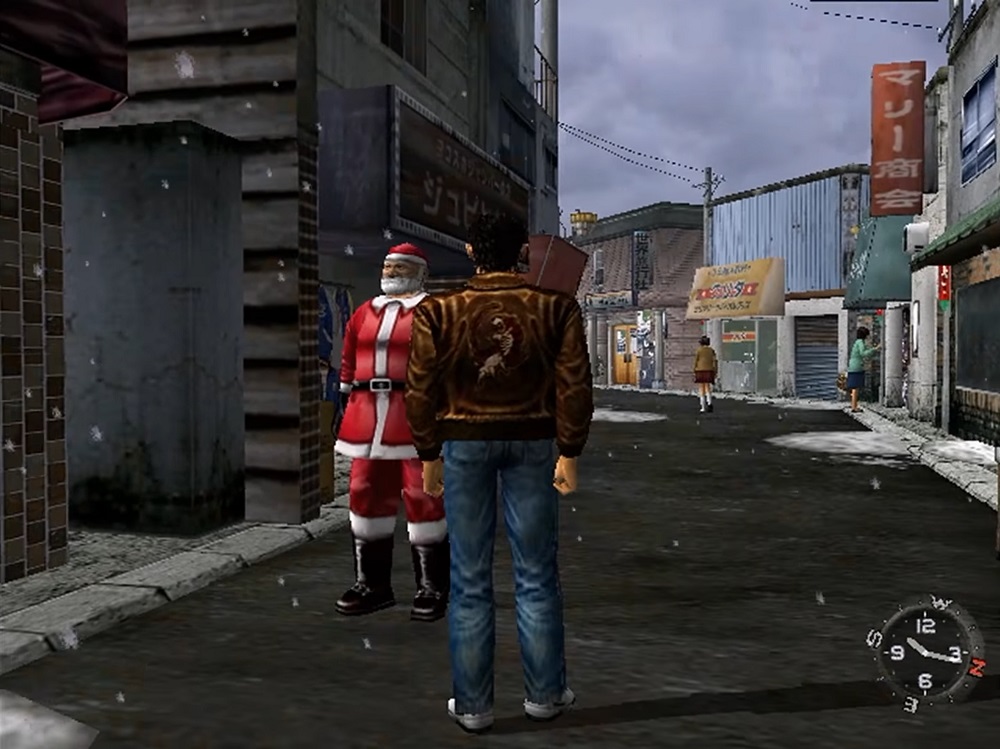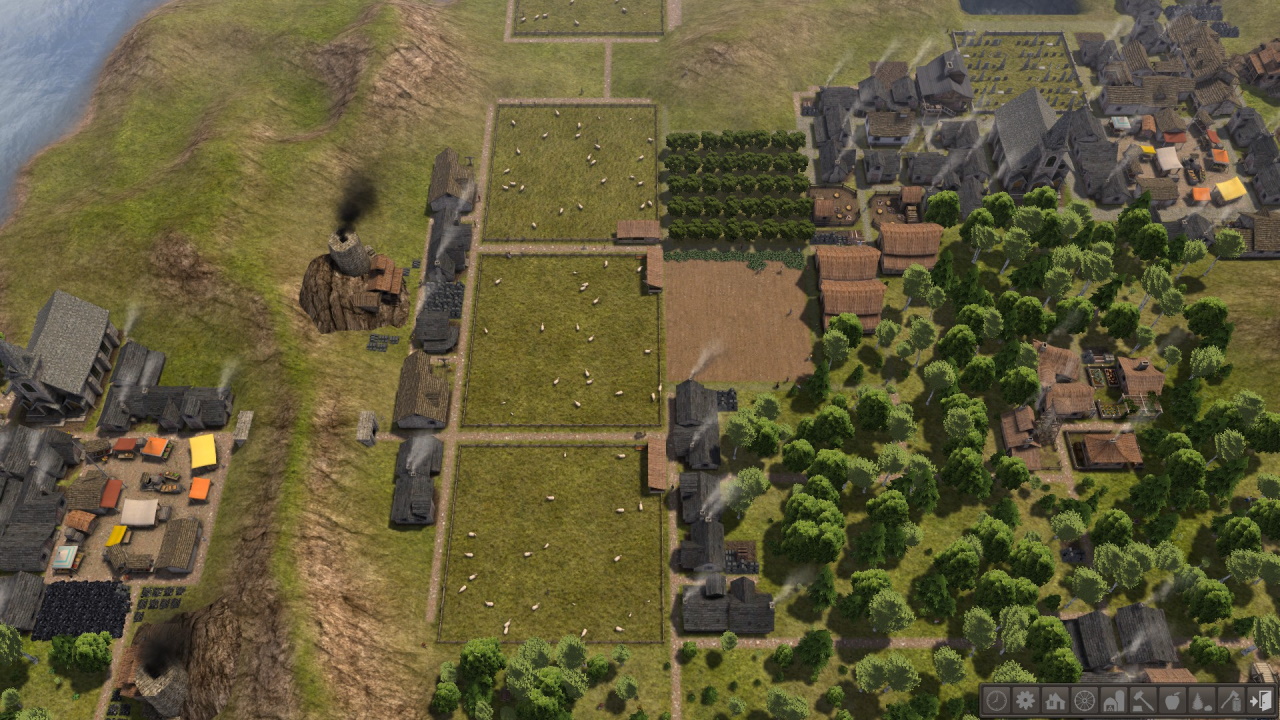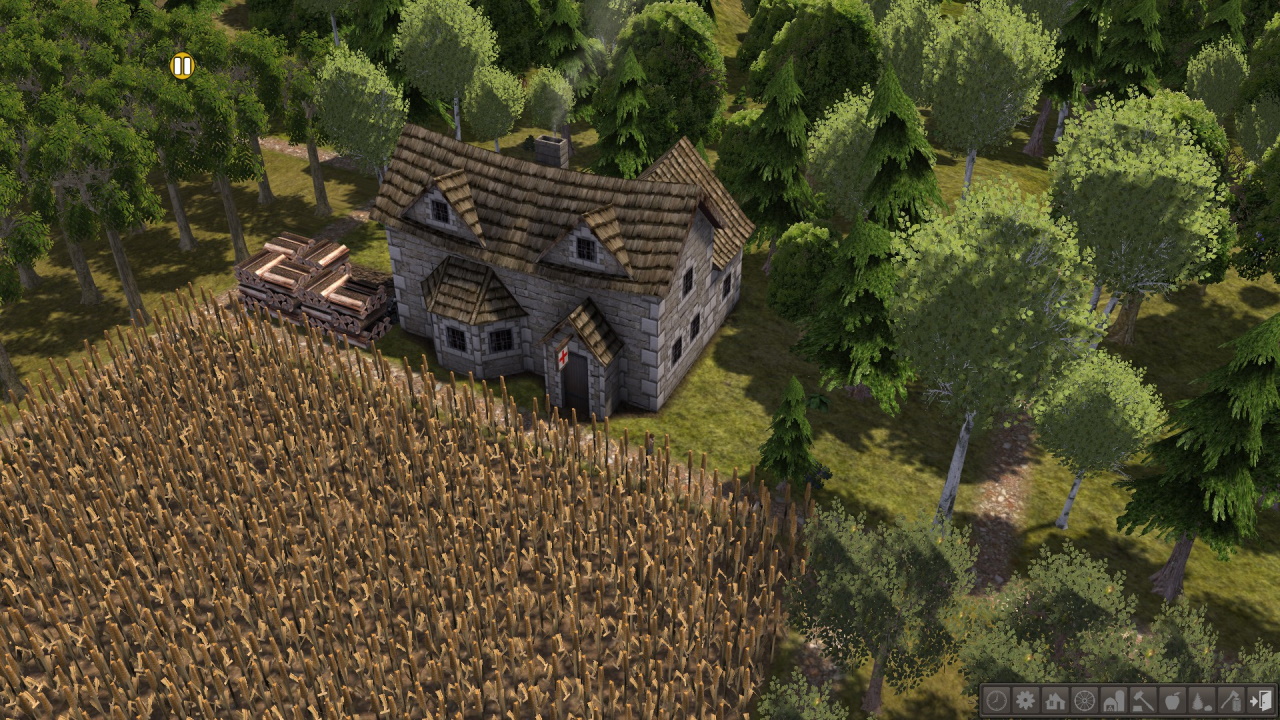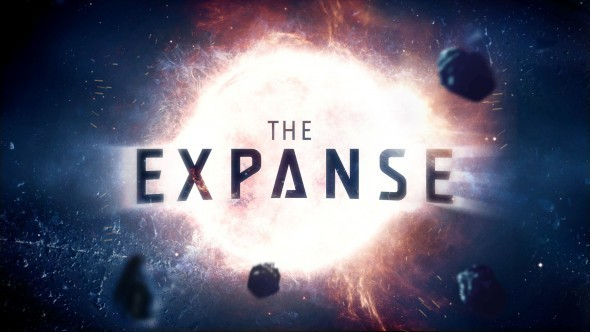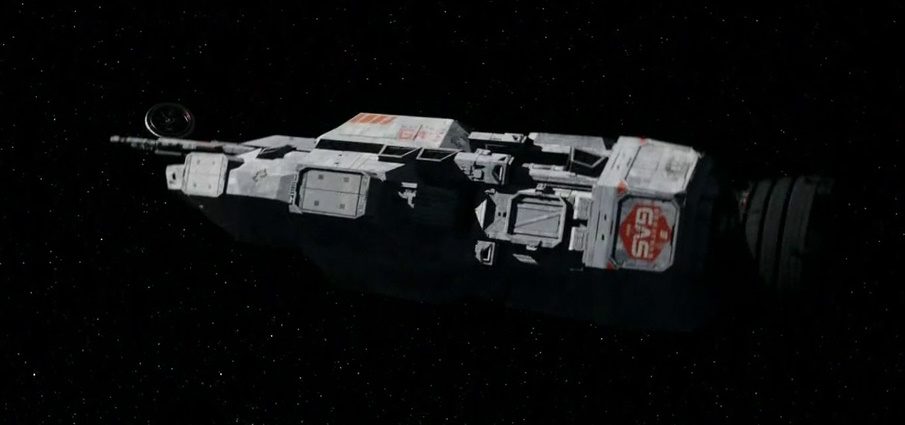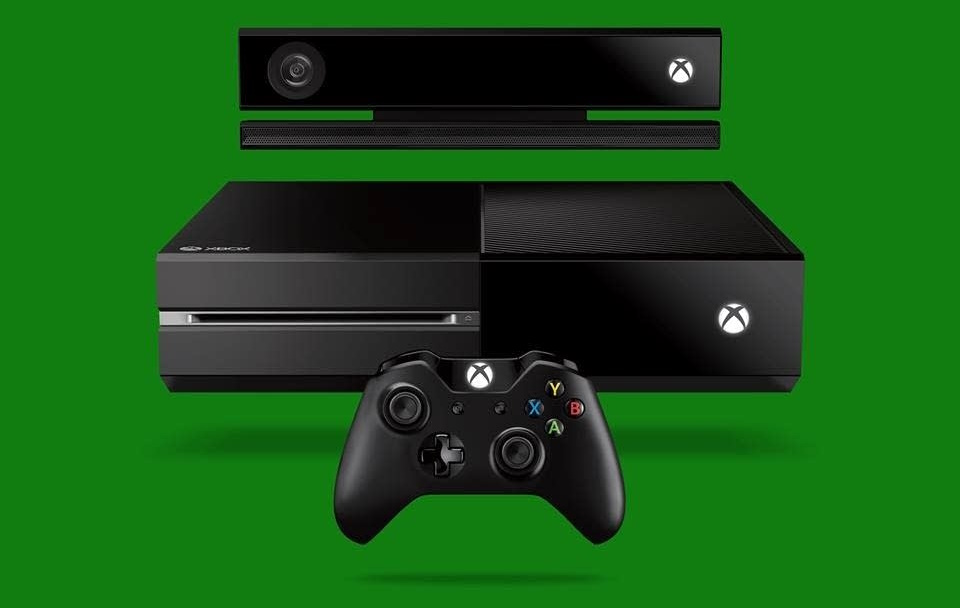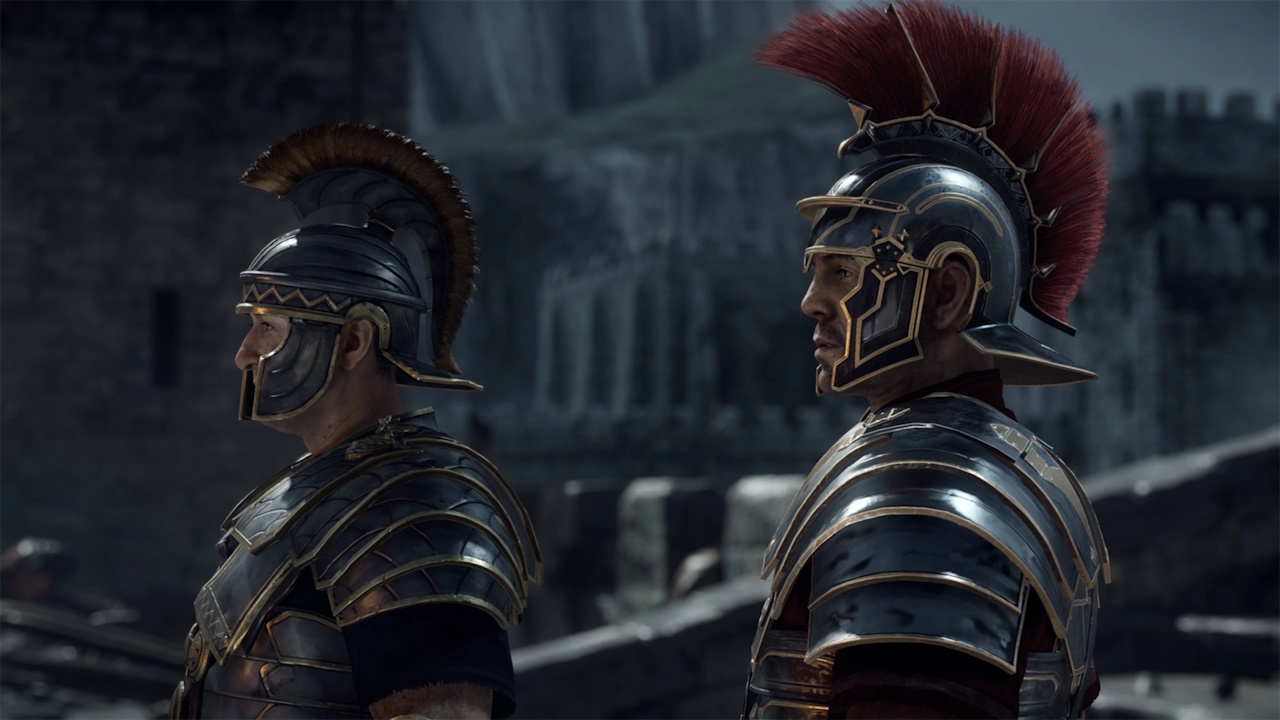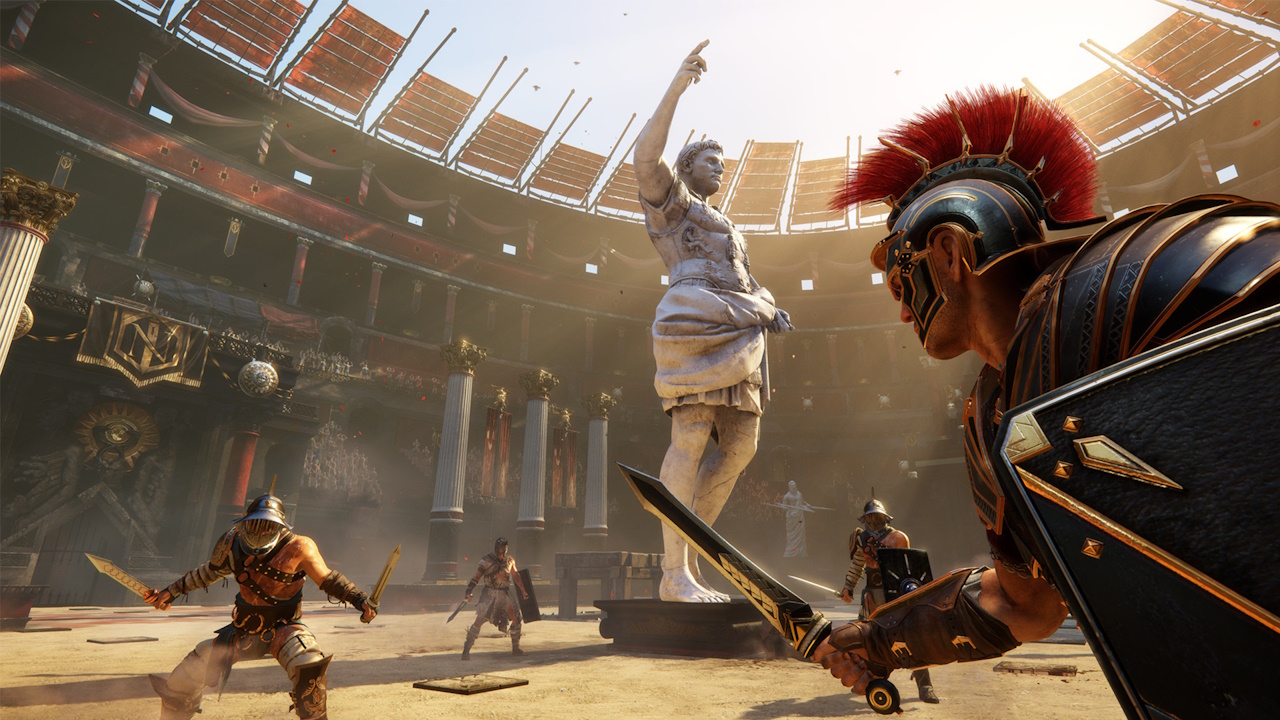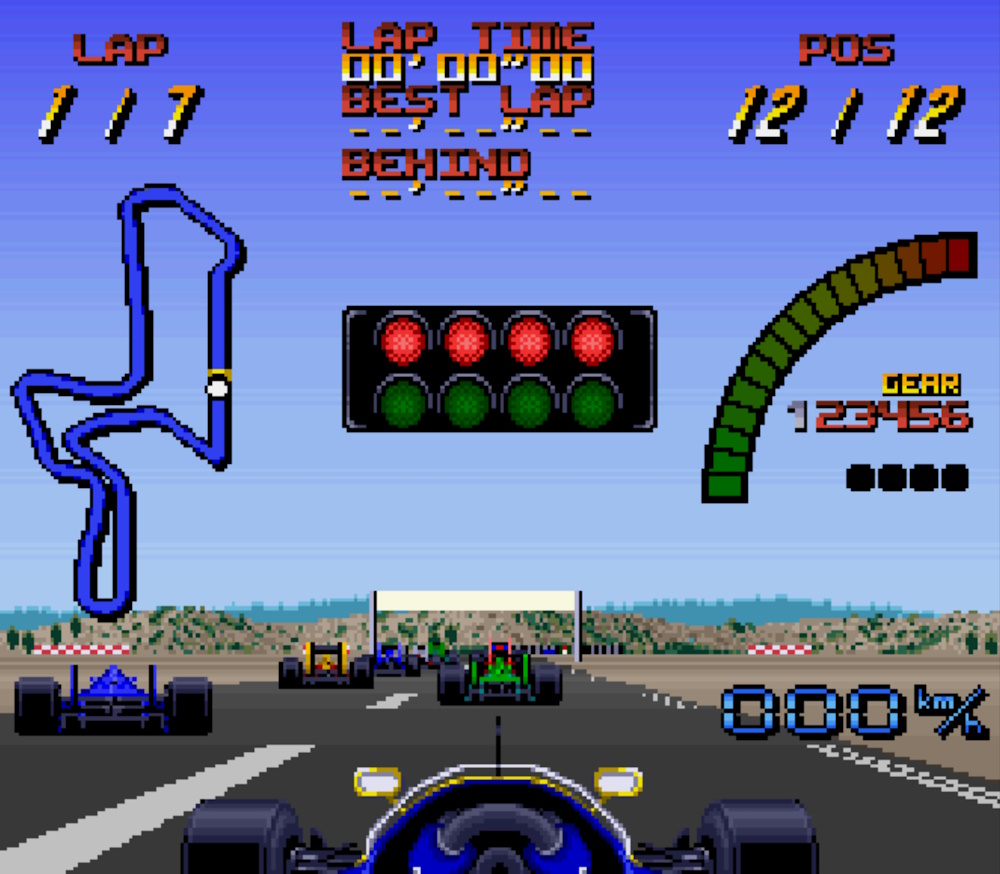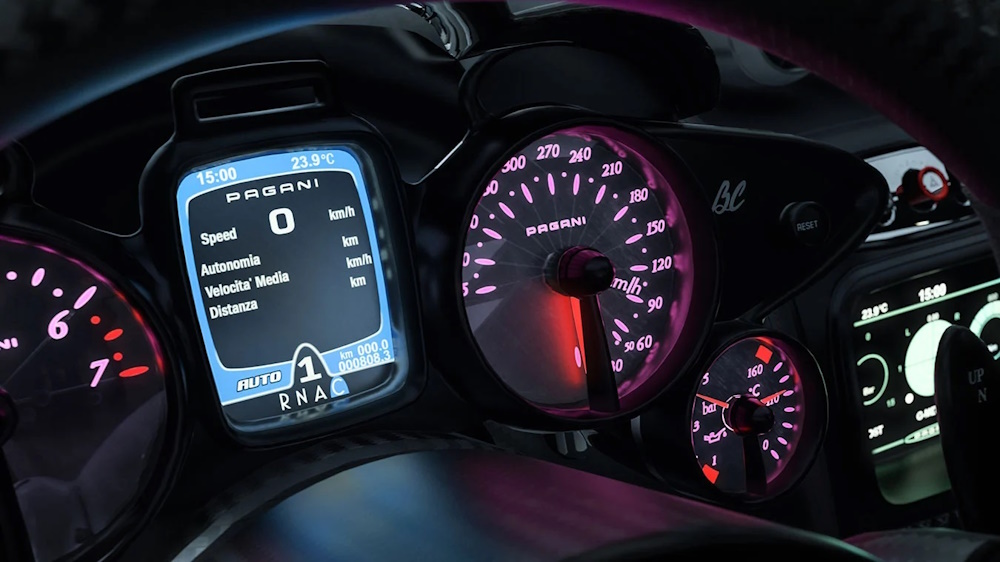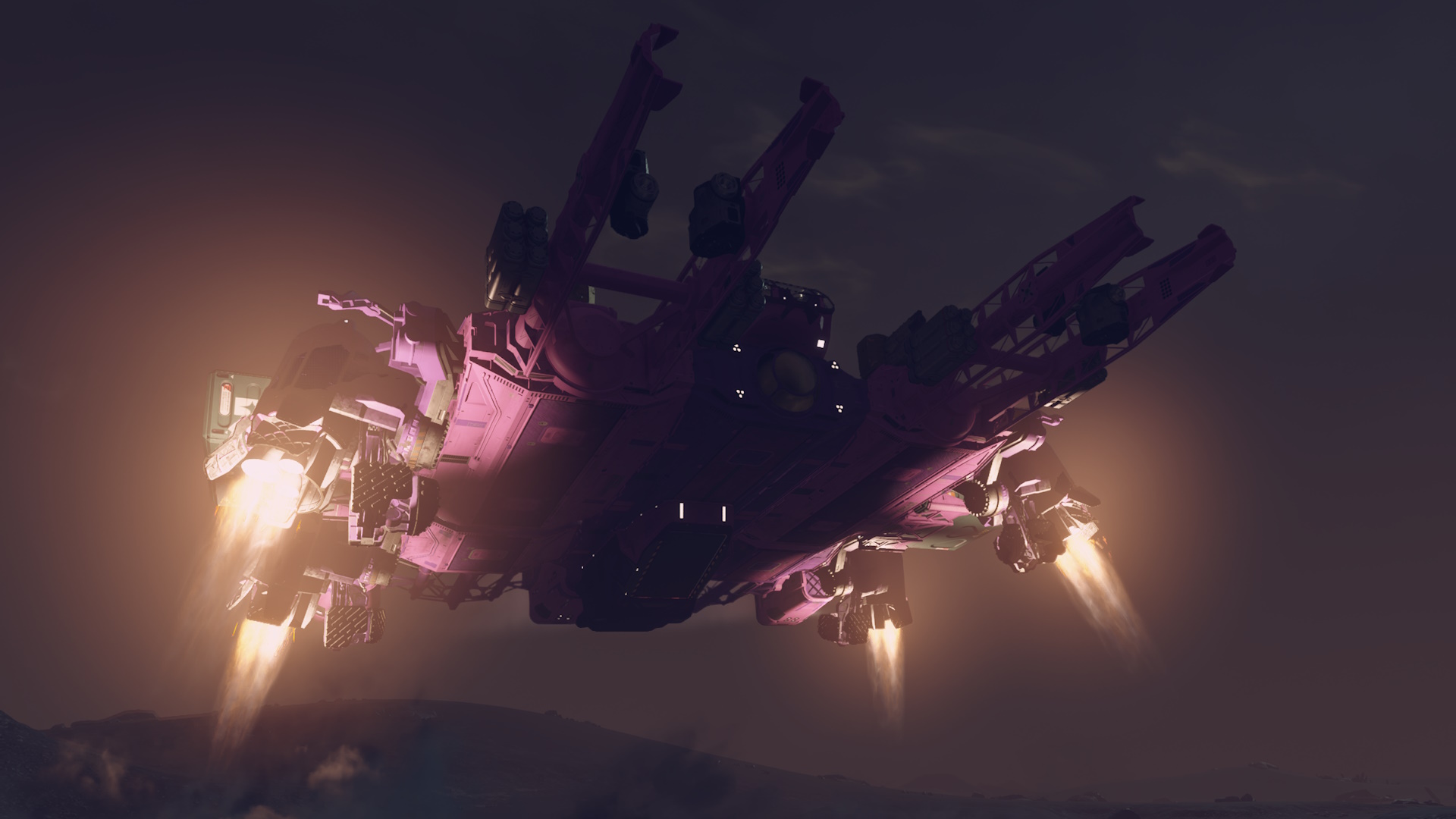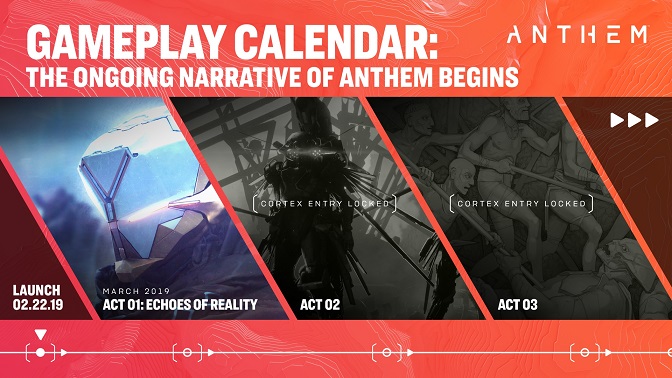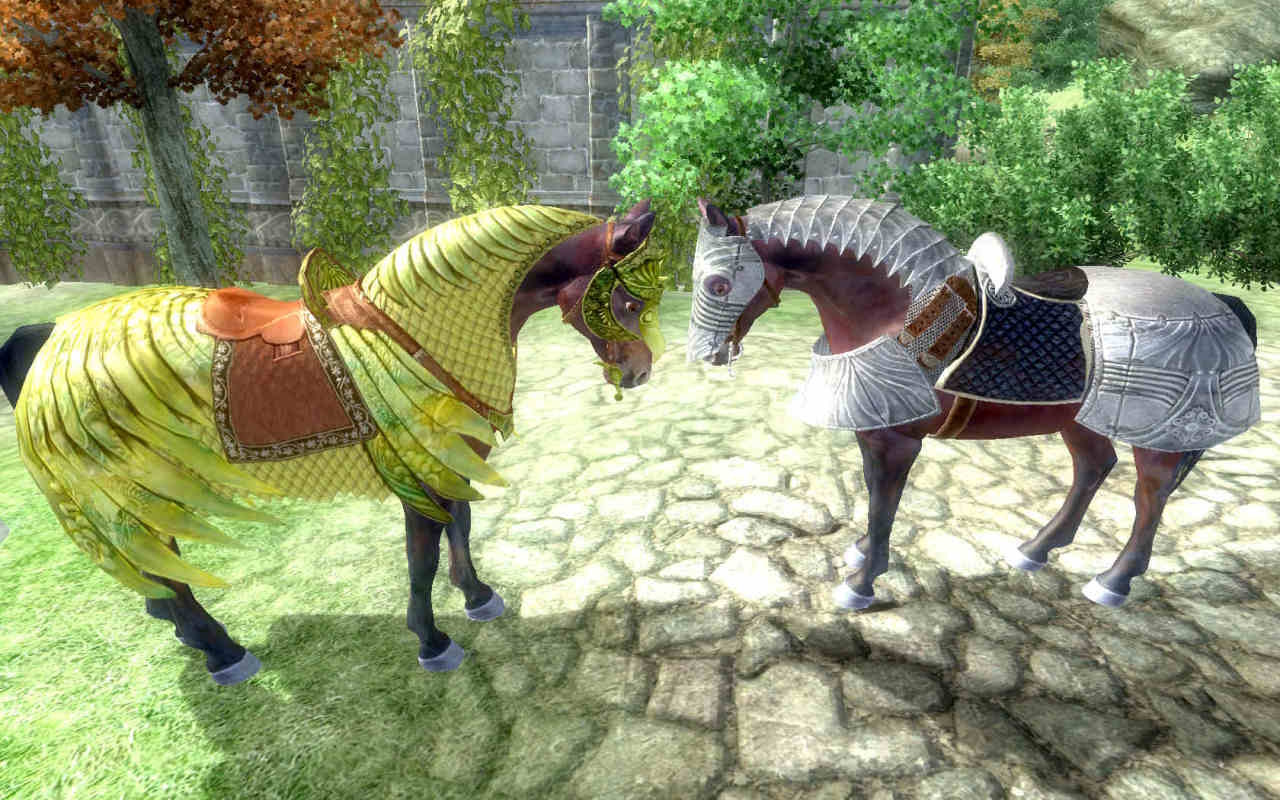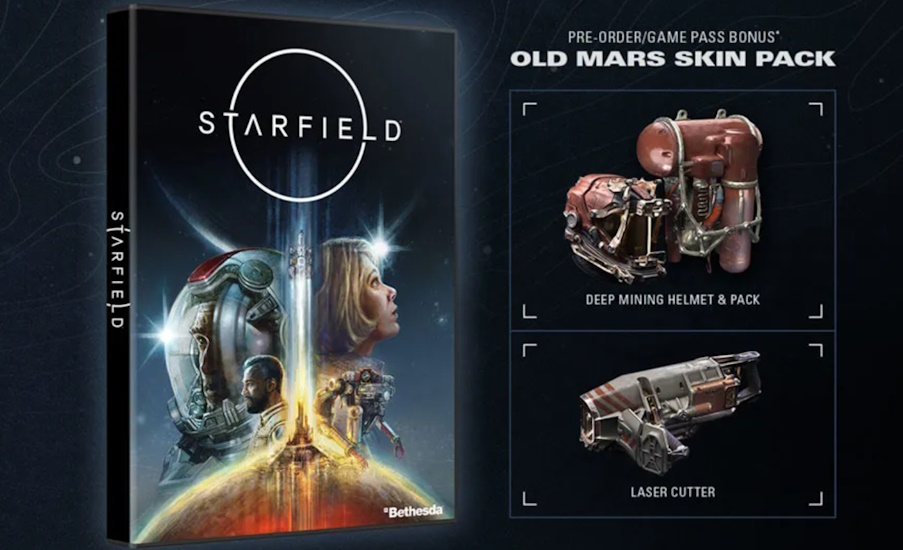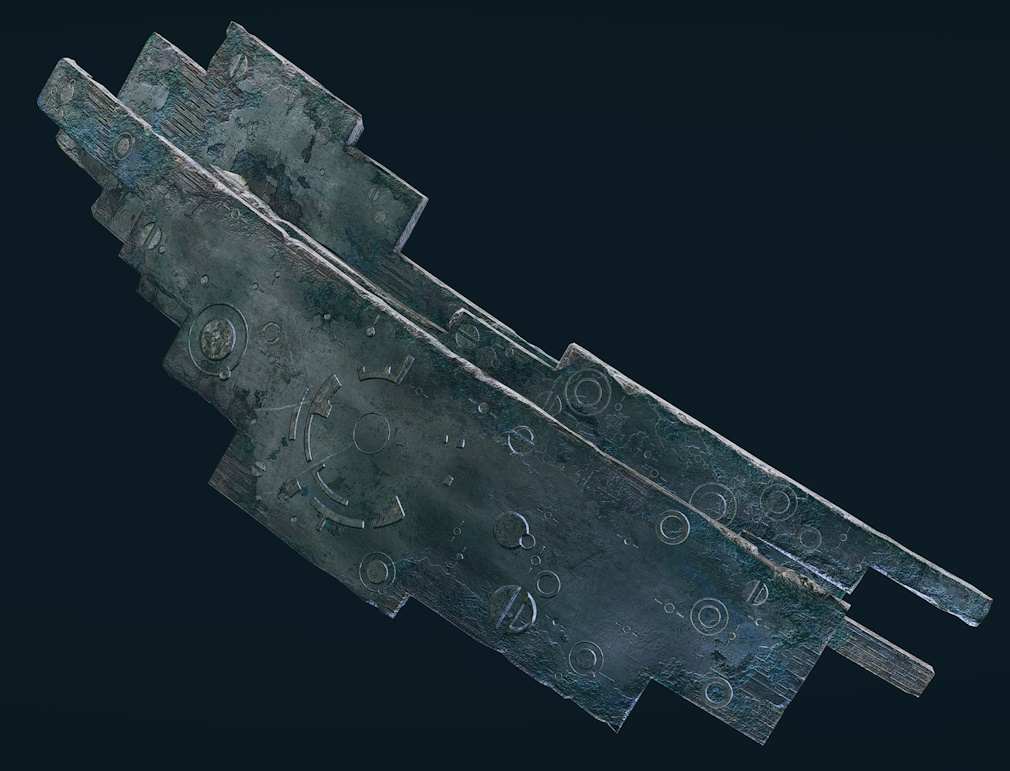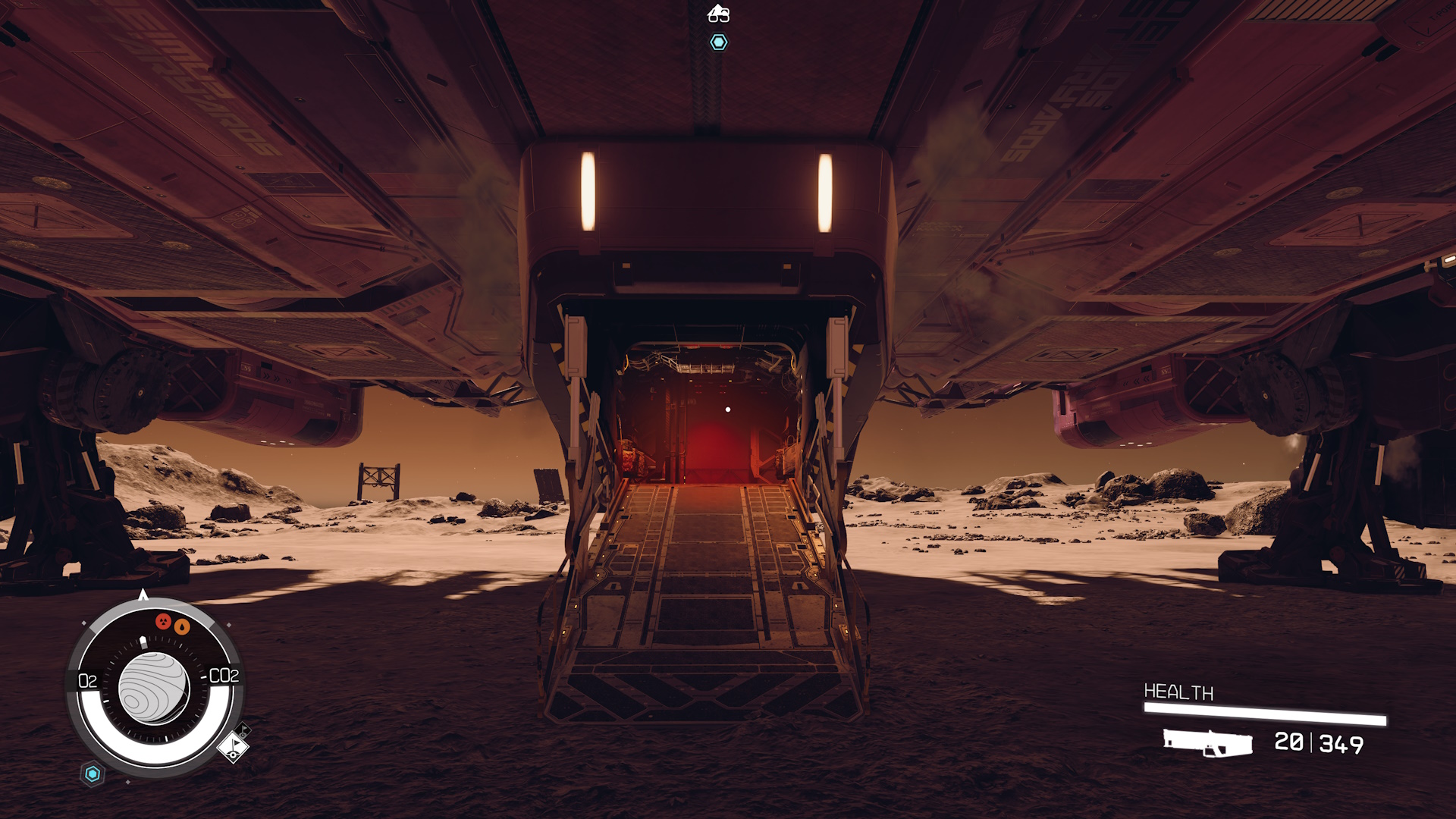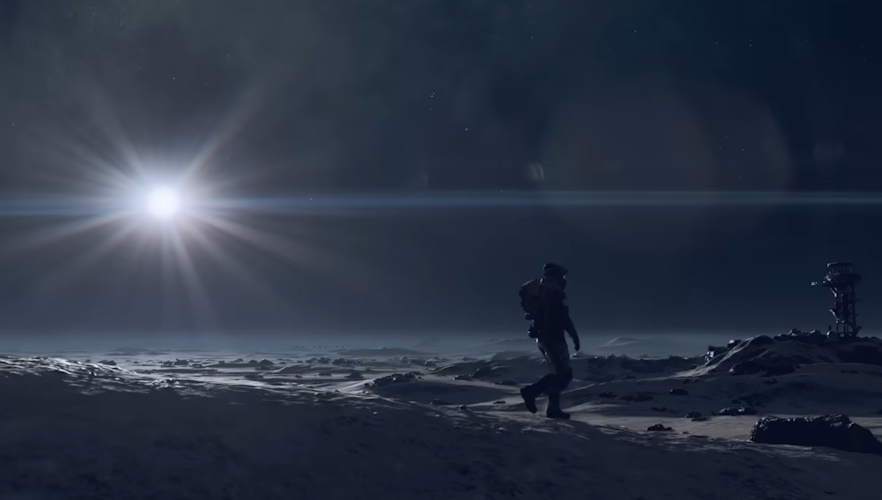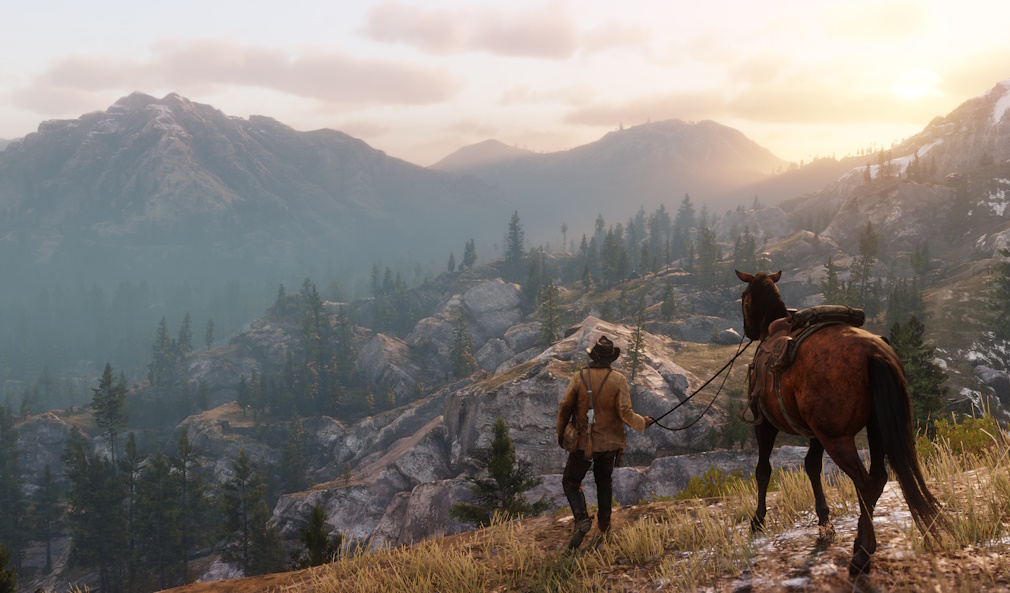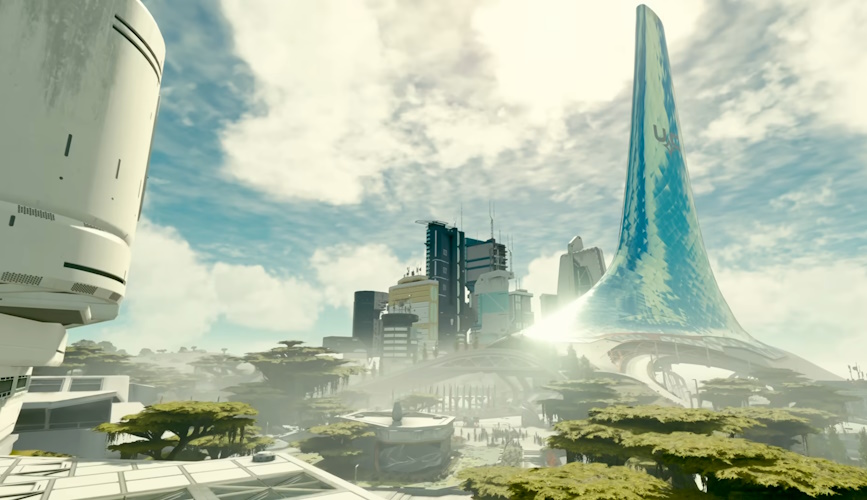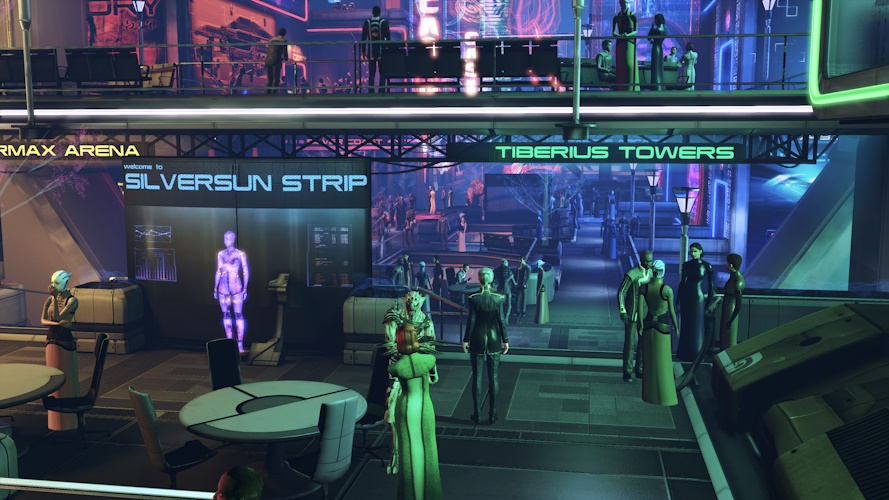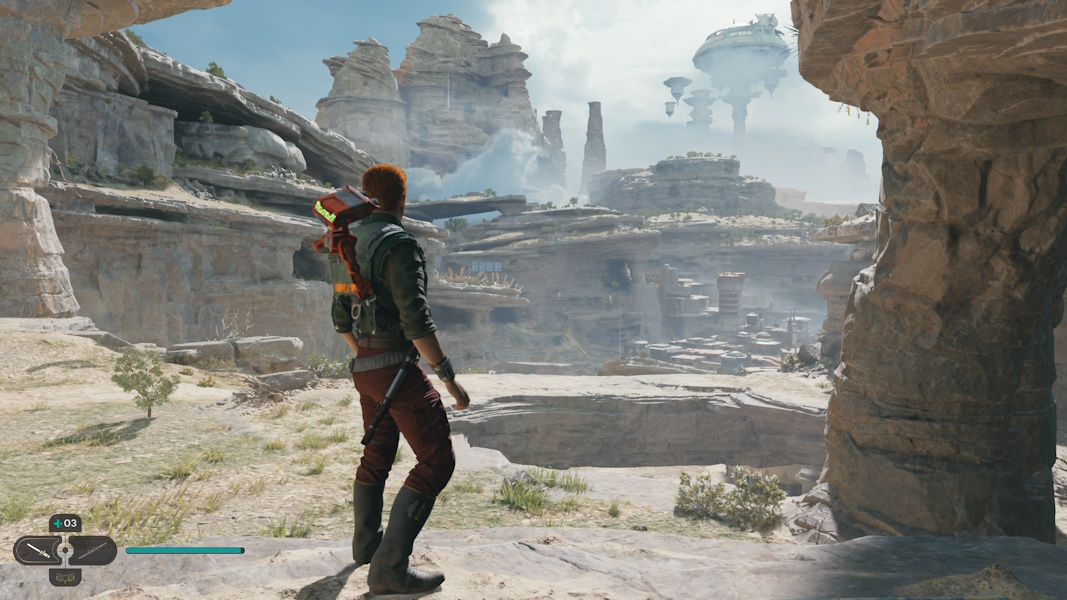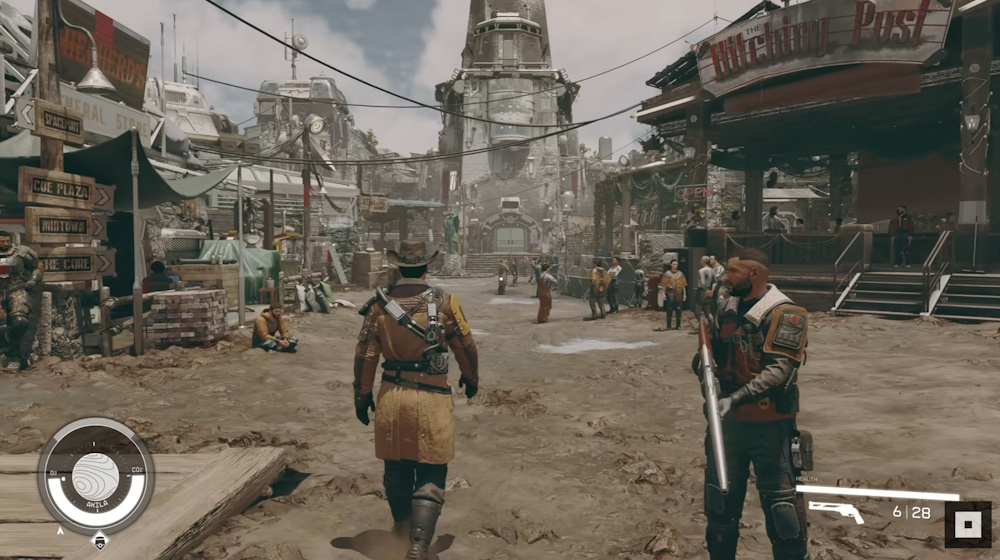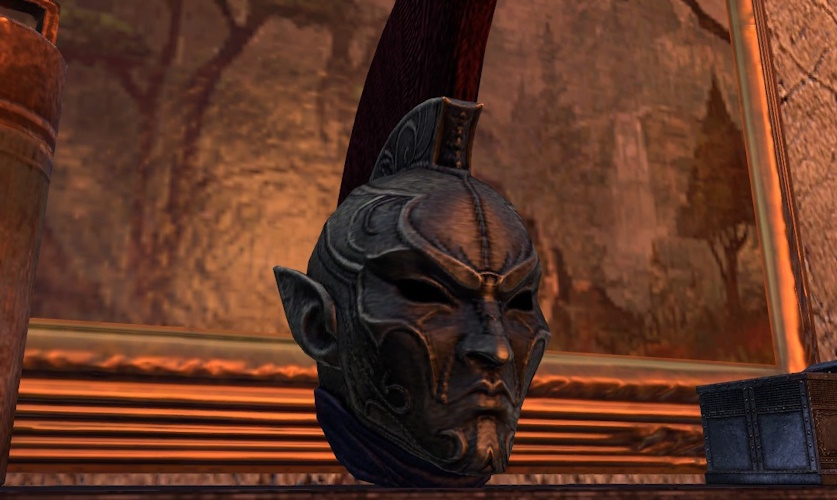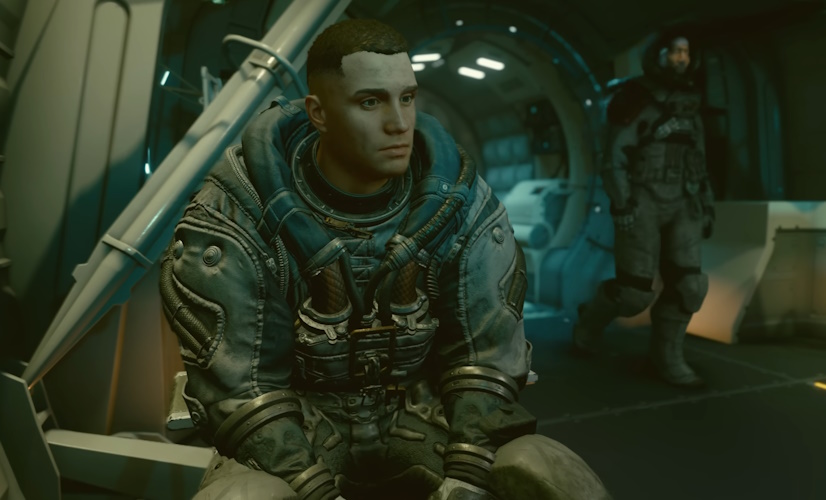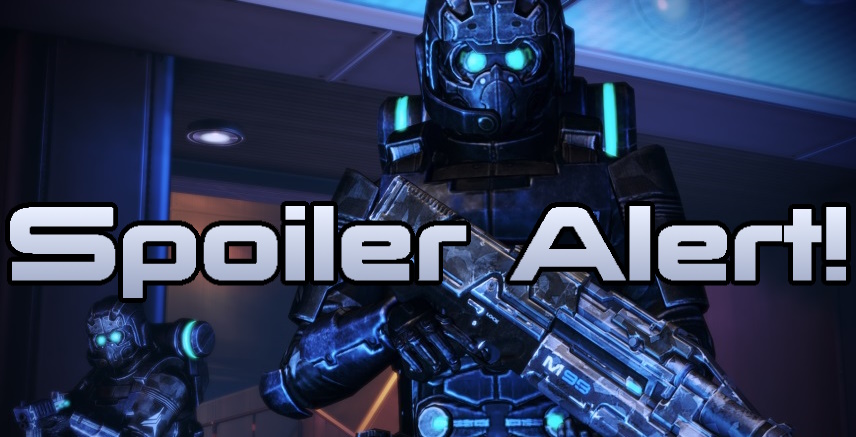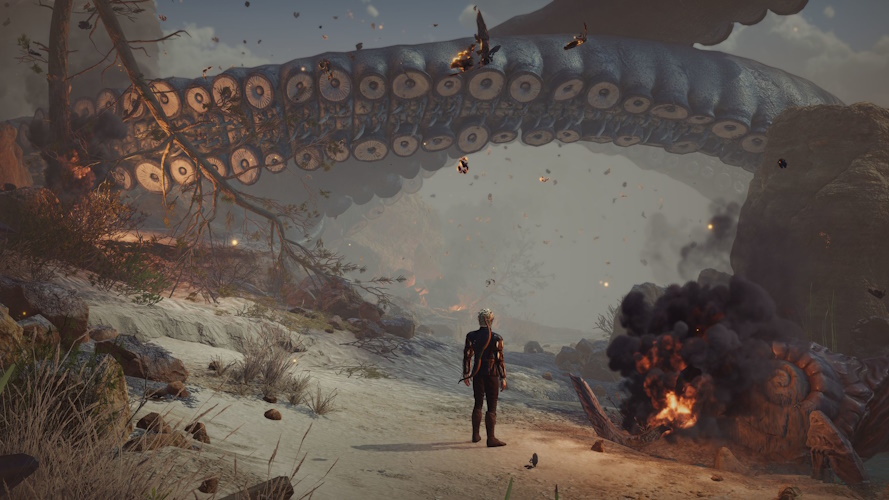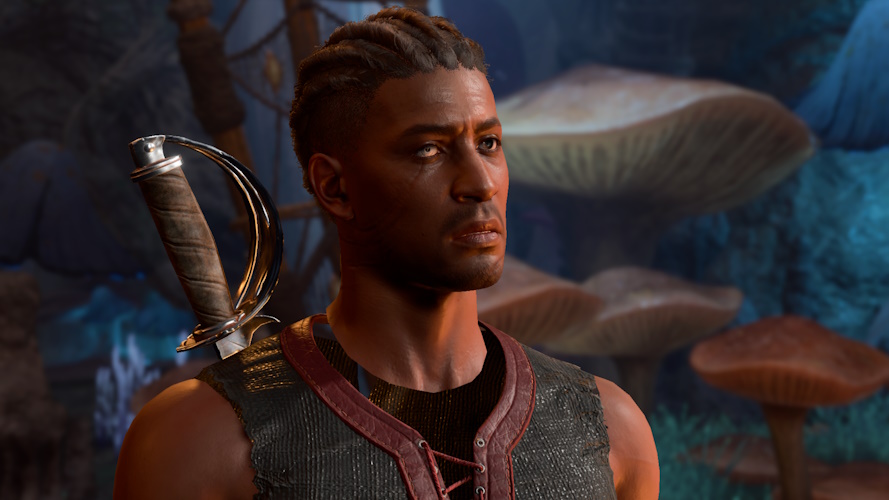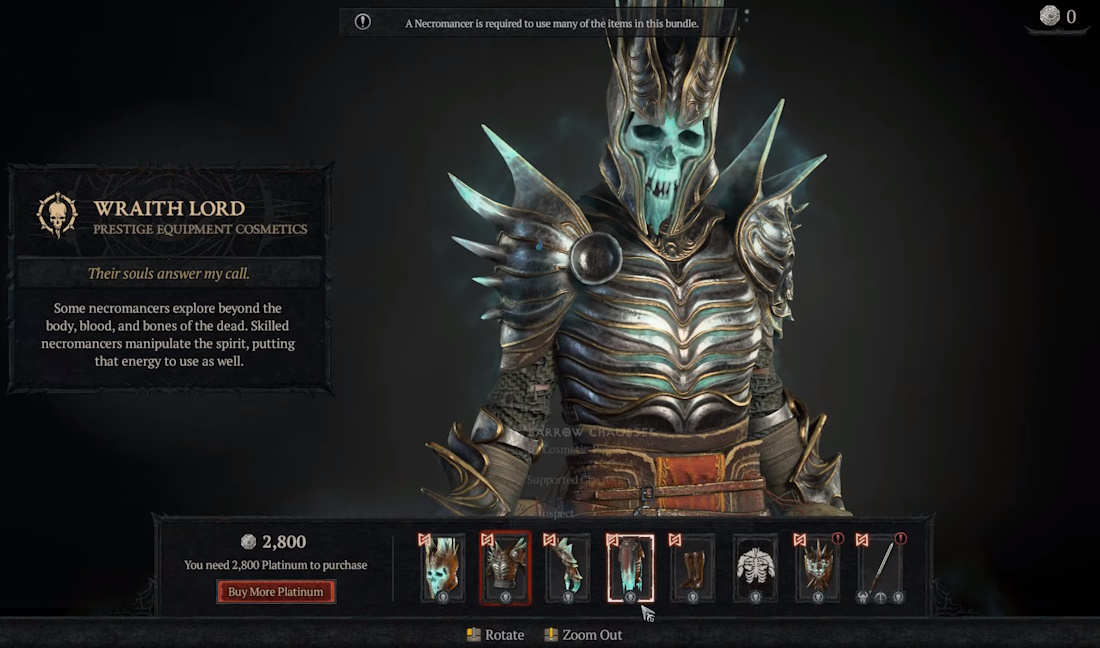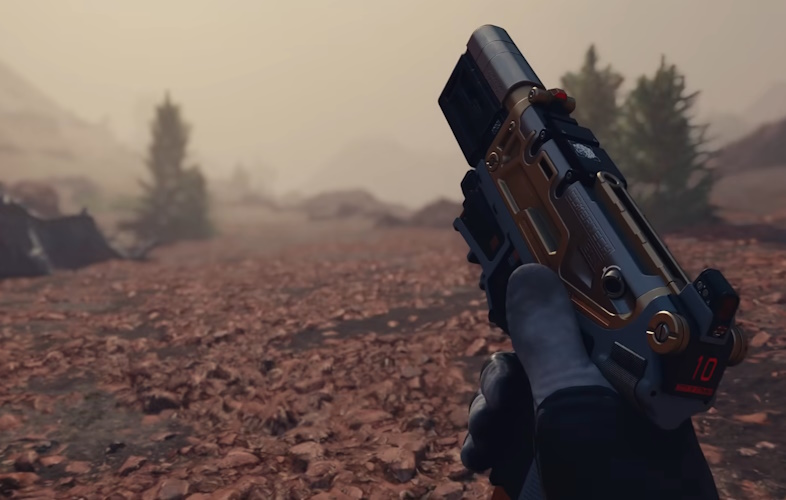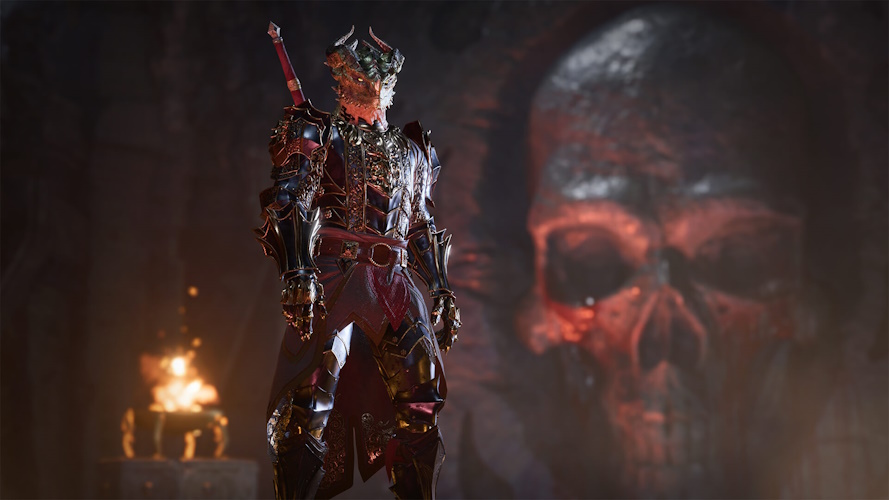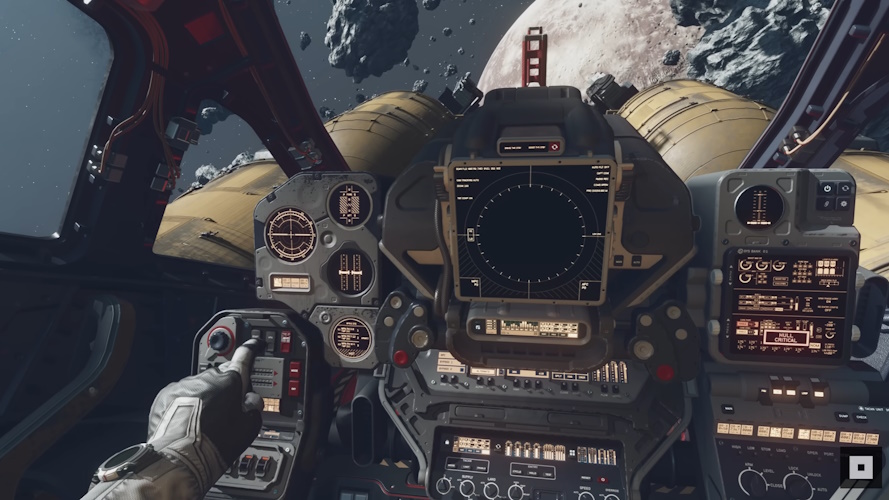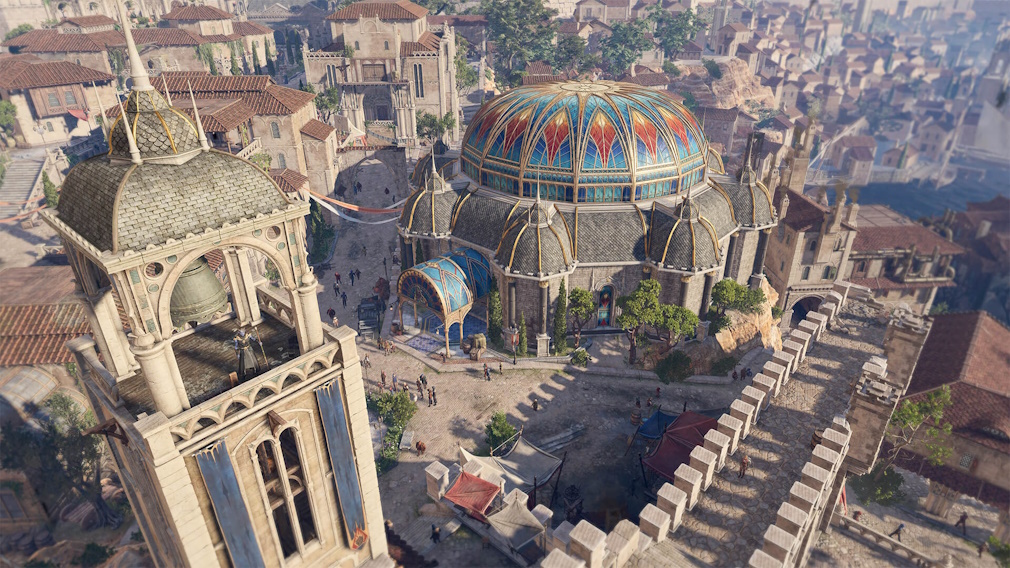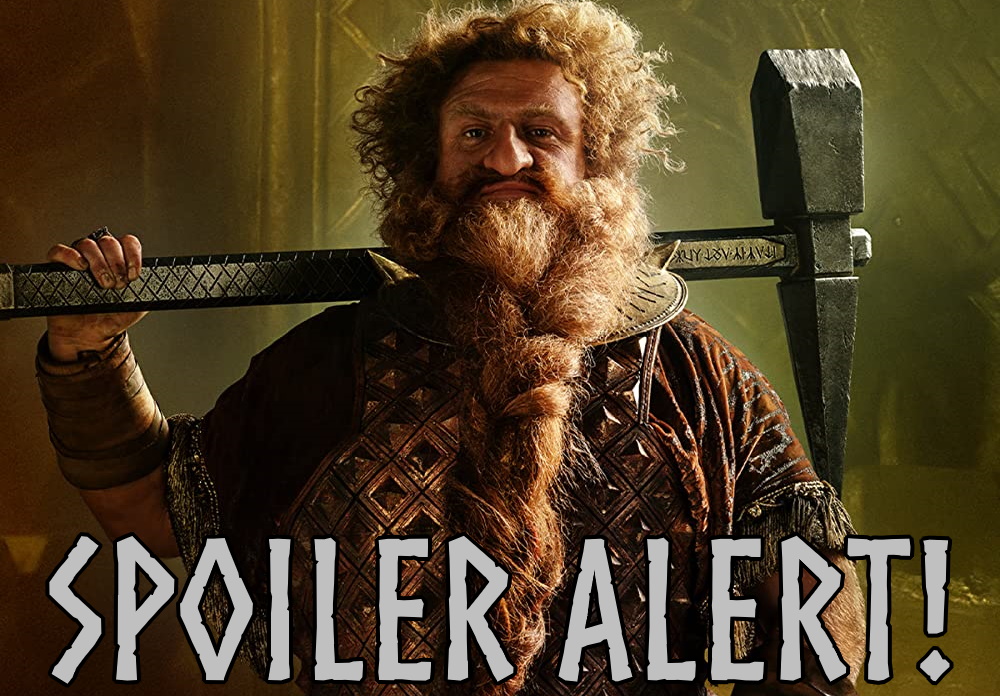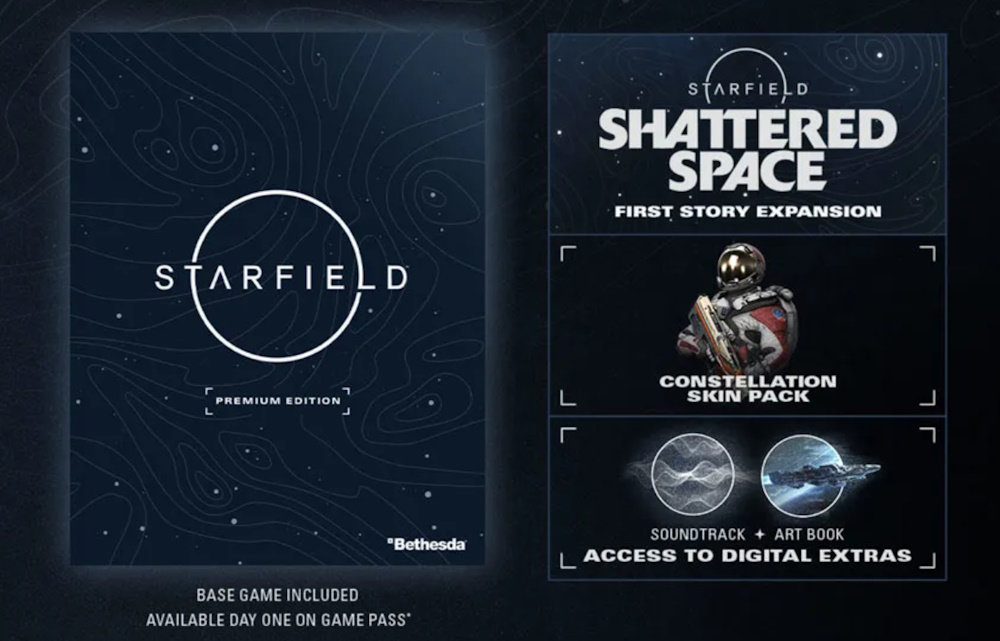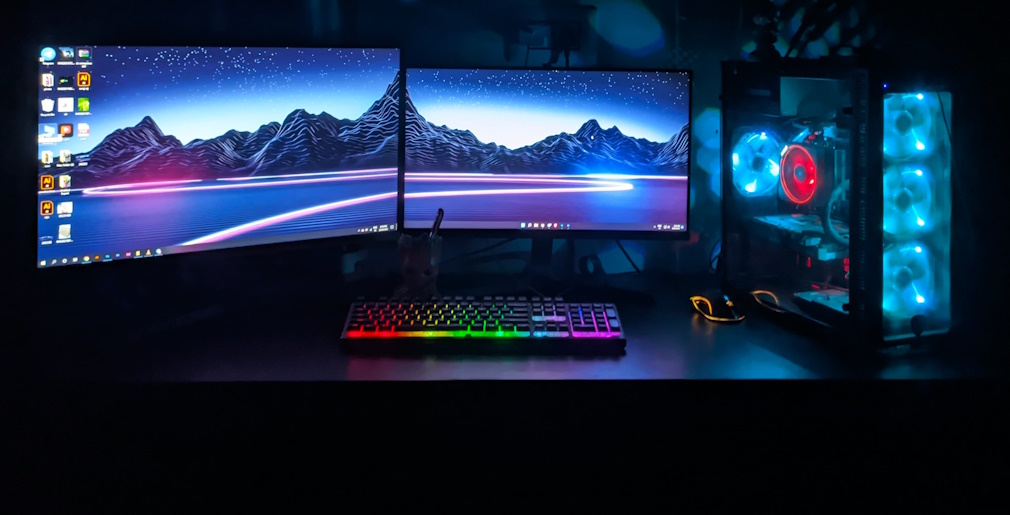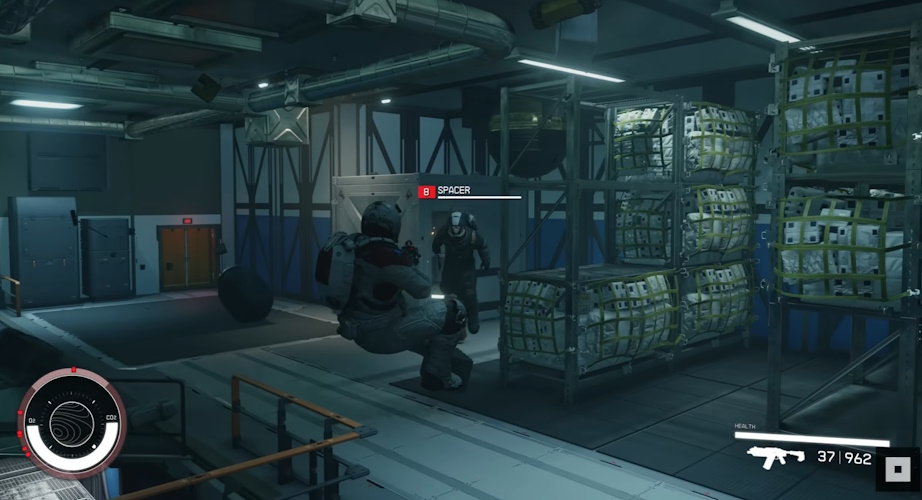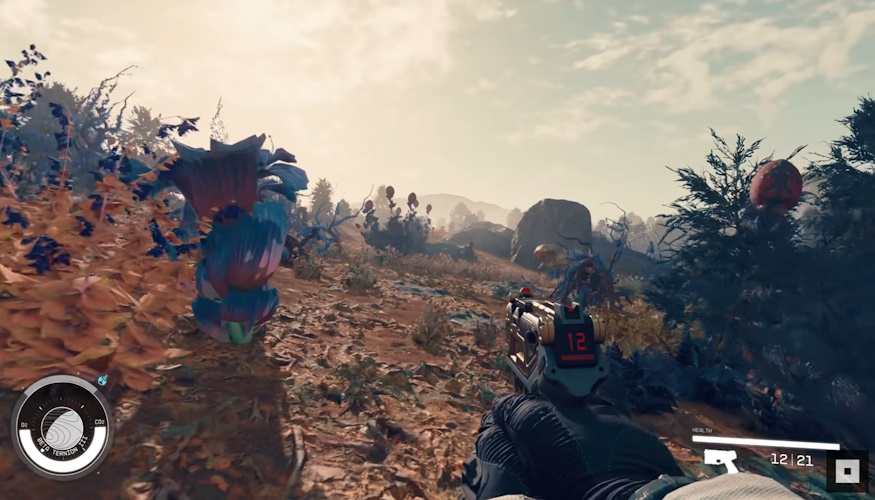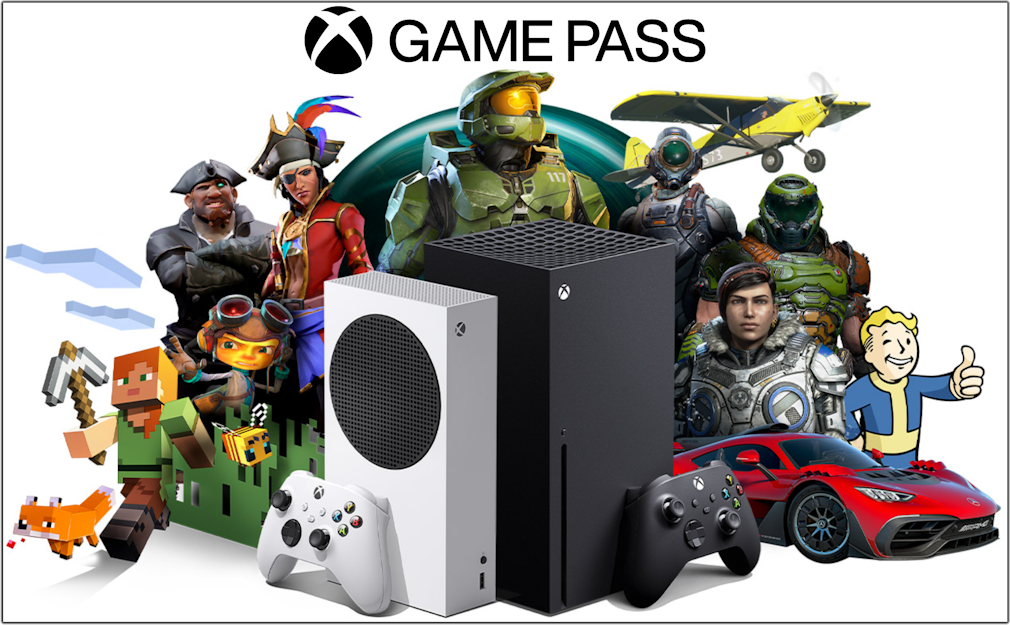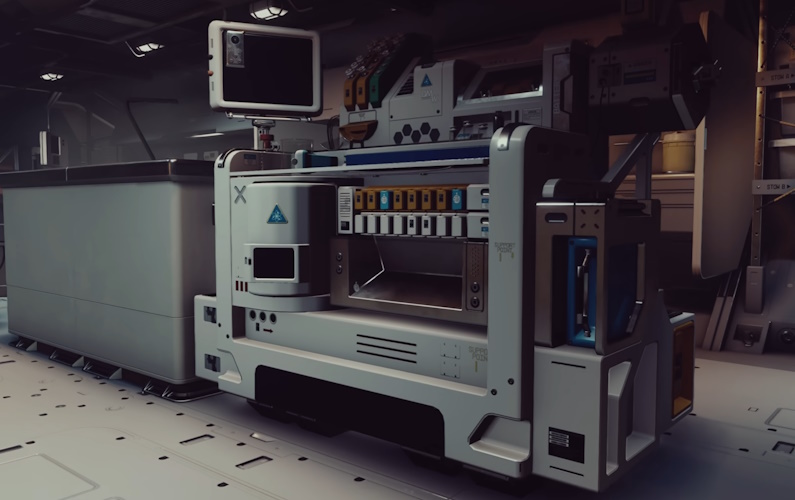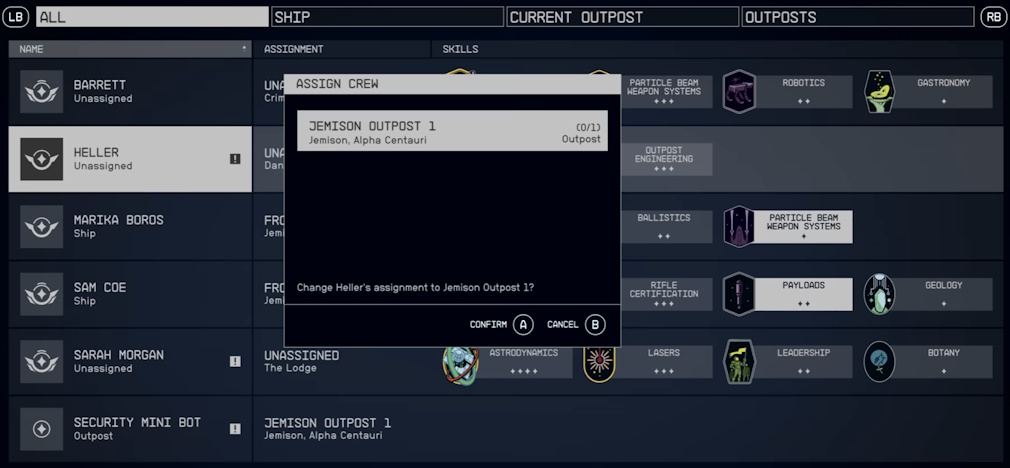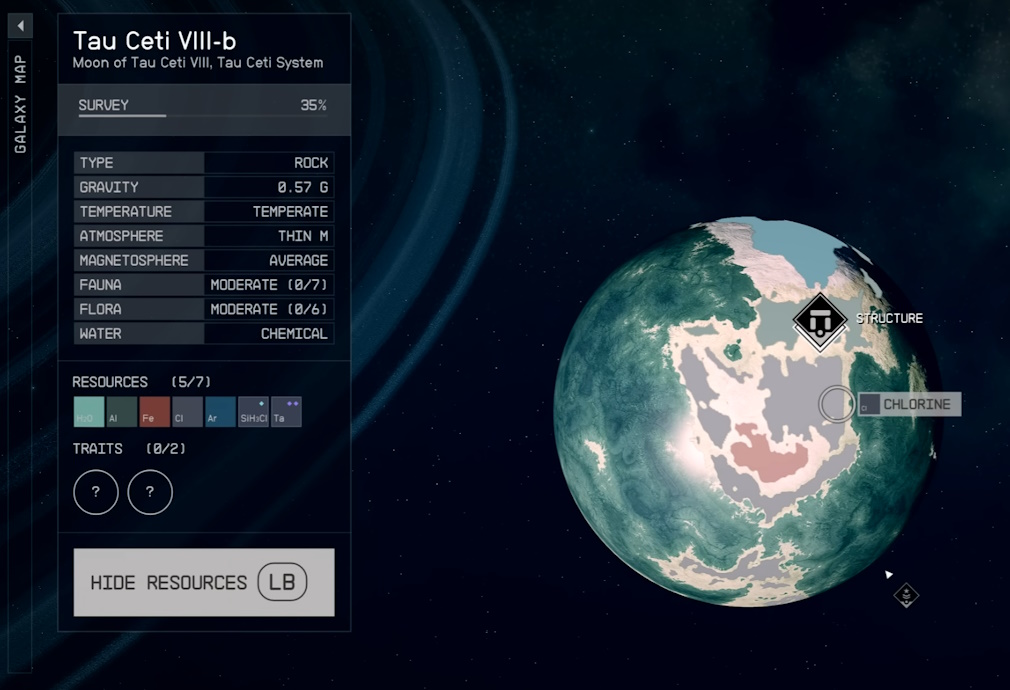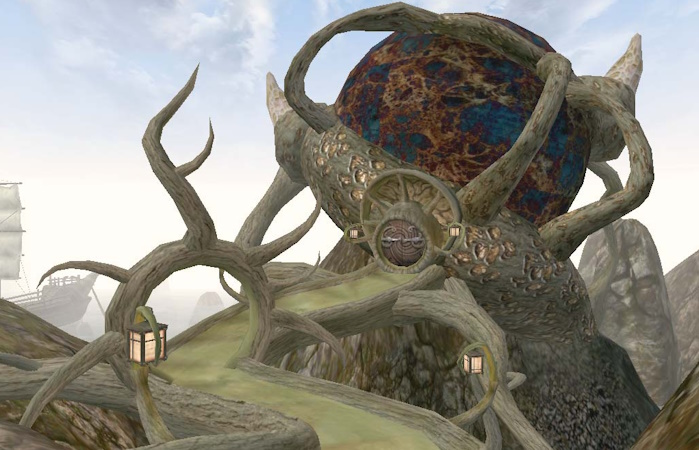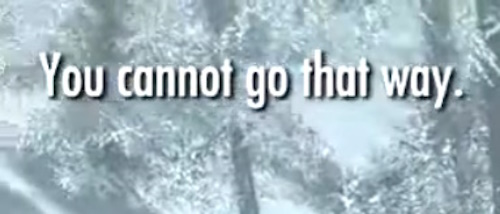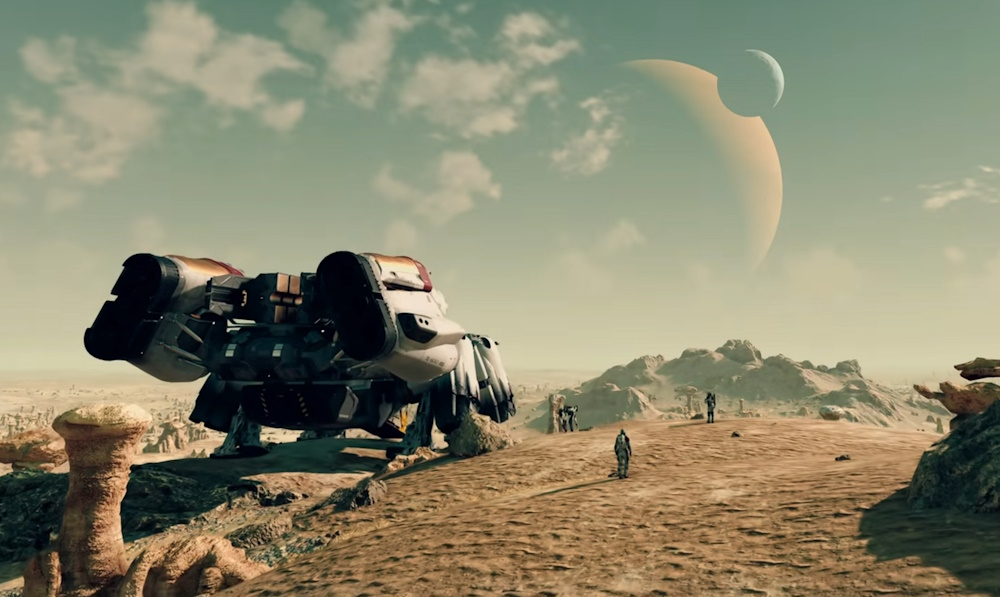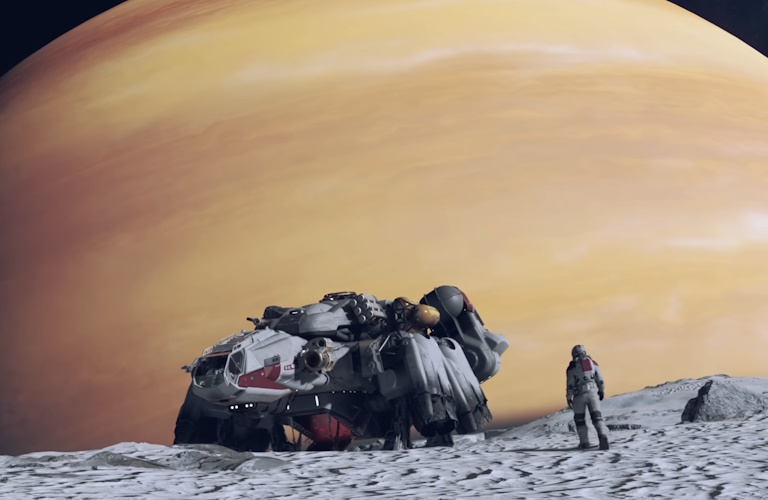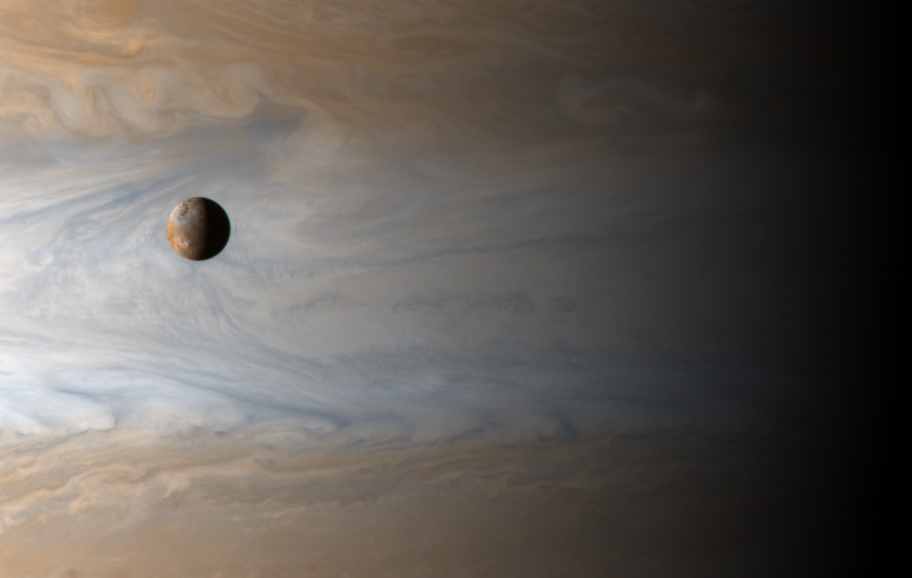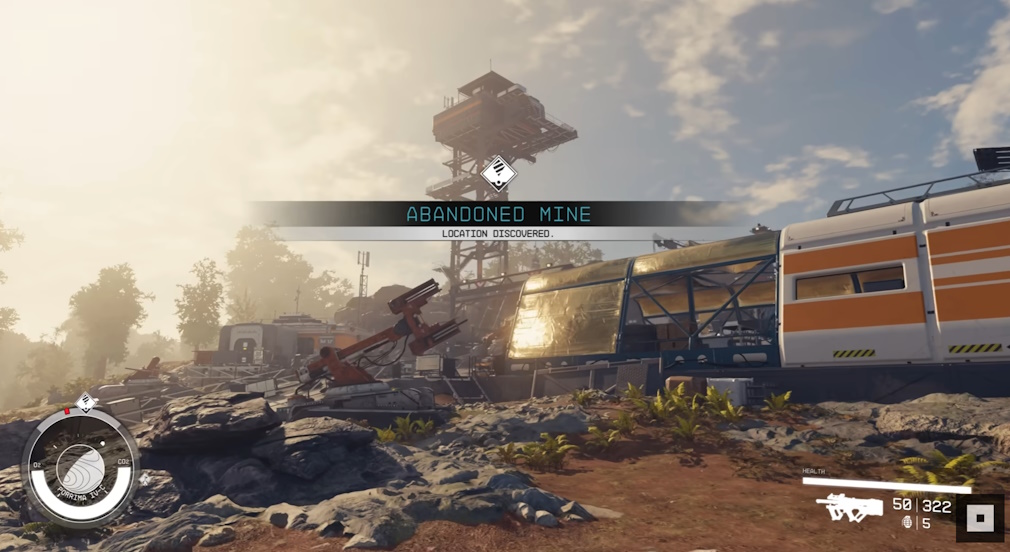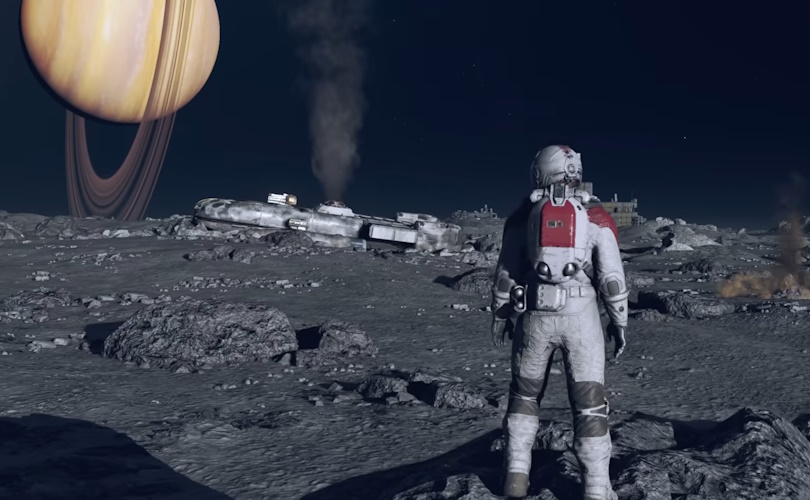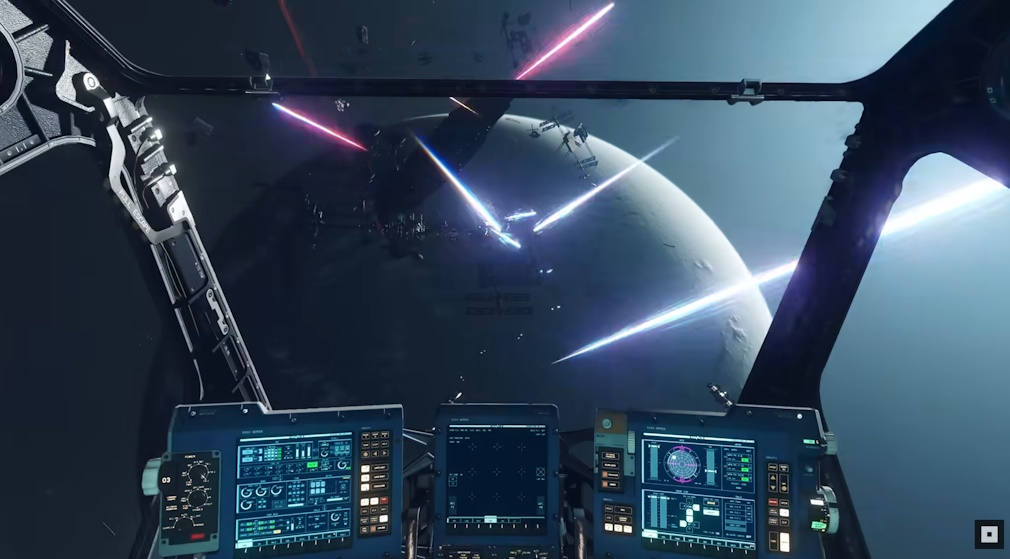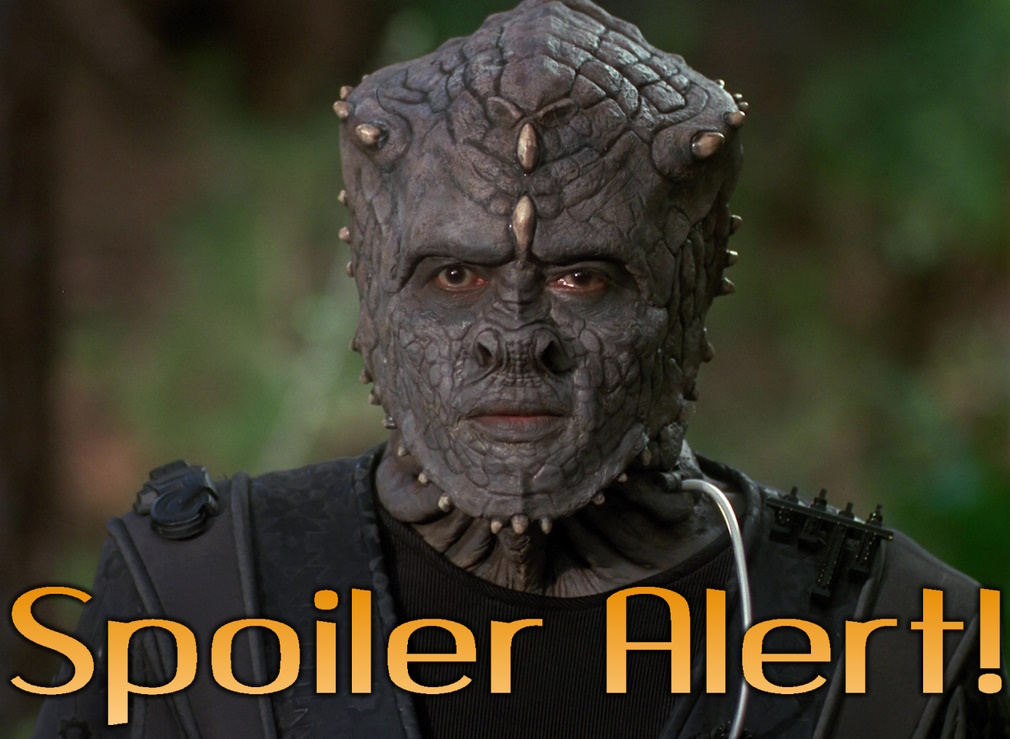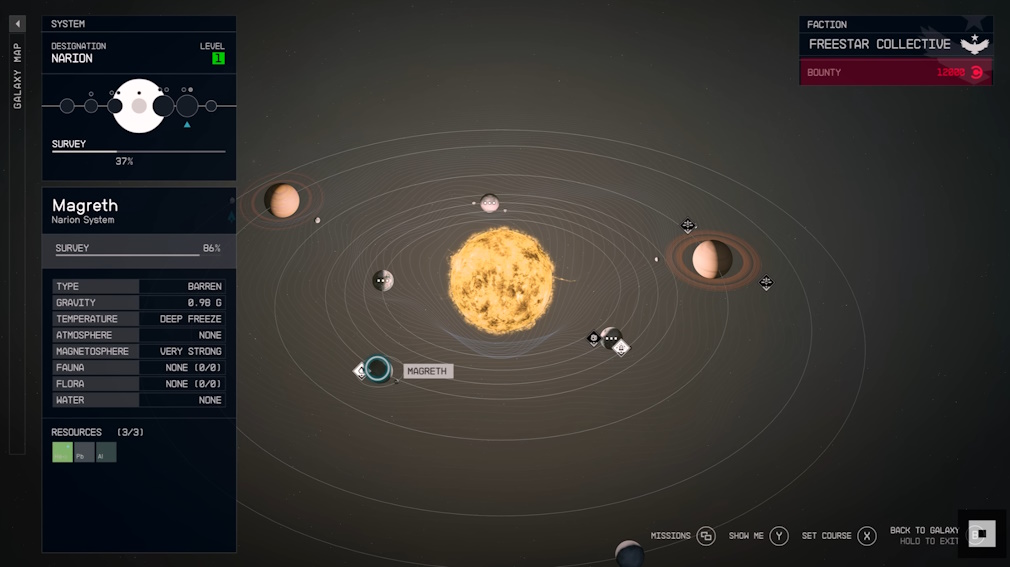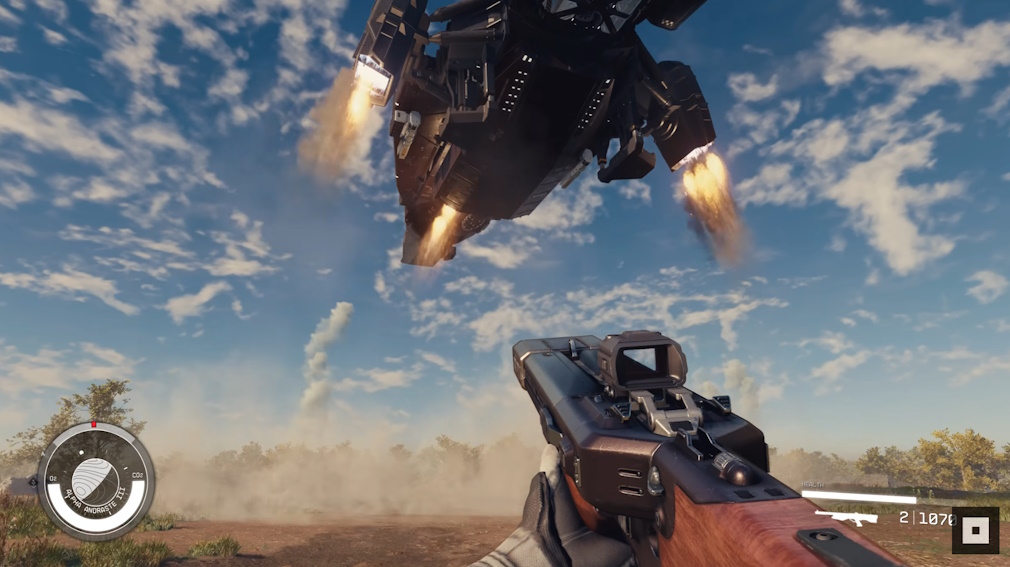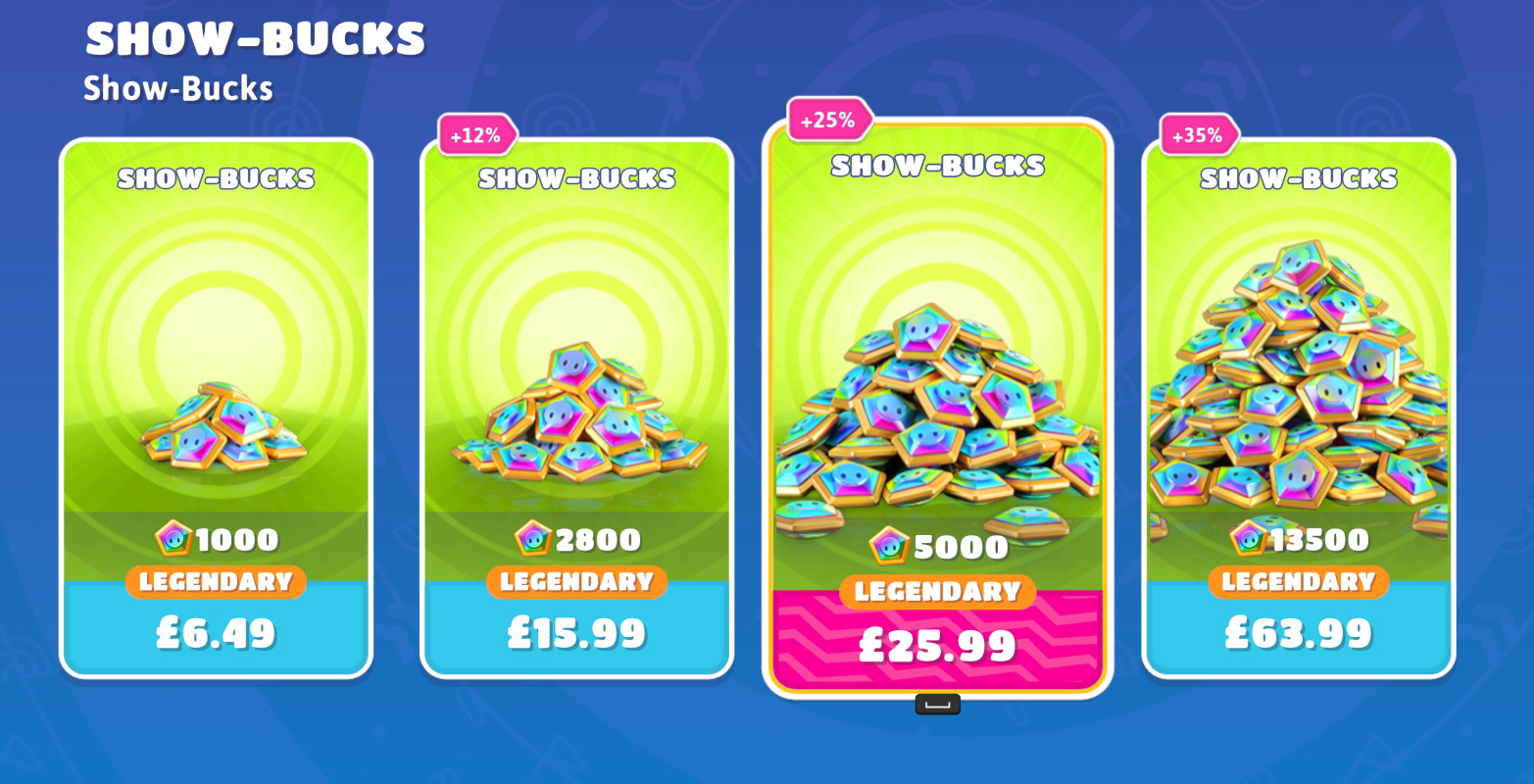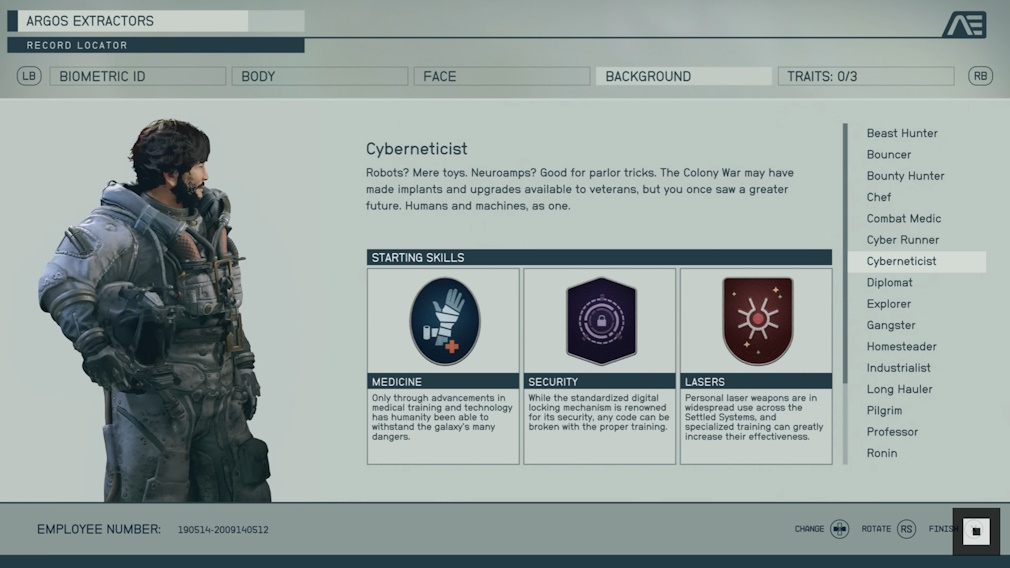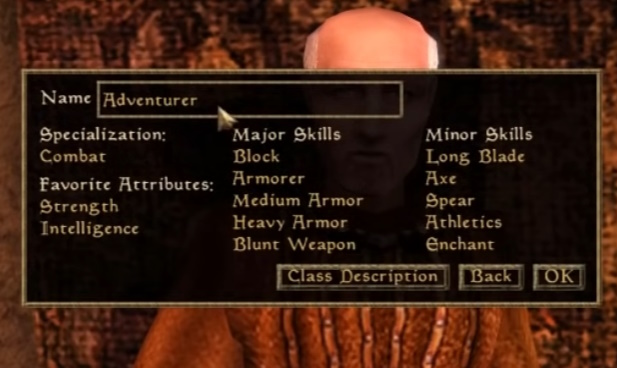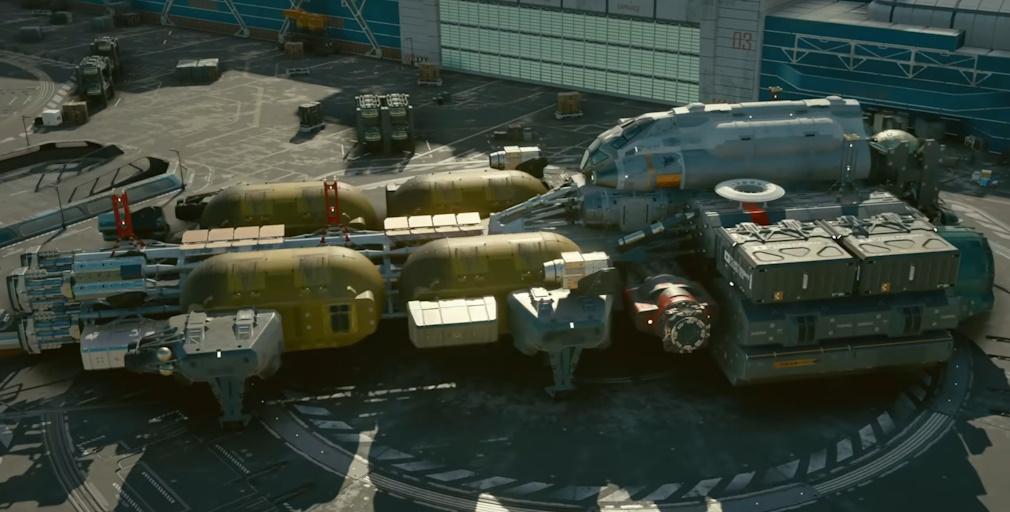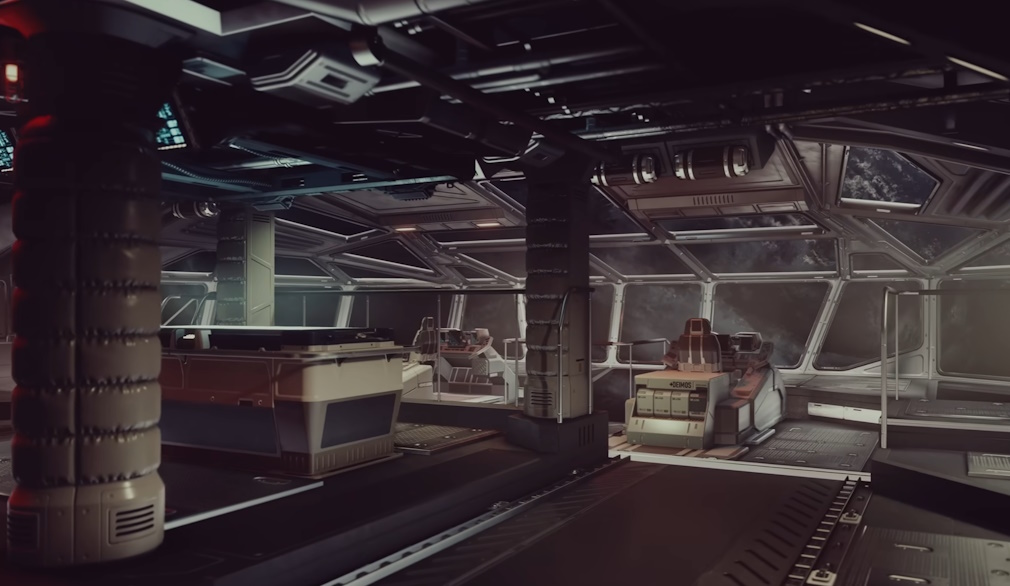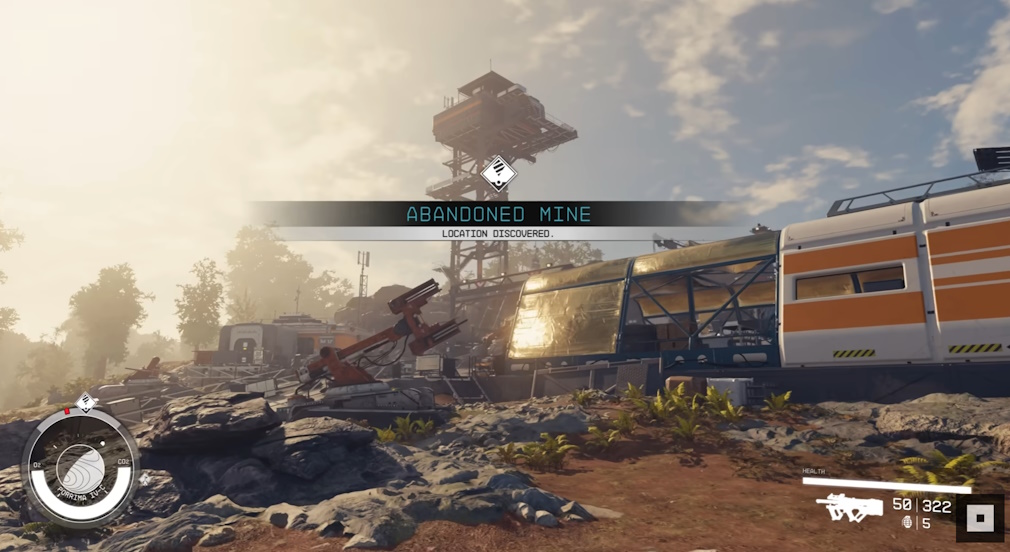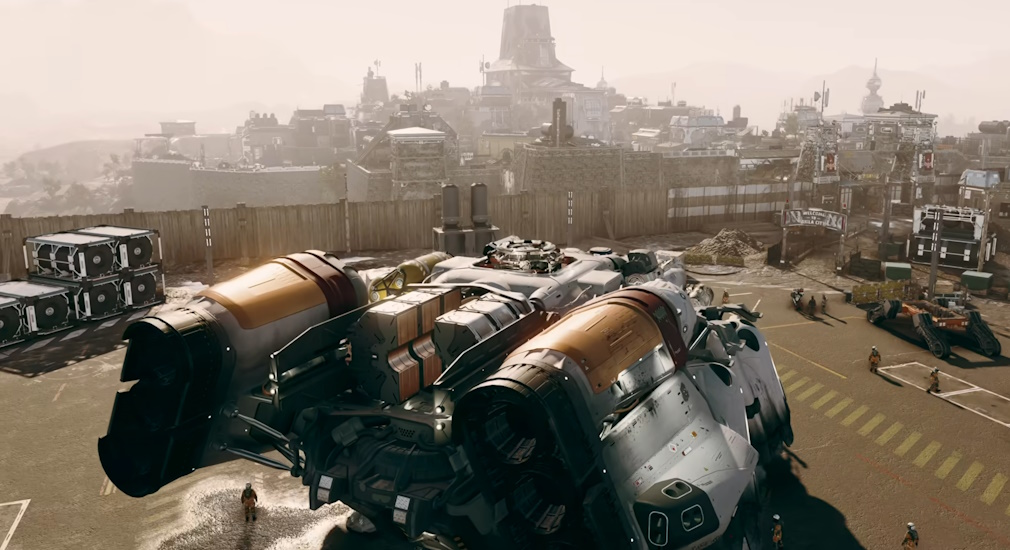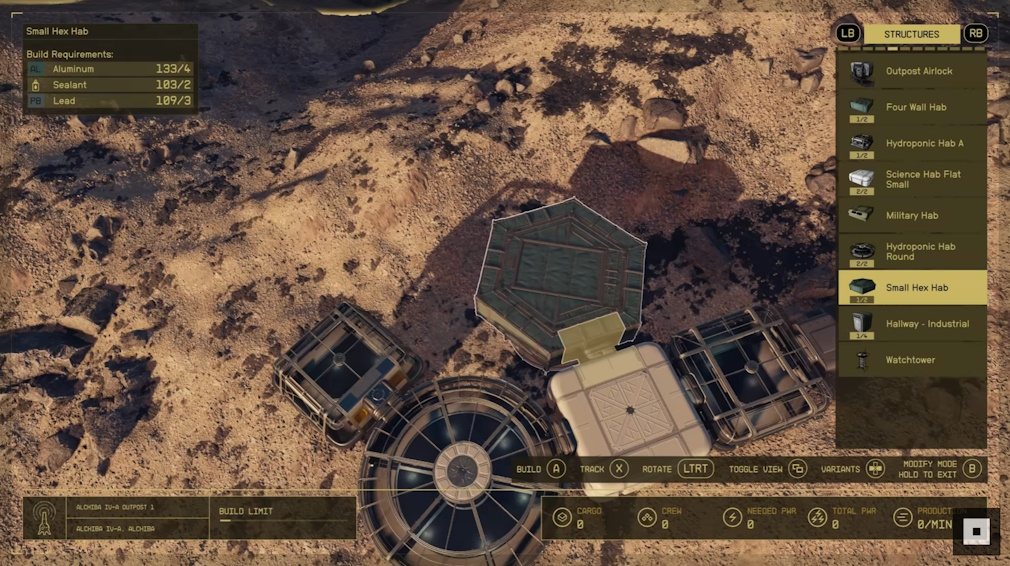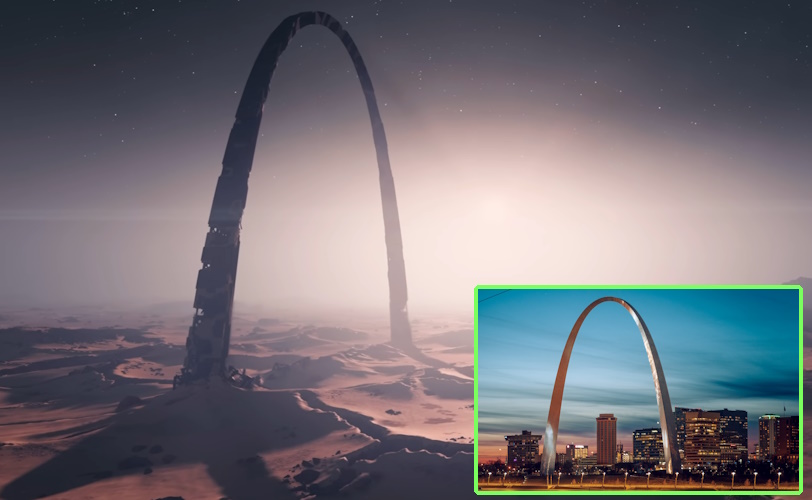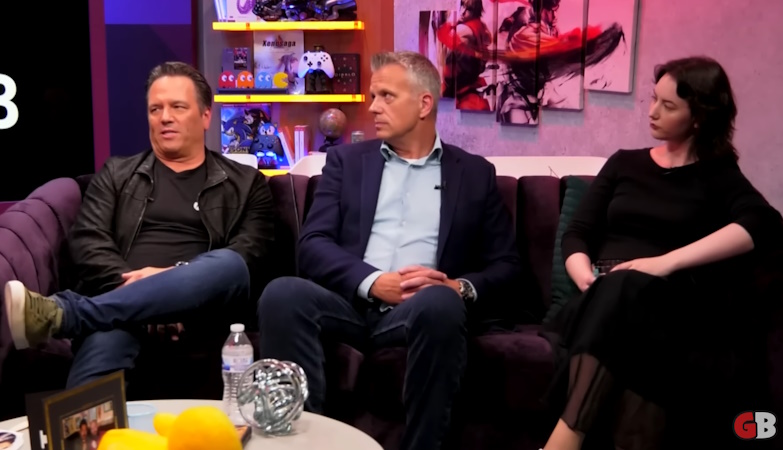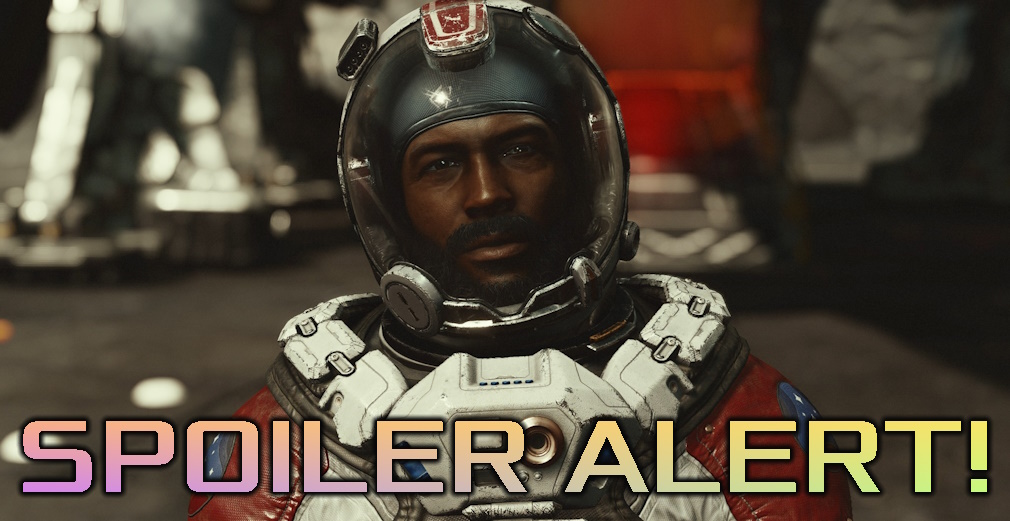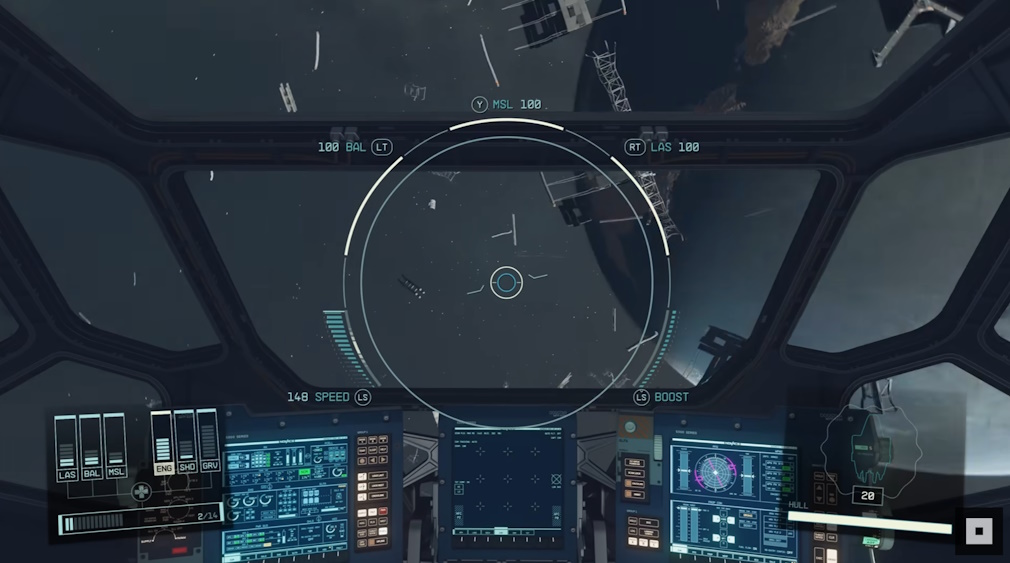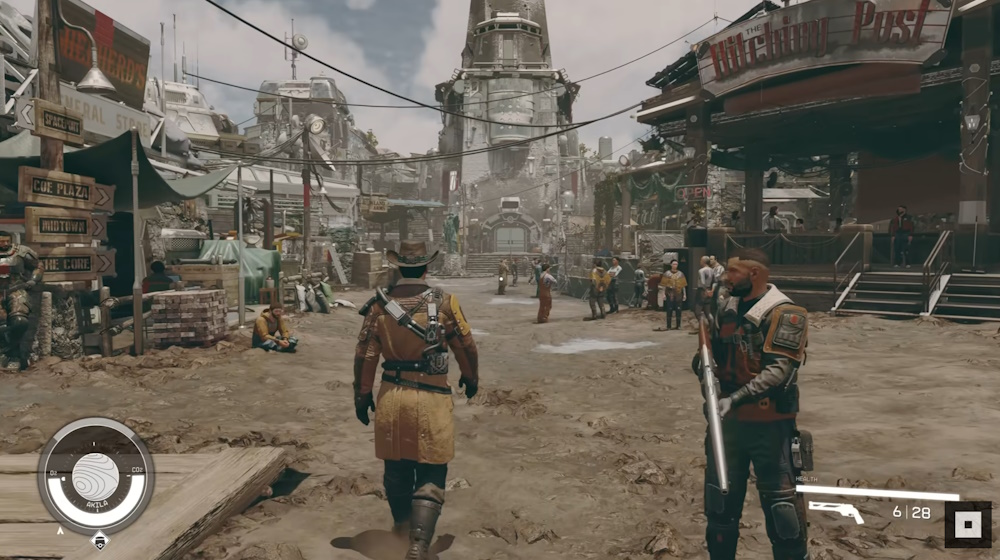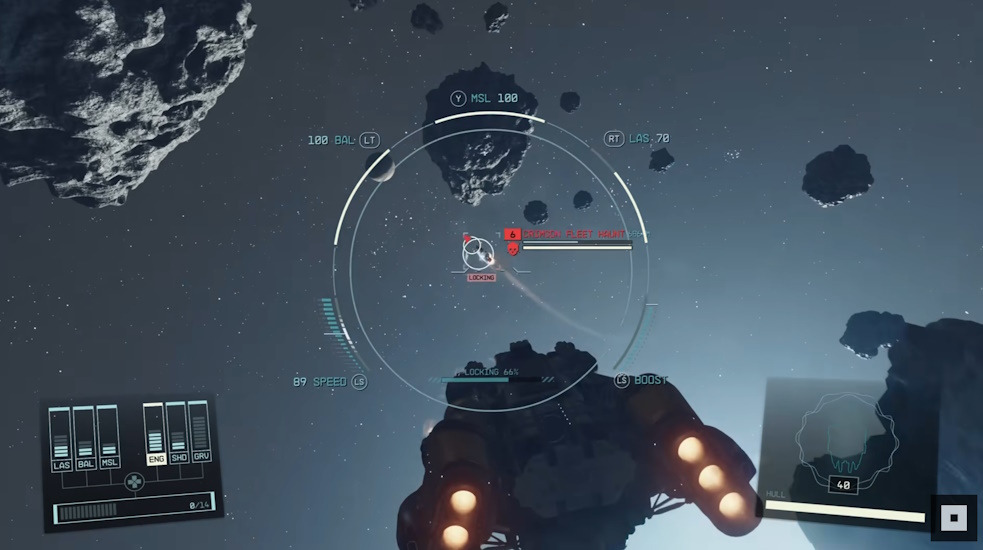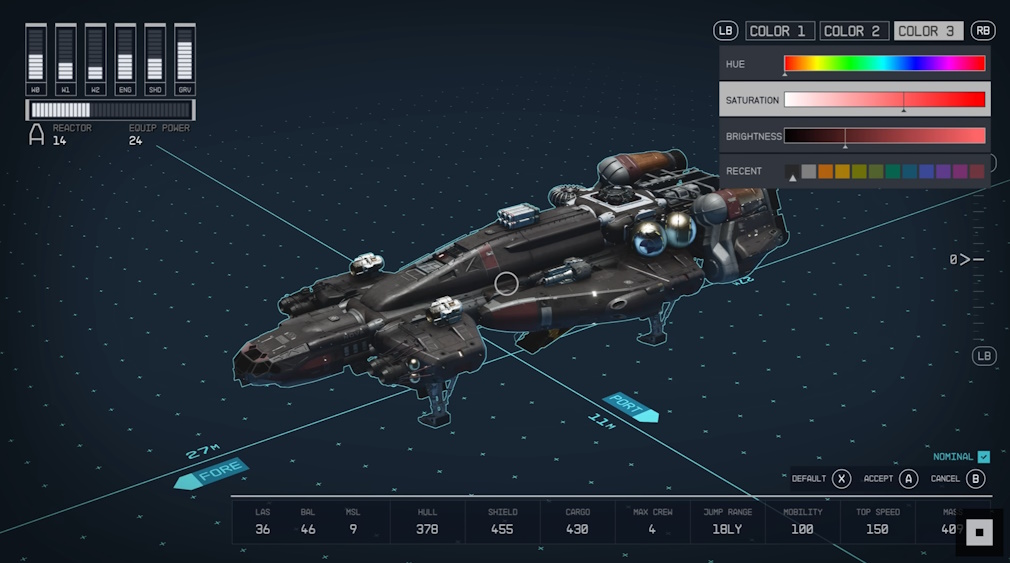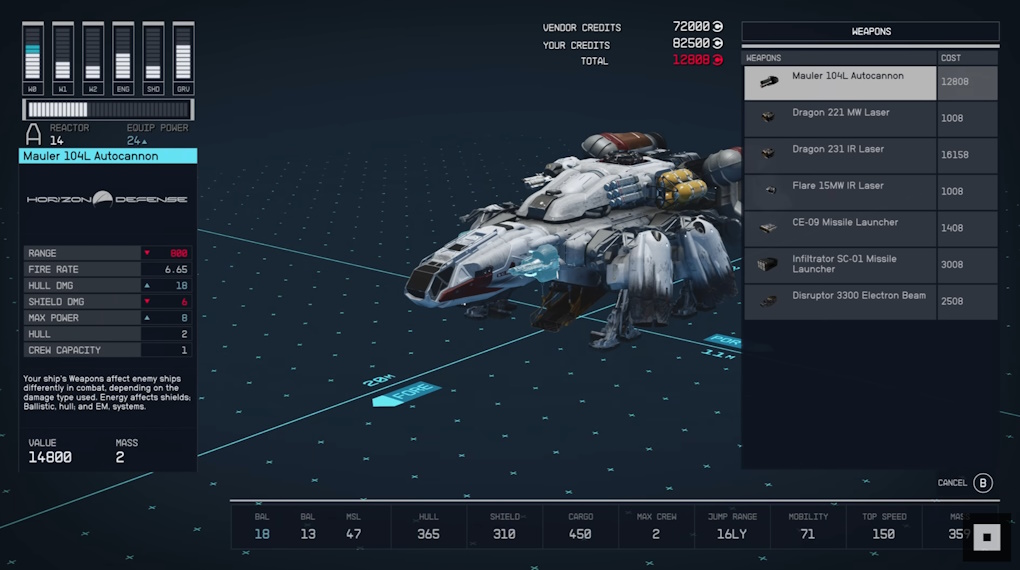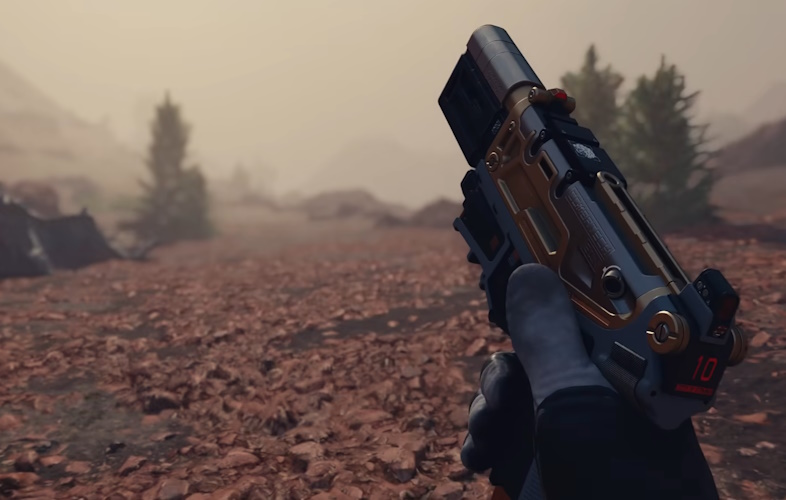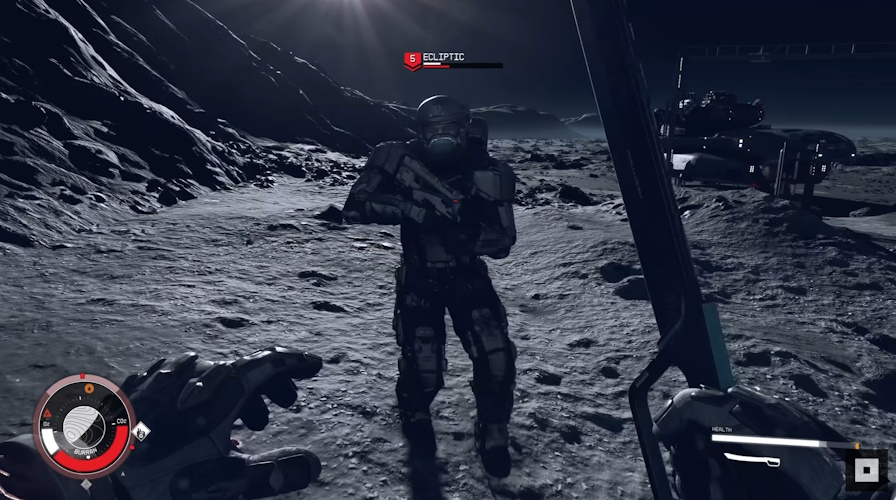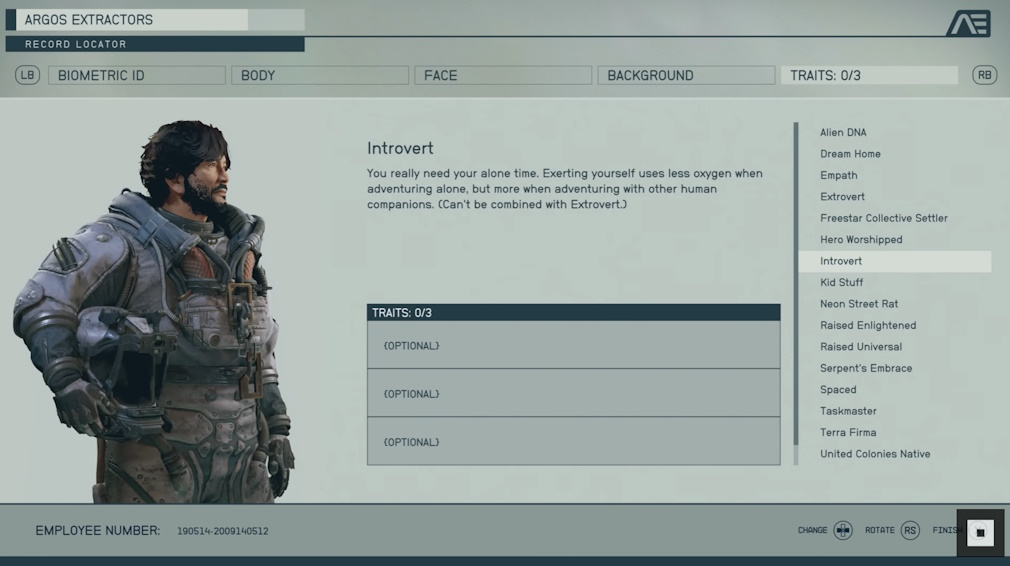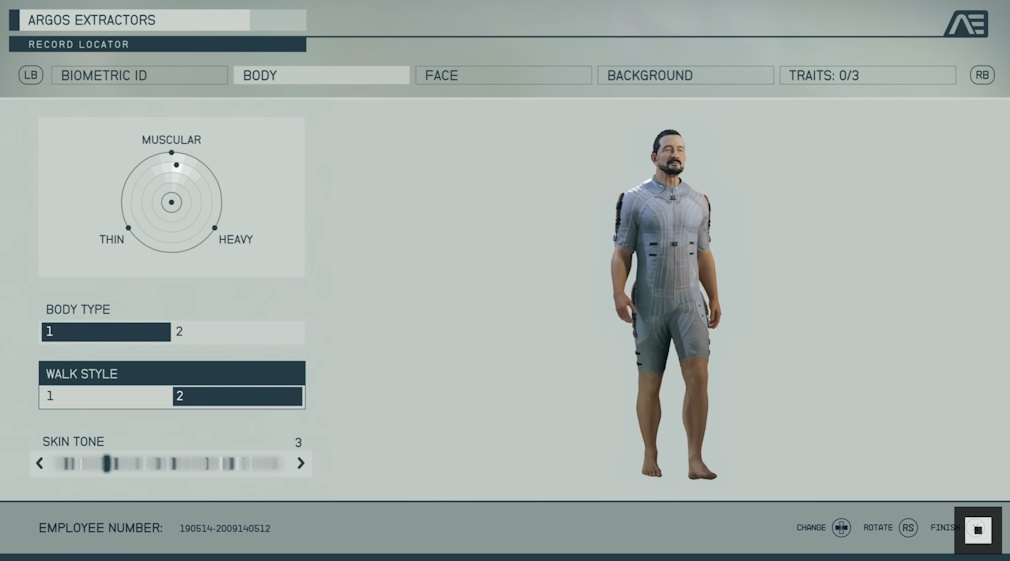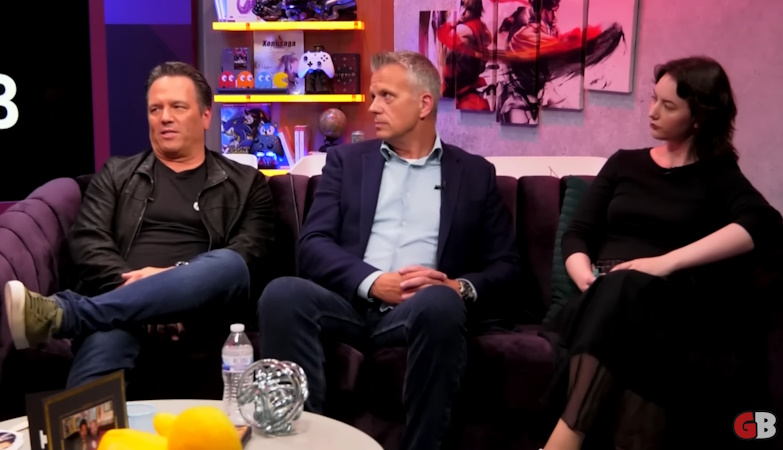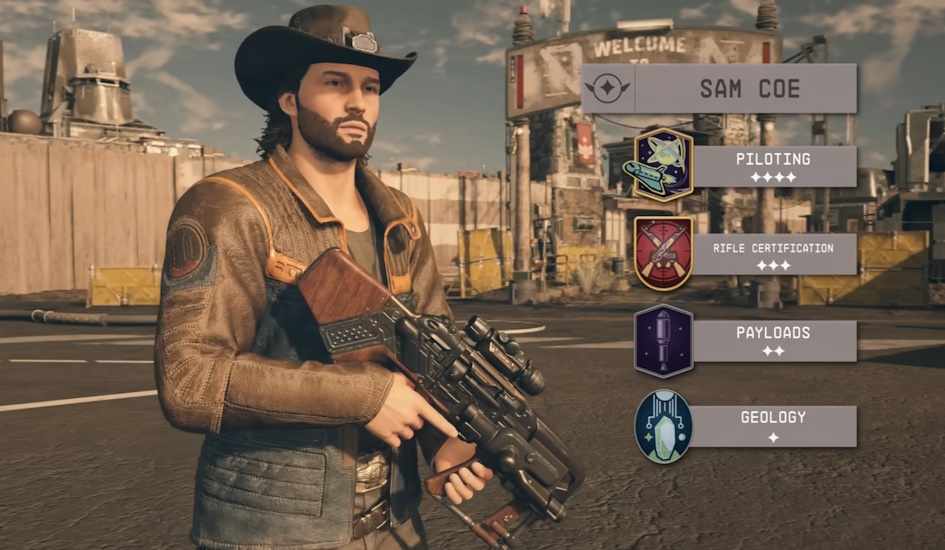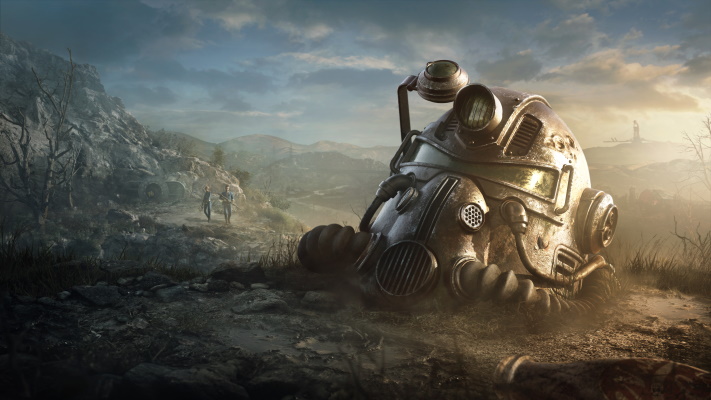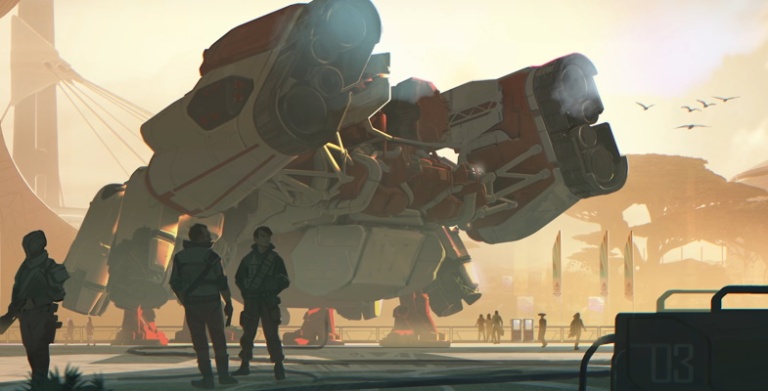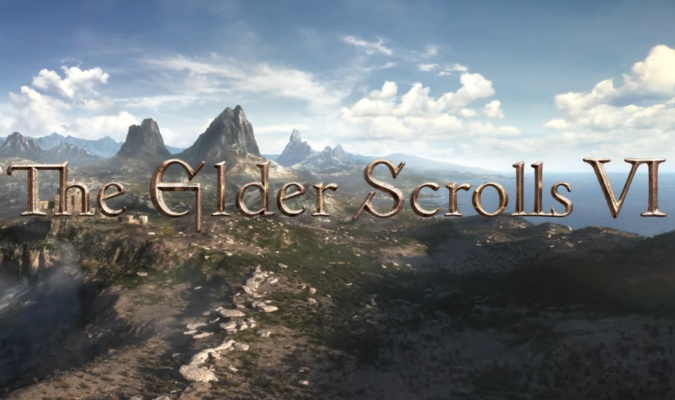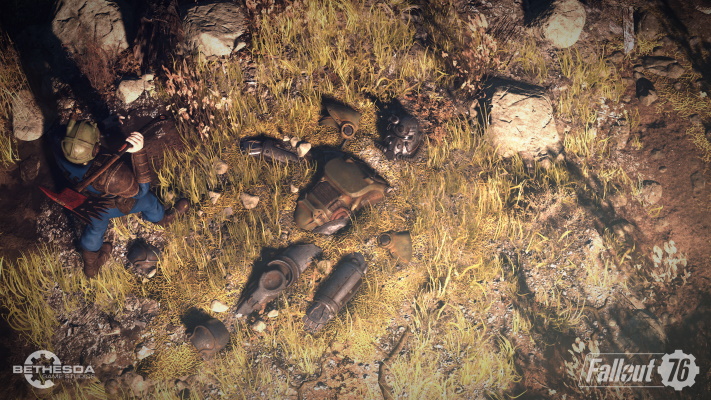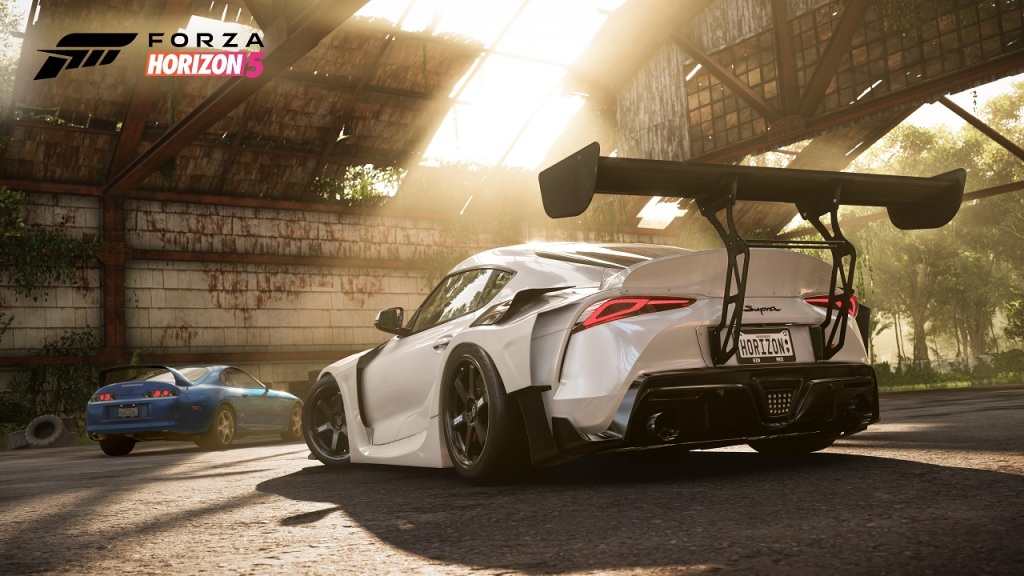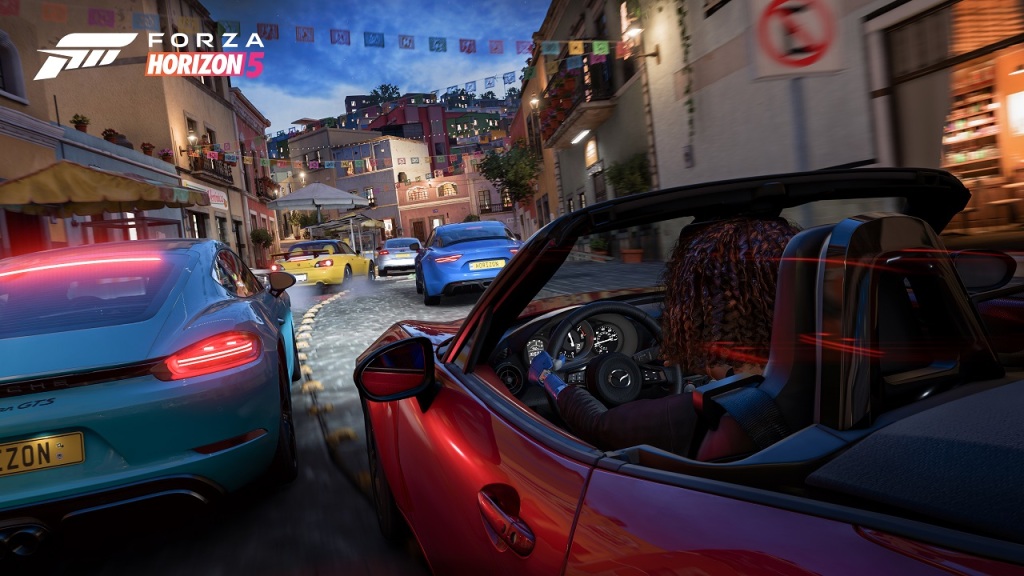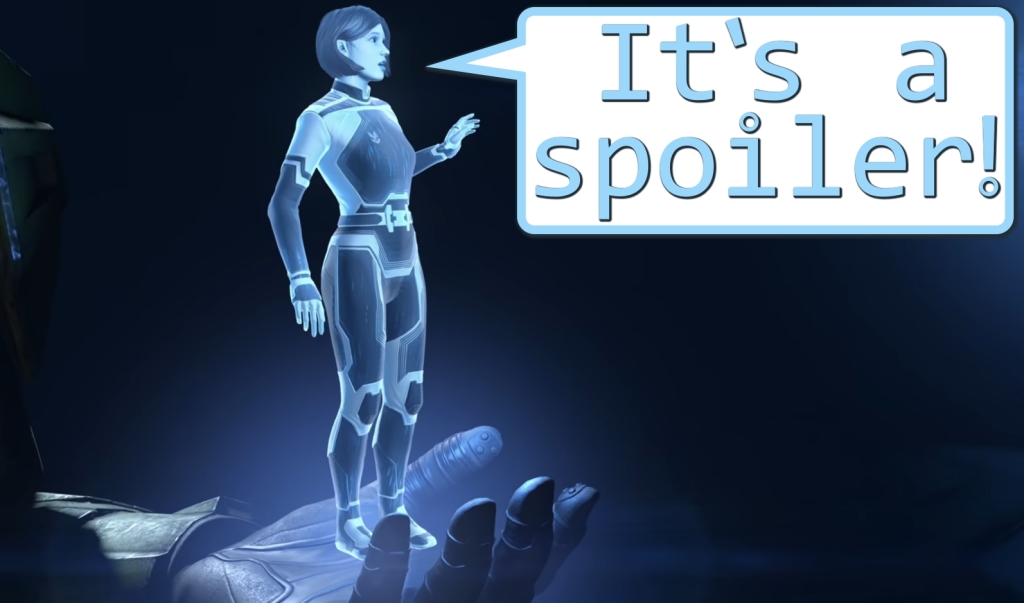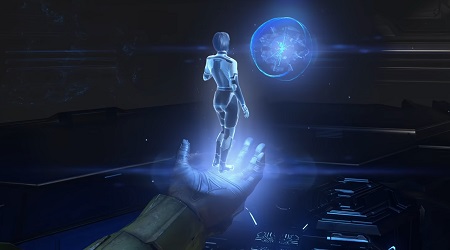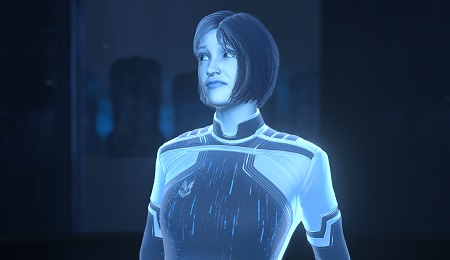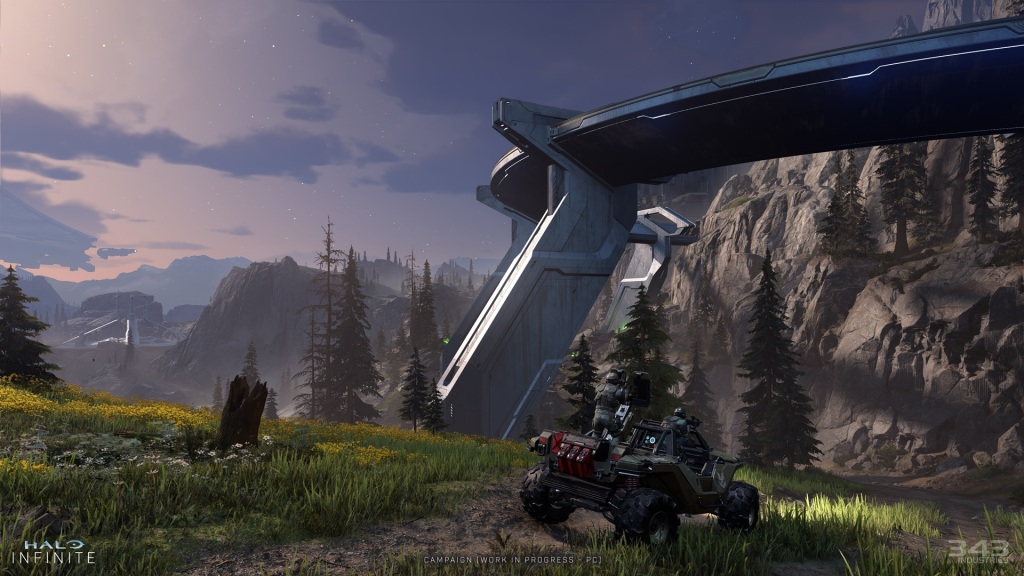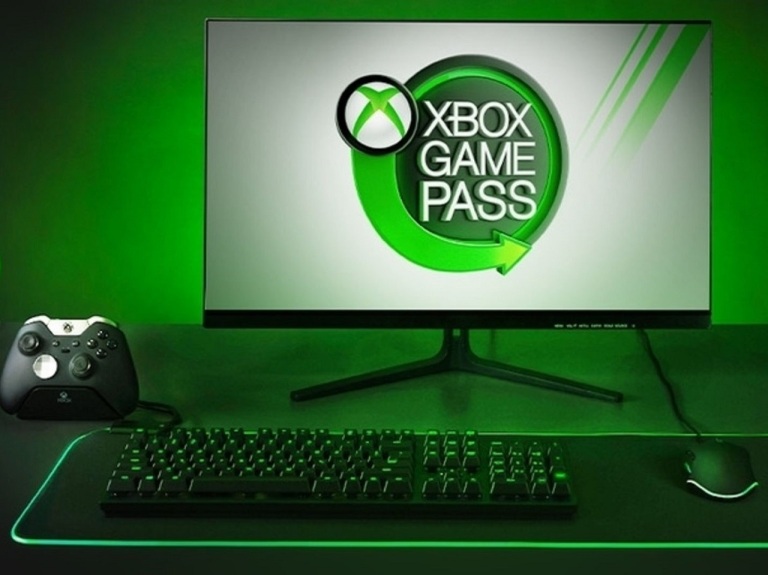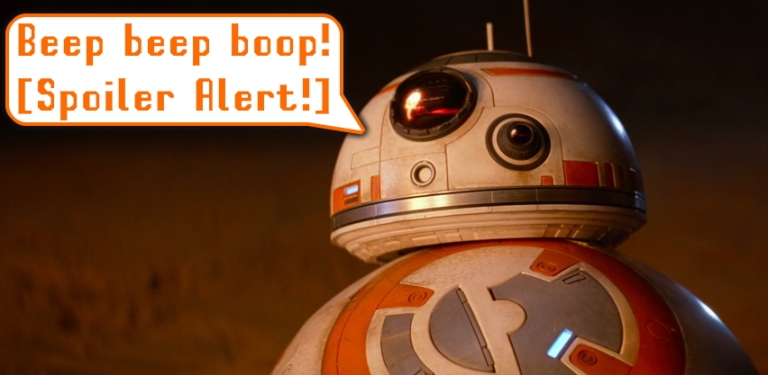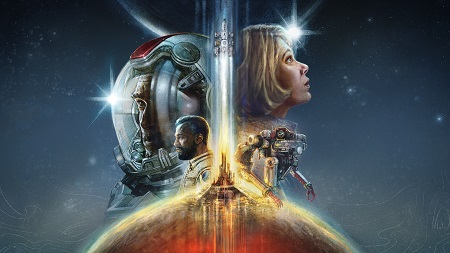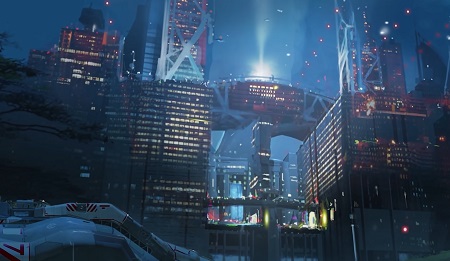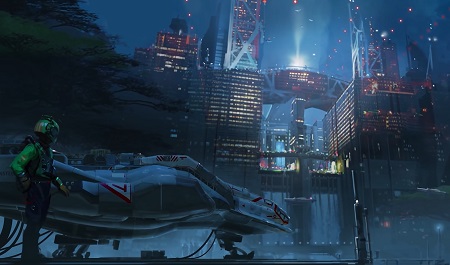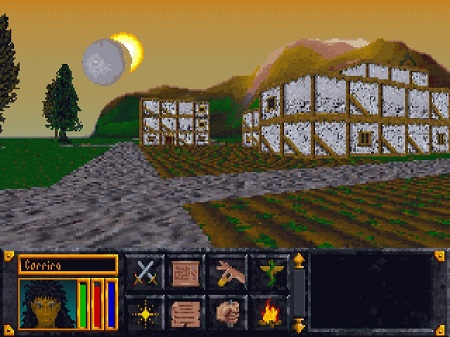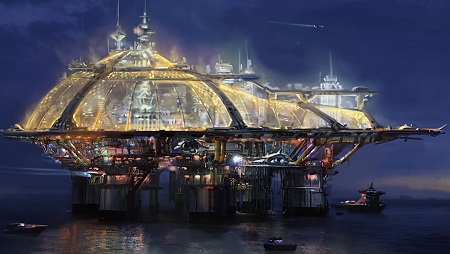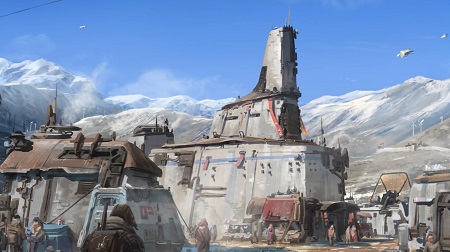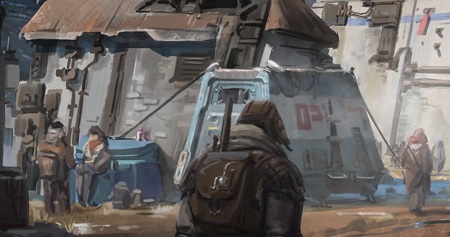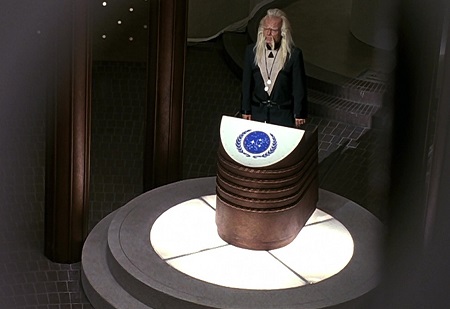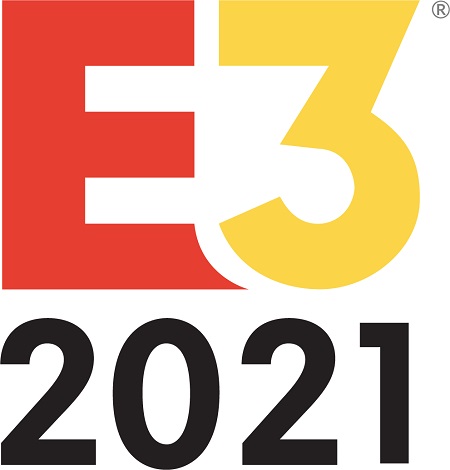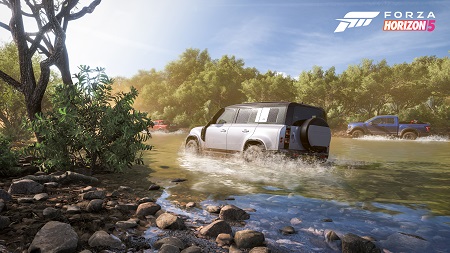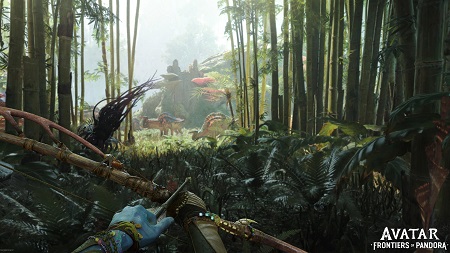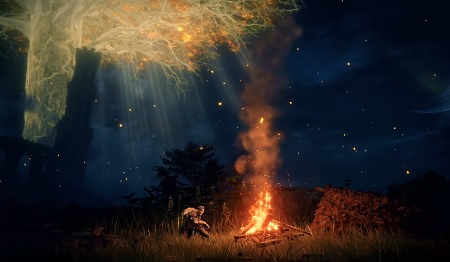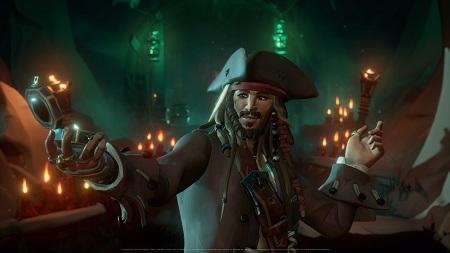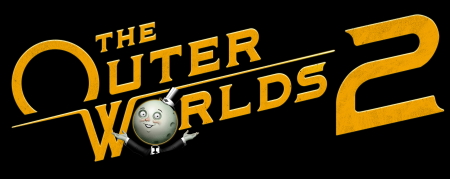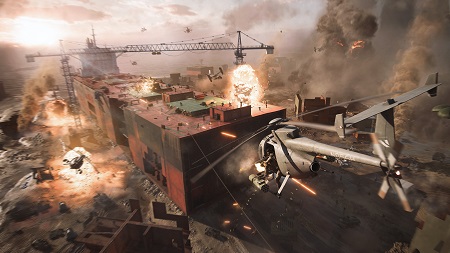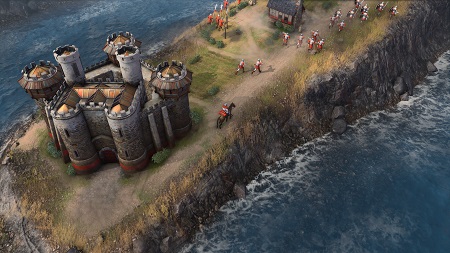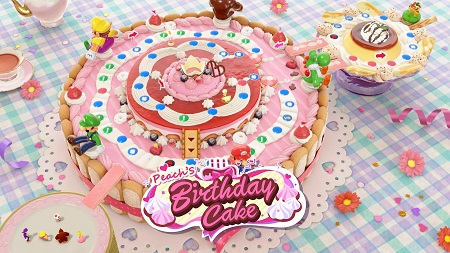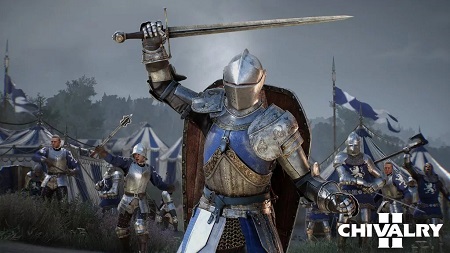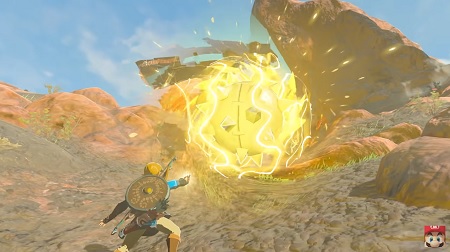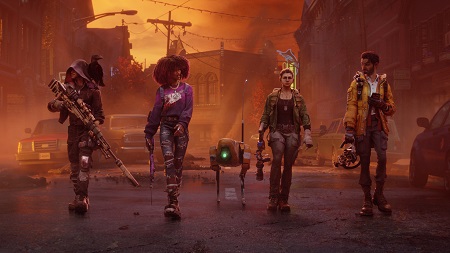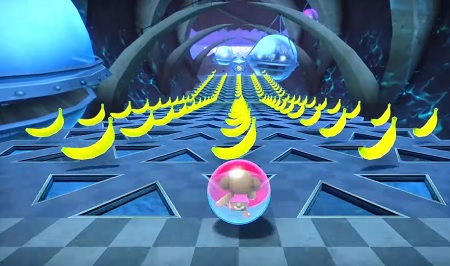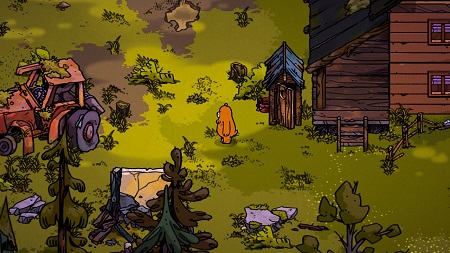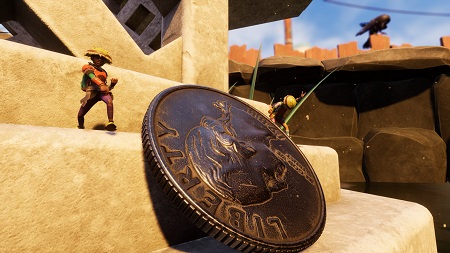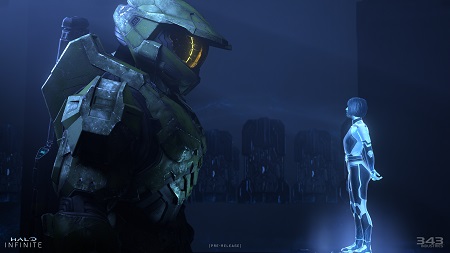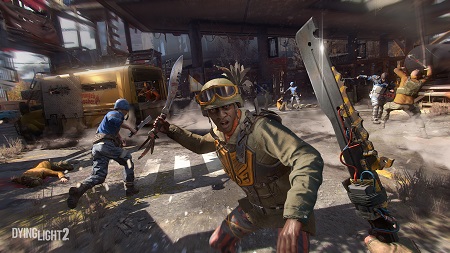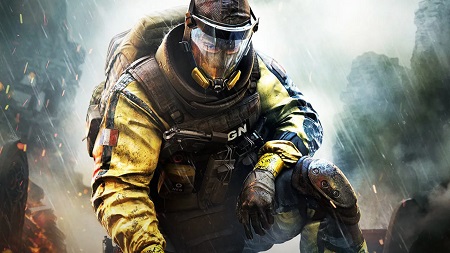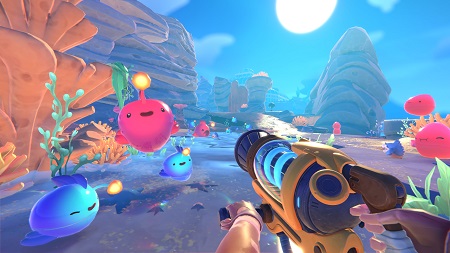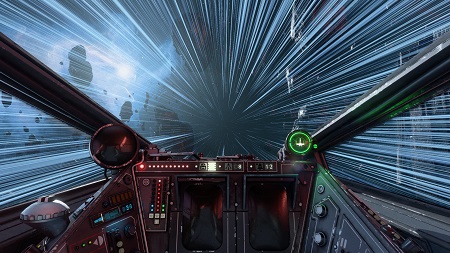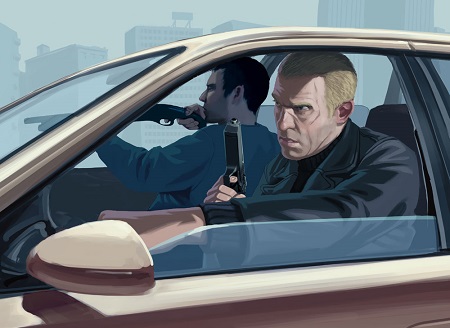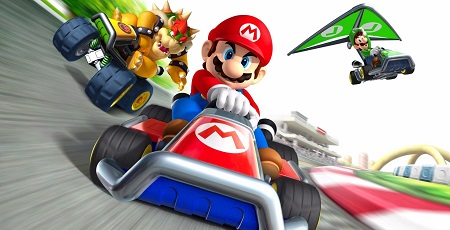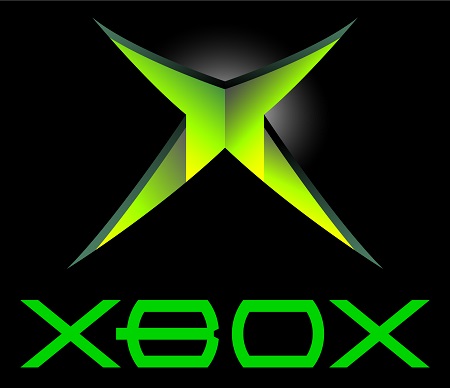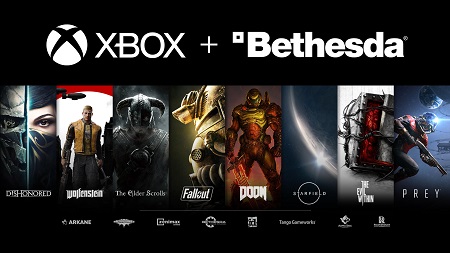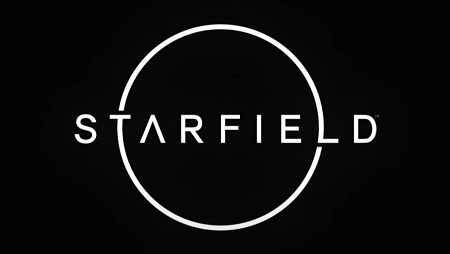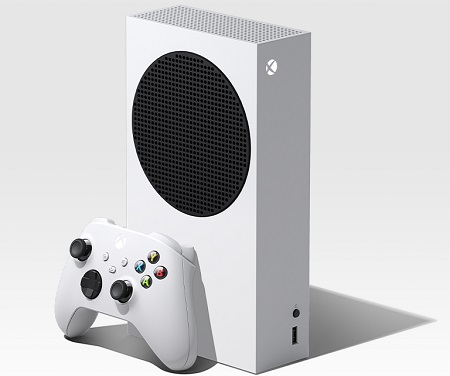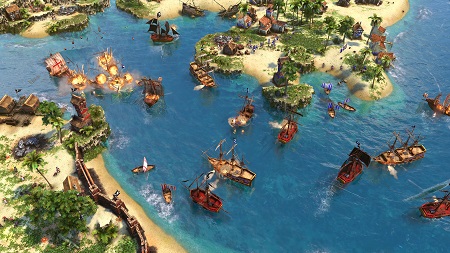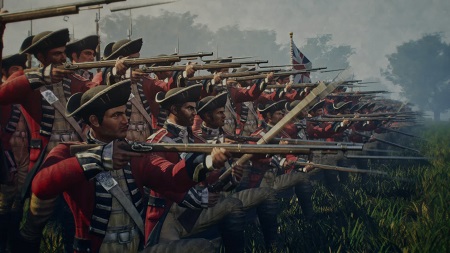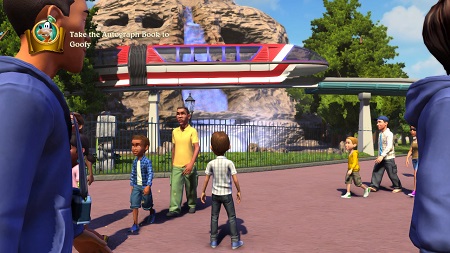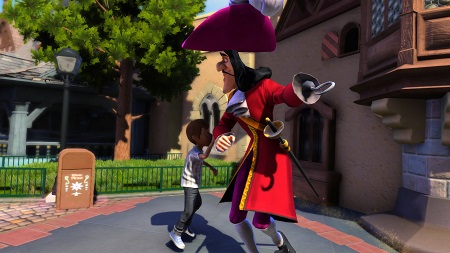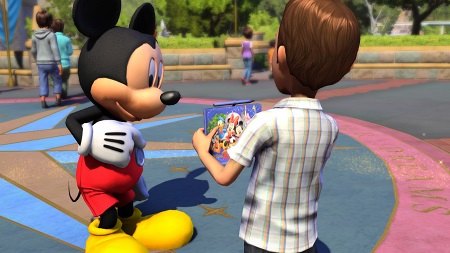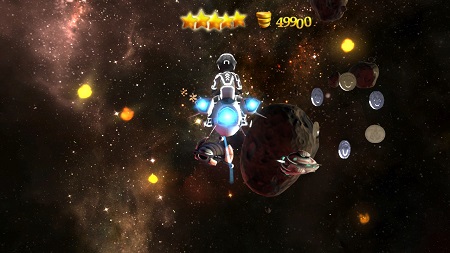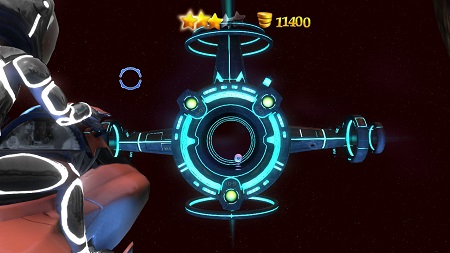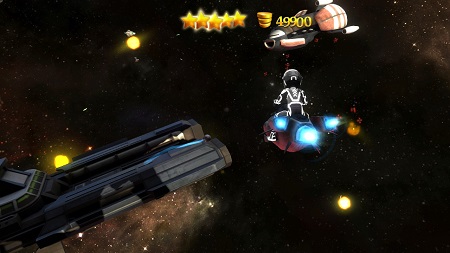Spoiler Alert: There are minor spoilers ahead for several of the games shown off at this year’s E3.
E3 2021 is over, and it was an interesting long weekend of games and gaming! I’m sure some people will come away disappointed – a lot of the games that were shown off aren’t being released imminently, with many of the bigger, most-anticipated titles not being launched until 2022. But overall, I had a good time. Because E3 was all-digital this year, the presentations were slicker and smoother, and while there were a couple of cringeworthy moments as presenters and CEOs were clearly talking to an empty room instead of a crowded auditorium, on the whole I think E3 benefits when the public stays away!
I mentioned this last year when Electronic Arts had their big annual presentation, but digital events really feel like the future. Live events have the potential to go wrong – very wrong, in some cases – and also drag on a lot longer. E3 this year was more concise, and several of the big presentations packed a lot of games into their hour or two. Though this is still a pandemic-riddled world, and that’s why E3 has gone digital this time around, I won’t be shocked to learn that future years will keep this kind of format.
With Sony skipping E3, Microsoft dominated proceedings. A number of big Xbox exclusives were shown off, and with the eyes of the world on the games industry in a way that seldom happens, I wonder if Sony will come to see the decision to stand alone as a mistake. There will be a Sony event later in the year – perhaps even this summer – but having missed the party at E3, Microsoft will come away dominating the gaming headlines in the days and weeks ahead.
Pandemic-related delays continue to afflict the industry, and some of the bigger titles shown off won’t hit shelves until next year at the earliest. Despite that, however, there are still big games coming out in the next few months – hopefully enough to tide us over until 2022! Though I didn’t subject myself to every minute of the presentations and chatter, I had fun with this year’s E3. It was generally well done, with plenty of exciting upcoming games to talk about – which is the point, after all.
Let’s take a look at my E3 roundup. I’ve picked out twenty games that I considered to be the most interesting (or the biggest) from this year’s E3. Here they are – in no particular order!
Number 1: Forza Horizon 5
Forza Horizon 4 was the game that tempted me to sign up for Xbox Game Pass last year, so I’m definitely going to take a look at the next game in this fun racing series when it’s ready. Forza Horizon 5 will see the action jump to Mexico, using a similar semi-open world to the previous game, with different types of races, a multitude of cars to choose from, and a focus on a more arcade style of racing over the simulation of the mainline Forza Motorsport titles.
Forza has grown from humble beginnings to become Microsoft’s answer to Gran Turismo, and a fine addition to the Xbox and PC lineup. Mexico is an interesting idea for a setting, and it seems like there will be plenty of dusty deserts and paradise-like tropical beaches to race around. Racing games always manage to look fantastic, and Forza Horizon 5 was definitely one of the prettiest games on show at this year’s E3.
Number 2: Avatar – Frontiers of Pandora
This one was a surprise; I don’t think anyone had it on their radar! Avatar – Frontiers of Pandora was shown off during Ubisoft’s presentation, and was really the highlight of what was otherwise a dull hour populated by updates, expansions, and sequels. The game is due for release next year, which is also when the first of four sequels to 2009’s Avatar is scheduled to hit cinemas. It doesn’t seem like the first-person action game will be a direct adaptation of the film – at least, that’s the impression I got – but the timing can’t be coincidental!
Despite Avatar becoming the highest-grossing film of all time when it was released, more than a decade later it’s not unfair to say that it hasn’t made a huge impact in the cultural landscape, even within the sci-fi genre. Indeed, I’d go so far as to say Avatar has been largely eclipsed by titles released in the decade since, and is almost forgotten at this point. Commissioning what looks to be a big-budget video game of this kind is a bit of a risk under those circumstances, but it seems like it has potential – and the Avatar sequels may succeed at establishing the basis for an ongoing franchise of which this game could be a big part. We’ll have to wait and see! So we can add this one to the pile of games I’m tentatively excited about.
Number 3: Starfield
I was rather surprised to see so little of Starfield – even though its “in engine” trailer was well put-together, and it was certainly our biggest look so far at a game Bethesda chief executive Todd Howard described as both “a new universe” and something set in the future, I had expected to see more actual gameplay. Considering Starfield is still a year and a half away, perhaps the game just wasn’t ready for a more in-depth look.
What we saw was interesting, though. Starfield seems to be doing something superficially similar to television series like The Expanse in the way it handles its spacecraft – a combination of modern military, industrial, and astronaut aesthetics seemed present in the design and layout of the ship we saw in the trailer. I quite like that style, it arguably gives stories a semi-realistic feel when compared to the likes of Star Trek or Star Wars, which both rely on technobabble and fictional technologies. Spaceships in Starfield are said to be fuelled by helium-3 – a real-world substance that can be used for spacecraft fuel.
But, of course, this is the studio that brought us The Elder Scrolls and the modern Fallout games, so it won’t just be a realistic spaceflight simulator! It seems as though there will be exploration involved, as well as encountering alien races!
As I predicted, Starfield will be exclusive to Xbox and PC following Bethesda’s acquisition by Microsoft. This seemed patently obvious to me, but doubtless some PlayStation fans will still be disappointed.
Number 4: Elden Ring
Upcoming hack-and-slash title Elden Ring was one of the first games shown off this year, debuting on Thursday as part of the “Summer Games Fest” presentation. I stated in my preview of E3 that Elden Ring might not be the kind of game I’m interested in, personally speaking… and having seen more of it I can now say that with certainty!
If you’re looking forward to Elden Ring, that’s fantastic. I have no doubt that for fans of certain genres it will be a fun time – but as someone who doesn’t much care for the “extreme difficulty” hack-and-slash gameplay of other FromSoftware titles, this is one I’m going to skip. Nothing in the trailer – from its dark, bland colour palette to its monsters that looked like they’ve been copied and pasted straight from one of the Dark Souls games – appealed to me, and you could’ve told me this was Dark Souls 4 and I’d have believed it.
The involvement of author George R. R. Martin did admittedly pique my curiosity when the game was first announced, and I have no doubt his input will help craft a fantasy setting that is, at the very least, interesting. But that’s about the nicest thing I can say about Elden Ring. It might have an interesting setting with enjoyable lore. Everything else about it makes it look like a game I’ll happily skip.
Number 5: Sea of Thieves crossover with Pirates of the Caribbean
What?! What on Earth did I just see? This crossover between Rare’s multiplayer pirate game Sea of Thieves and Captain Jack Sparrow from Disney’s Pirates of the Caribbean looks utterly bonkers, and was a total surprise. Multiplayer generally isn’t my thing, as you may know, so I haven’t played much of Sea of Thieves. But this crossover looks like a blast, and I’m sure fans of the game will have a lot of fun.
Sea of Thieves underwhelmed when it launched in 2018, with criticism for feeling rather barebones. But in the three years since launch, developers Rare have added a lot of new content, and the general consensus seems to be that the game is in a good place in 2021. This crossover with Pirates of the Caribbean will surely bring in a lot of new players, and it looks set to give Sea of Thieves a significant boost.
Number 6: The Outer Worlds 2
The Outer Worlds 2 wins the award for “funniest trailer!” Other than a very early tease at the fact that the game exists, we don’t know much at all about the sequel to Oblivion’s 2019 role-playing game. The Outer Worlds drew positive comparisons to the Fallout franchise; Oblivion having made Fallout: New Vegas a few years earlier. With Fallout 76 floundering, The Outer Worlds was talked up as a kind of spiritual successor. I think that description sells it short – The Outer Worlds is its own thing. And now a sequel is on the way which will hopefully be just as much fun and expand the world that the first game created.
As with a number of big, hyped-up titles this year, The Outer Worlds 2 isn’t coming any time soon. However, knowledge of its existence might be enough to tide fans over until its eventual release.
Number 7: Battlefield 2042
So many games nowadays are ditching their single-player campaigns to focus entirely on multiplayer, and Battlefield 2042 is the latest to do so. Sometimes it feels as though games companies are deliberately making shorter and less interesting campaigns, so that when fewer people play them they can say “see, no one wants a single-player mode! That’s why we didn’t make one!”
Battlefield 2042 was shown off with a very slick cinematic trailer, before showing off proper gameplay during Microsoft’s presentation a couple of days later. The gameplay looks… fine. If you like the Battlefield series, I daresay you’ll find this game familiar and enjoyable when it releases later in the year. Following on from 2006’s Battlefield 2142, as well as the likes of Call of Duty: Infinite Warfare and even Arma III, Battlefield 2042 is taking a near-future setting that will likely allow for a degree of creativity on the part of developers Dice.
In that regard I have to say I like the diversity of settings on offer from modern shooters. Long gone are the days when everything was either sci-fi or World War II, and after the most recent entries in the series looked at World War I and World War II it makes sense to change things up and give fans a different experience. This won’t be one I dive into, but it looks like a solid shooter for folks into that kind of thing.
Number 8: Age of Empires IV
We’ve known for a while that Age of Empires IV has been in the works, but E3 finally gave us a release date: the 28th of October. I’ve had a great time with the remastered Age of Empires games over the last few years, but the initial teaser for Age of Empires IV a few months ago left me distinctly underwhelmed. The game just looked incredibly outdated, and I was genuinely worried for its prospects.
The E3 trailer, however, looked a heck of a lot better. Though Age of Empires IV will be taking a different approach to past games, and will feature fewer factions at launch, it has potential, and I shall certainly give it a try when it arrives on Game Pass this autumn. The original Age of Empires and its Rise of Rome expansion were two of my most-played games of the late 1990s/early 2000s and cemented my love of the real-time strategy genre. After successful remakes of those classic games, it’ll be great to welcome the Age of Empires series to the modern day!
Number 9: Mario Party Superstars
The Nintendo Direct broadcast began with a far-too-long look at a single new Super Smash Bros. Ultimate character that really dragged. After that weak start, however, there were a couple of interesting announcements. Mario Party Superstars is probably the one that seemed most exciting to me, as it will be bringing back boards and mini-games from the Mario Party games of the Nintendo 64 era. I have fond memories of playing the original Mario Party with friends on the N64, so this new game seems like it has the potential to be a wonderful blast of nostalgia.
There is already a Mario Party game on the Nintendo Switch, of course, and at first it seemed as though Superstars was simply going to be an expansion for that title. However, it’s a standalone game instead, and is going to be retailing for full price (£50 in the UK). That seems a bit steep to me, and it might end up putting people off. But the idea is interesting, and I’ll be curious to see how Mario Party Superstars does.
Number 10: Chivalry II
Chivalry II is already out – it launched last week. But E3 provided developers Torn Banner Studios another opportunity to plug the game, and they seized it! The game is a medieval combat multiplayer title, with players jumping into large-scale battles with dozens of others. There are a variety of different game modes, including sieges, pitched battles, and others, and despite the fact that I’m not much of a multiplayer gamer, I have to say that the fast-paced hacking and slashing looks like fun!
In a multiplayer scene dominated by first-person shooters, Chivalry II is something different. Stepping back in time to the medieval era, and arming players with swords, shields, bows, and battle-axes instead of guns and rocket launchers really does feel like a breath of fresh air. It’s likely going to remain a fairly niche game by multiplayer standards, but that’s okay. It looks like fun, and maybe I’ll be convinced to check it out some time soon.
Number 11: Shredders
I like winter time and winter-themed titles – especially when it’s summer and there’s a heatwave going on! Shredders will be an Xbox/PC exclusive snowboarding game, and it’s due for release in time for Christmas. The game looked stunning, with great visuals and a snow effect that looked incredibly realistic. The trailer was very cinematic, though, so I’ll wait to see how good the finished product looks in comparison!
There have been some great snowboarding and winter sports games over the years, and I remember games like 1080° Snowboarding on the Nintendo 64 and SSX Tricky in the Xbox days with fondness. Shredders looks to be cut from the same cloth as those older titles, so perhaps it’ll be just as much fun when it’s released this winter.
Number 12: The Legend of Zelda: Breath of the Wild II
Regular readers may recall that I haven’t played Breath of the Wild – nor indeed any Zelda game. But fans have been clamouring for a sequel to the 2017 Switch launch title ever since it was released, and Nintendo has been hard at work on Breath of the Wild II (real title unknown!) for some time now. We finally got a look at the game at E3.
It looks like… Breath of the Wild. If you liked the first game, what we saw at E3 should be encouraging because it looks very much like more of the same. Link may have new abilities or new weapons, and of course there’ll be new monsters to fight and a new story. But in terms of visuals and the way the game seems to be played, there’s nothing earth-shattering or radically different from the last game.
Number 13: Redfall
I like Redfall’s visual style. The cartoon-inspired art style takes what could’ve been a horror title, featuring a vampire apocalypse, and turns it into something more fun and casual. Billing itself as a team or co-op shooter, Redfall stars a unique cast of characters tasked with fighting off vampires. It’s a game made by Arkane, the studio best-known for the Dishonored duology, as well as a personal favourite of mine from the Xbox era, Arx Fatalis.
Redfall looks to build on the studio’s work with the Dishonored games, but at the same time will take a different approach. It’s definitely one to watch, and I like the idea of using vampires in this way. Vampires in entertainment often follow the Dracula model: one or two very powerful enemies to outsmart and defeat. Television series The Strain stepped away from that and gave us a vampire apocalypse – and it looks like Redfall will try to do something similar in its own unique way.
Number 14: Super Monkey Ball: Banana Mania
Super Monkey Ball has always been a niche product, even by Nintendo’s cartoony standards! But there’s no denying that the original game was a lot of fun, and with the series hitting its 20th anniversary this year, Nintendo evidently felt that the time was right for a remaster. That’s what Banana Mania is, in case the trailer wasn’t clear – a remaster of the first three Super Monkey Ball games.
I don’t really have a lot more to say about this one. If you like Monkey Ball games, you’ll probably like Banana Mania when it launches on Switch.
Number 15: Bear & Breakfast
One of the few indie games to really shine at E3 this year was Bear & Breakfast. In short, you run a bed and breakfast (i.e. a small-scale hotel) in a forest. But you’re a bear. That’s the gimmick. The art style looks cute, the premise sounds like fun, and I liked the trailer that new developer Gummy Cat put together. I got kind of a Stardew Valley vibe from Bear & Breakfast, which is certainly no bad thing.
All I can really say is that I like this kind of management/tycoon game, and the uniqueness of the premise, combined with the neat visual style, makes Bear & Breakfast appealing to me. There’s currently no release date, but the developer hopes to have the game ready before the end of this year.
Number 16: Grounded
Grounded is currently out in early access (or a “game preview” as Microsoft calls it). For that reason I haven’t checked it out; early access games are hit-and-miss, with far more misses than hits in my experience. But developers Obsidian have been working hard on this Honey, I Shrunk The Kids-inspired title, and a new update to the game looks to add a lot more content.
Though I’m probably still going to wait until Grounded is ready for prime-time, I love the premise of being shrunk down and playing in the grass. There used to be a Disney World attraction based on the 1989 film in which you could walk through an area of the park where grass and everyday items were scaled-up to huge sizes. Grounded reminds me of that!
Number 17: Halo Infinite
We already knew Halo Infinite was in development, but after a disappointing trailer left fans upset last year, the game didn’t launch alongside the Xbox Series X in November. We got to see a little more of the game at E3, and Microsoft dropped the big news that the game’s multiplayer mode will be free-to-play. This is definitely an interesting development, but the only thing I could think was that most Xbox Series X players will already be interested in the Halo series… so I’m not sure that making the multiplayer free will see Halo Infinite pick up a lot more players! But free things are always nice.
The game has definitely been polished since last year’s controversy, and the graphics look decent. The Master Chief’s return after a long absence will definitely be attractive to fans of the series, and with a Halo television show also in production, it seems like the Halo brand is about to undergo a renaissance after a decade in which it arguably underperformed.
Though the Halo series has been a flagship for Xbox, the sheer number of other games on offer as Microsoft snaps up studios and pushes Game Pass hard makes it feel a little less relevant in 2021. Halo Infinite is shaping up to be a good game – but Xbox’s success is no longer as closely-tied to the series as it once was.
Number 18: Dying Light 2: Stay Human
Zombies have been overdone in the last few years, with so many open-world zombie horror games that the industry is more or less burned out on the concept. Dying Light 2, which fans of the original game have been anticipating since 2015, has a mountain to climb, then – but there are positive signs.
There will be no guns in Dying Light 2, with players having to make use of crafted melee weapons in the post-apocalyptic city they find themselves in. There will likewise be no vehicles – the in-universe explanation being that there is no fuel any more, since the zombie virus devastated the world. Both of those semi-realistic concepts feel like they add value to a genre that’s otherwise played out, and Dying Light 2, with its interesting parkour-based movement system carried over from the first game, may have found a niche that will bring players back.
Number 19: Rainbow Six Extraction
I enjoyed Rainbow Six in the early 2000s, and I had the first couple of games in the series on Dreamcast. Rainbow Six Siege was never my thing; a multiplayer live service just held no appeal. And though Extraction brings back characters from Siege, it does so in a very different way. With a focus on cooperative play as opposed to competitive, and with an interesting-sounding premise involving an alien parasite, Extraction has all the elements in place for a fun experience.
Some have criticised the decision to take the previously straight-laced action series in a different direction, but I think there’s a lot of potential in a series like Rainbow Six trying something new. Siege was something new itself when it launched in 2015; the series had previously been a story-centric game with a main campaign, not a multiplayer one. So let’s see what Extraction brings to the table when it launches in September.
Number 20: Slime Rancher 2
One of the most colourful and vibrant games shown off at E3, Slime Rancher 2 is the sequel to 2016’s Slime Rancher, a first-person farming/life simulator. Though we didn’t see much in the way of gameplay – nor even get any significant details – I assume at this stage that the game will take the same premise as the original title and build on it.
Expect to see more of the same, but with new varieties of slimes and perhaps some new crafting or character abilities as well. It looks like fun, and will be released in 2022.
Notable absences:
Before we wrap things up I wanted to mention a few games that were notable by their absence at E3. Though there were plenty of titles we did get to see – the list above is nowhere near comprehensive – there were some titles I was hoping or expecting to hear news of that didn’t appear for one reason or another.
Anything from the Star Wars franchise:
There had been rumours earlier in the year of a Knights of the Old Republic sequel. There’s also Jedi: Fallen Order II (though that’s an EA game, and EA didn’t have a presentation at E3 this year) and Lego Star Wars: The Skywalker Saga, which has been delayed multiple times. With so much new content to come from Star Wars, and with the brand ditching its exclusive arrangement with EA, I’m sure there must be more video games in the works. I genuinely expected to hear something about at least one of them!
Grand Theft Auto 6:
Still radio-silence on this from Rockstar, despite Grand Theft Auto publisher Take-Two Interactive having a slot at this year’s E3. We don’t even know for certain that Grand Theft Auto 6 will be Rockstar’s next big game, and with the recent announcement of a port of Grand Theft Auto V to new consoles, it seems like they’re planning to continue to milk that 2013 title for as long as possible. Disappointing.
Mario Kart 9:
As soon as Nintendo said, in the first minute of their broadcast, that they would be focusing on games releasing this year I was sure we wouldn’t see Mario Kart 9! The series’ 30th anniversary is next year, and in my opinion 2022 remains the most likely release date for the next entry in the Mario Kart series. Despite that, however, before E3 I felt there was the potential for the game to be announced in order to begin to get fans hyped up.
So that’s it.
With Sony and PlayStation being absent, Microsoft and Xbox dominated proceedings. Nintendo showed off a collection of smaller games that will be of note to their existing fans, but their biggest releases – like Breath of the Wild II and the next Metroid Prime title – are still a long way off. There were plenty of interesting games, though – far more than I’ll ever be able to play!
E3 worked well in this stripped-down, audience-free format. I hope they decide to stick with it going forward, even when the pandemic settles and in-person events are okay again. I just found the whole thing much simpler and more enjoyable, with less of a focus on presenters and staging and more of a focus on the thing we all care about: games.
The games I found most interesting are listed above, but there were many more shown off as well. Practically all of the trailers are now online on YouTube and similar websites, so take a look. I’m sure there’s something for everyone!
All titles listed above are the copyright of their respective studio, developer, and/or publisher. Some screenshots and promotional art courtesy of Xbox, IGDB and/or E3. This article contains the thoughts and opinions of one person only and is not intended to cause any offence.
